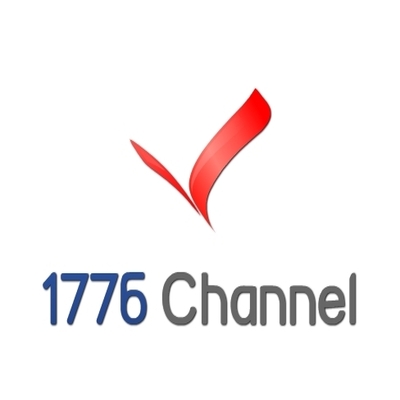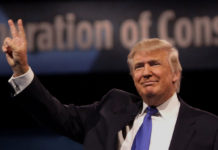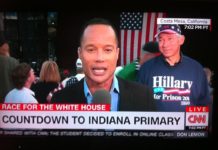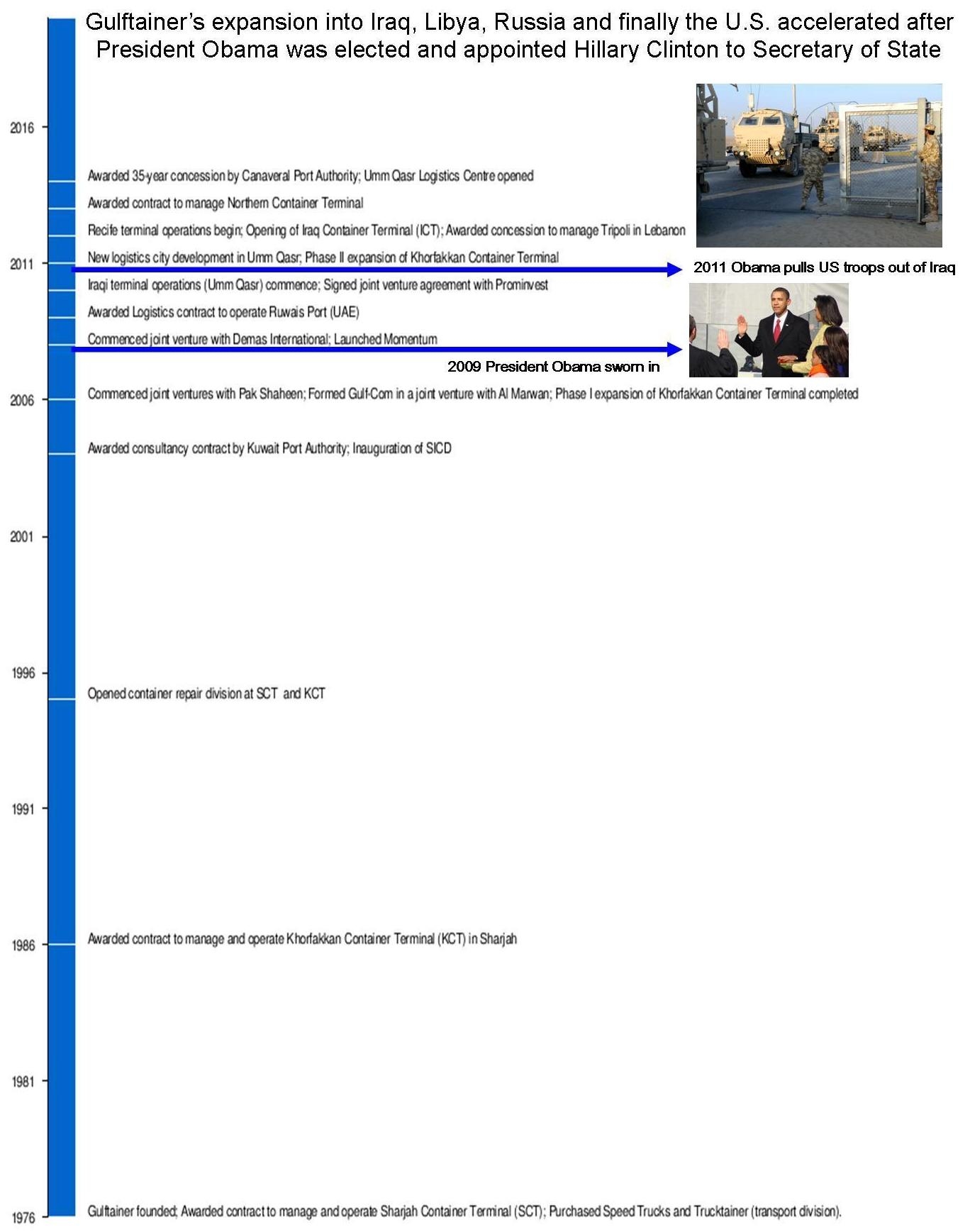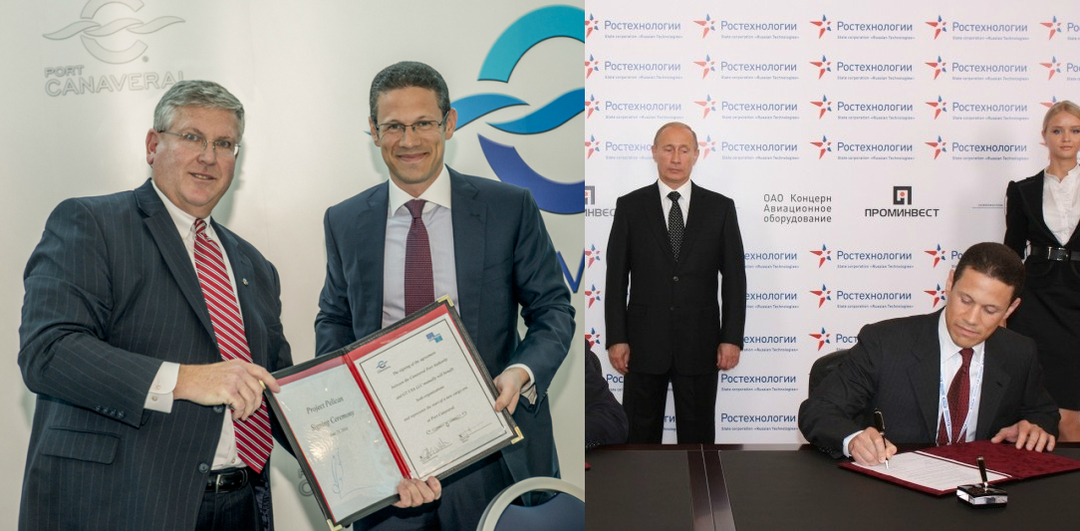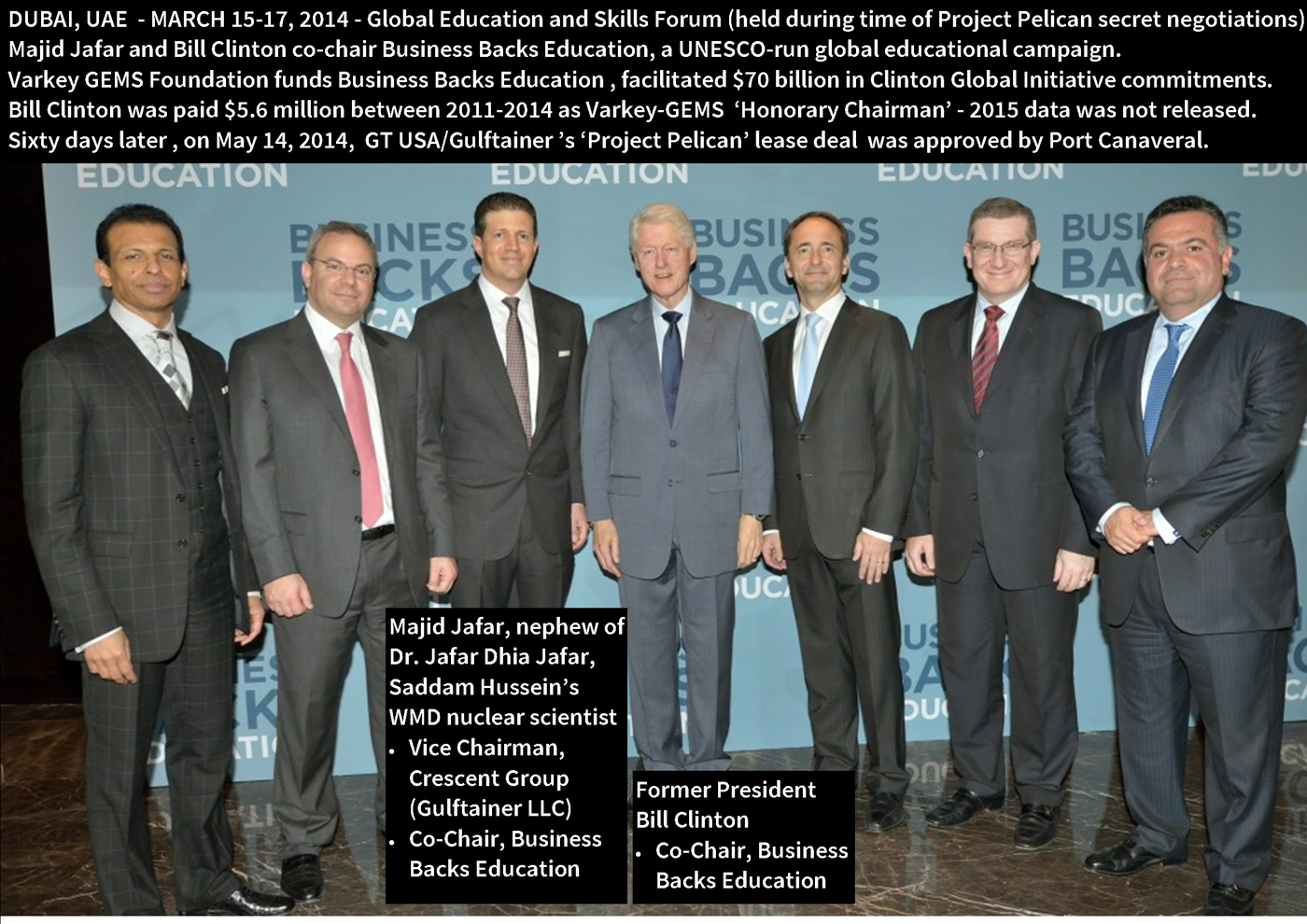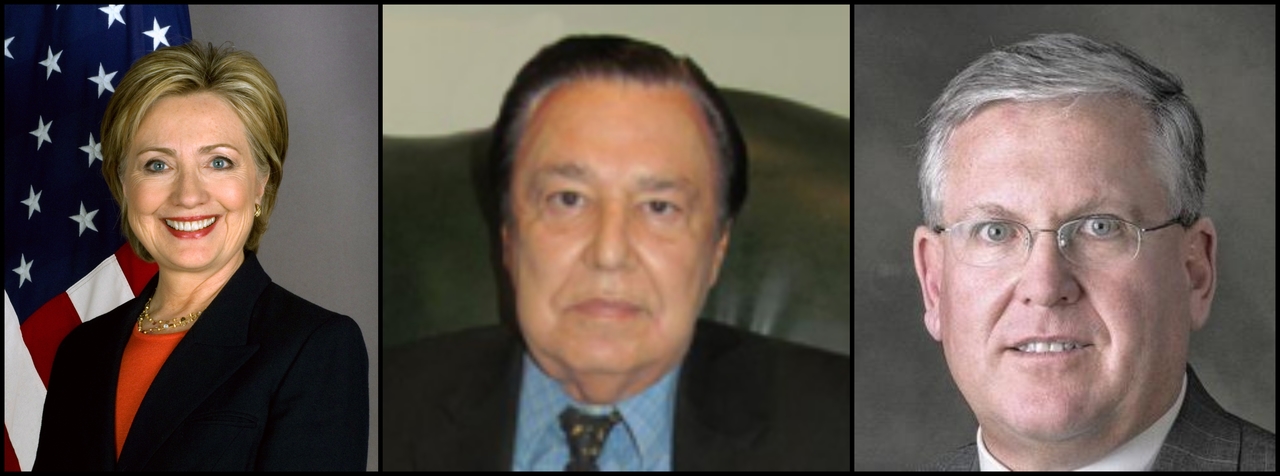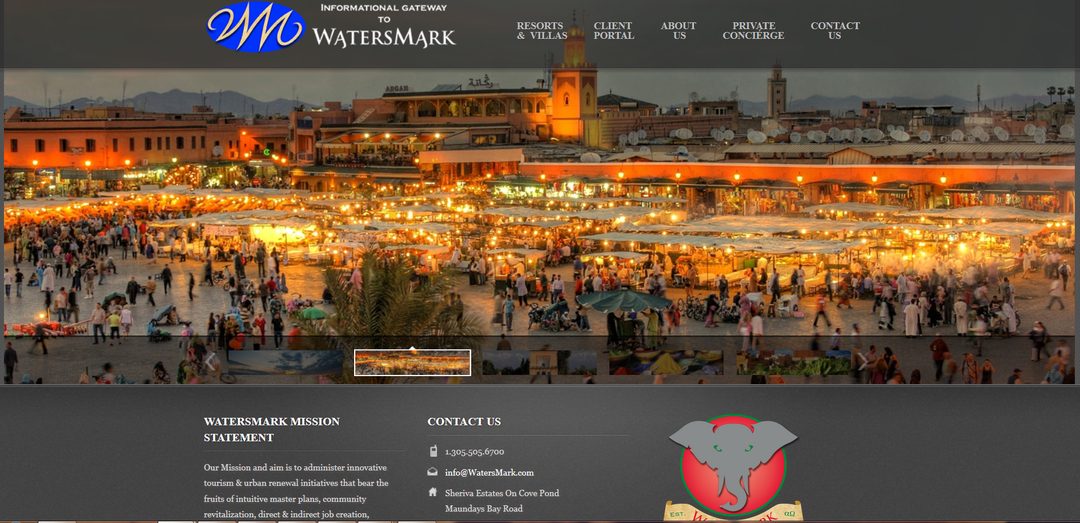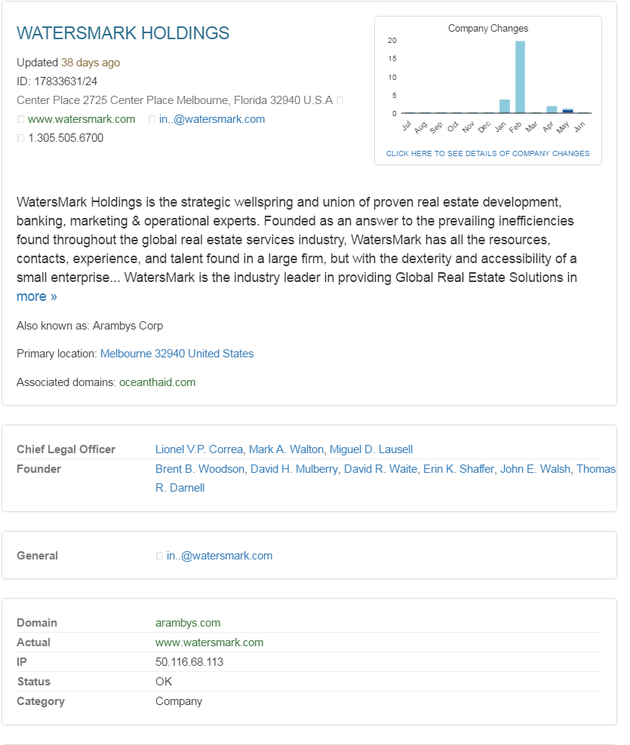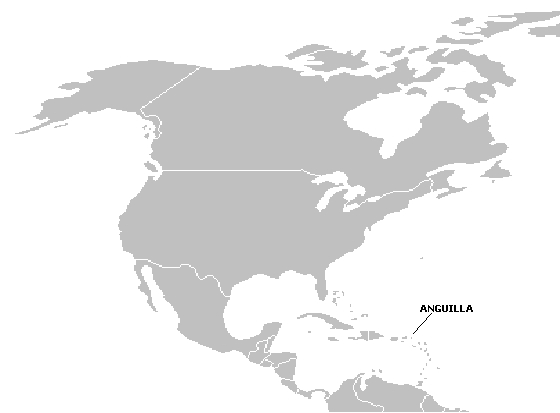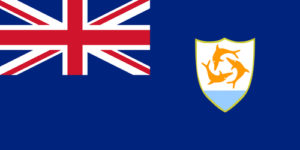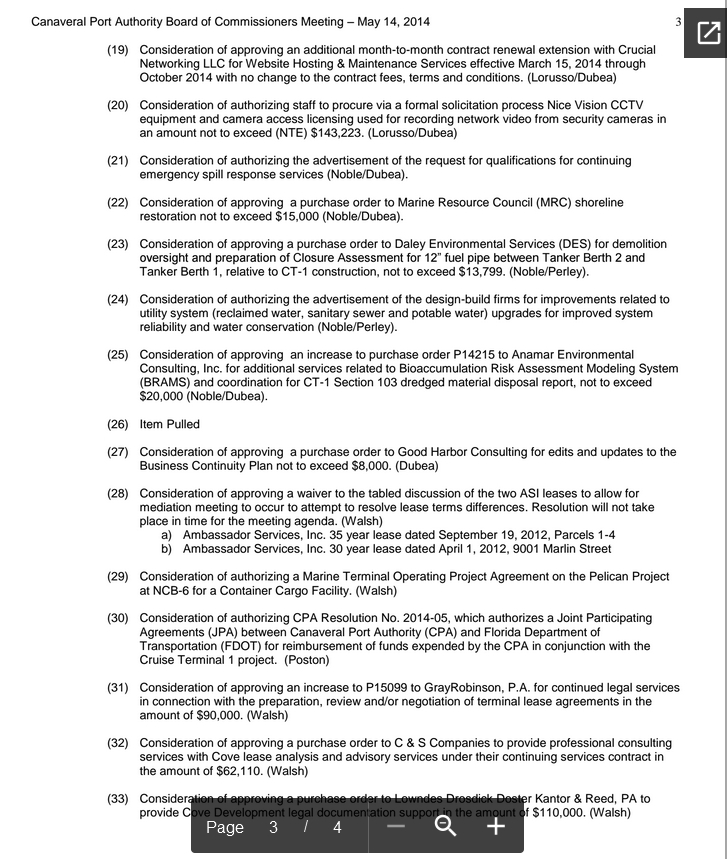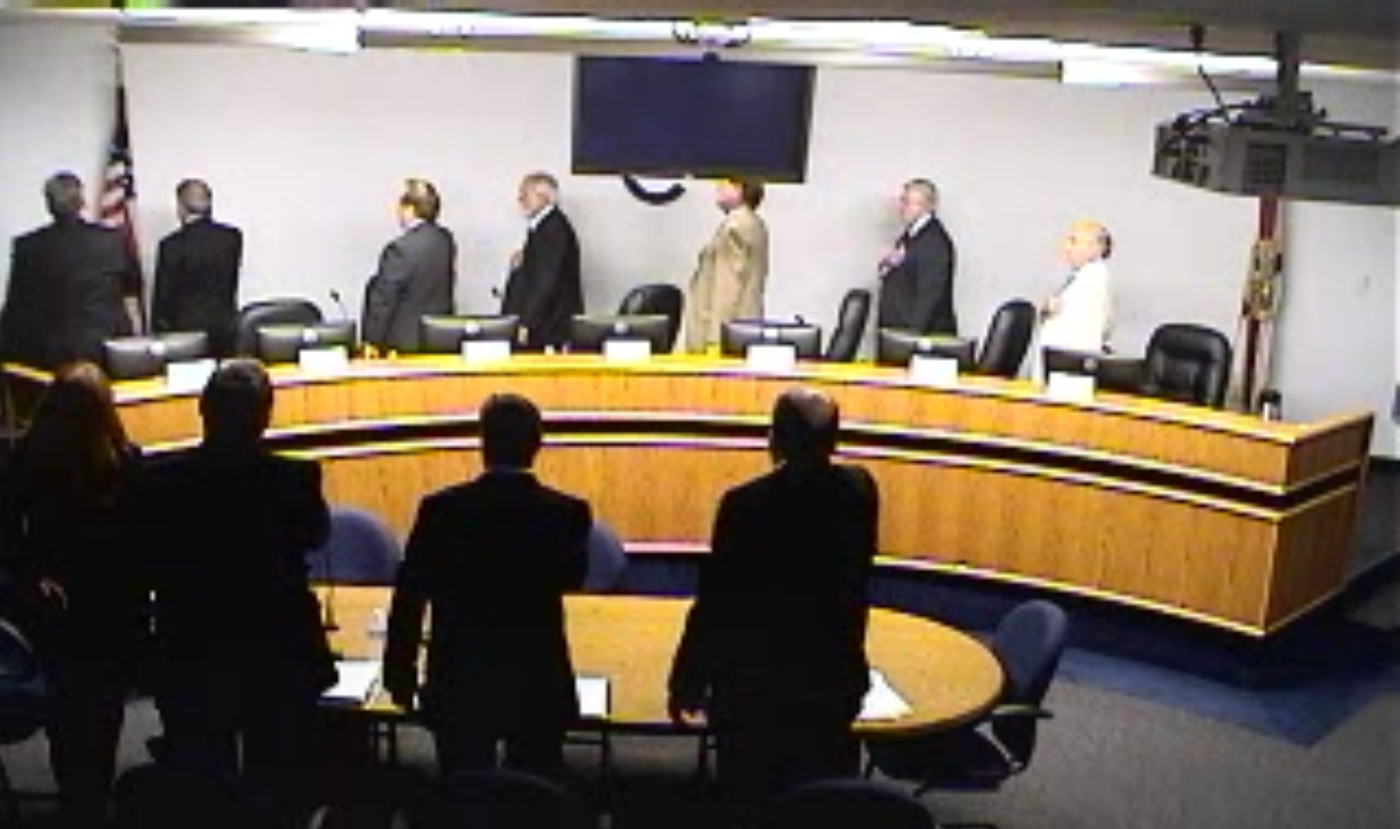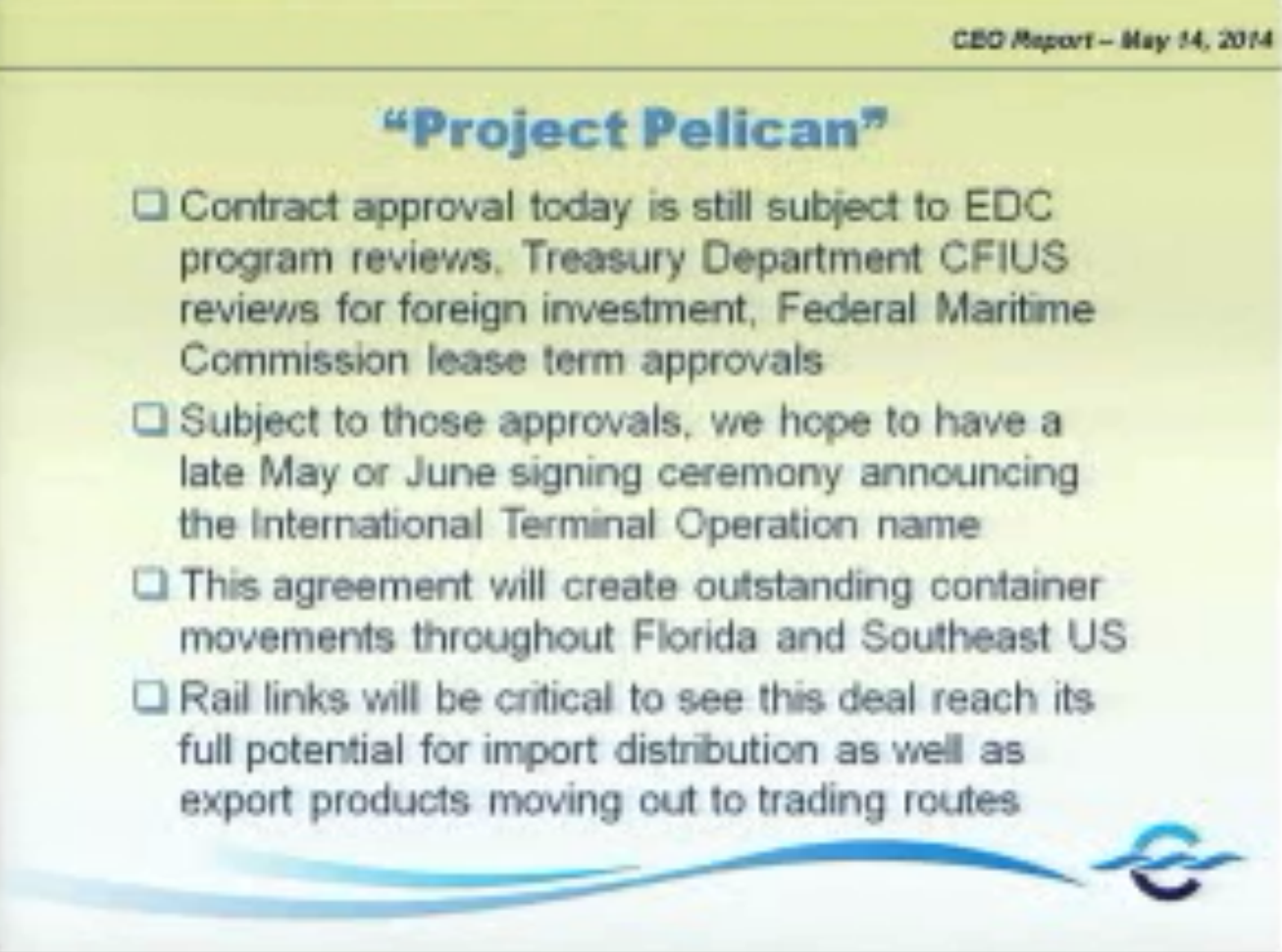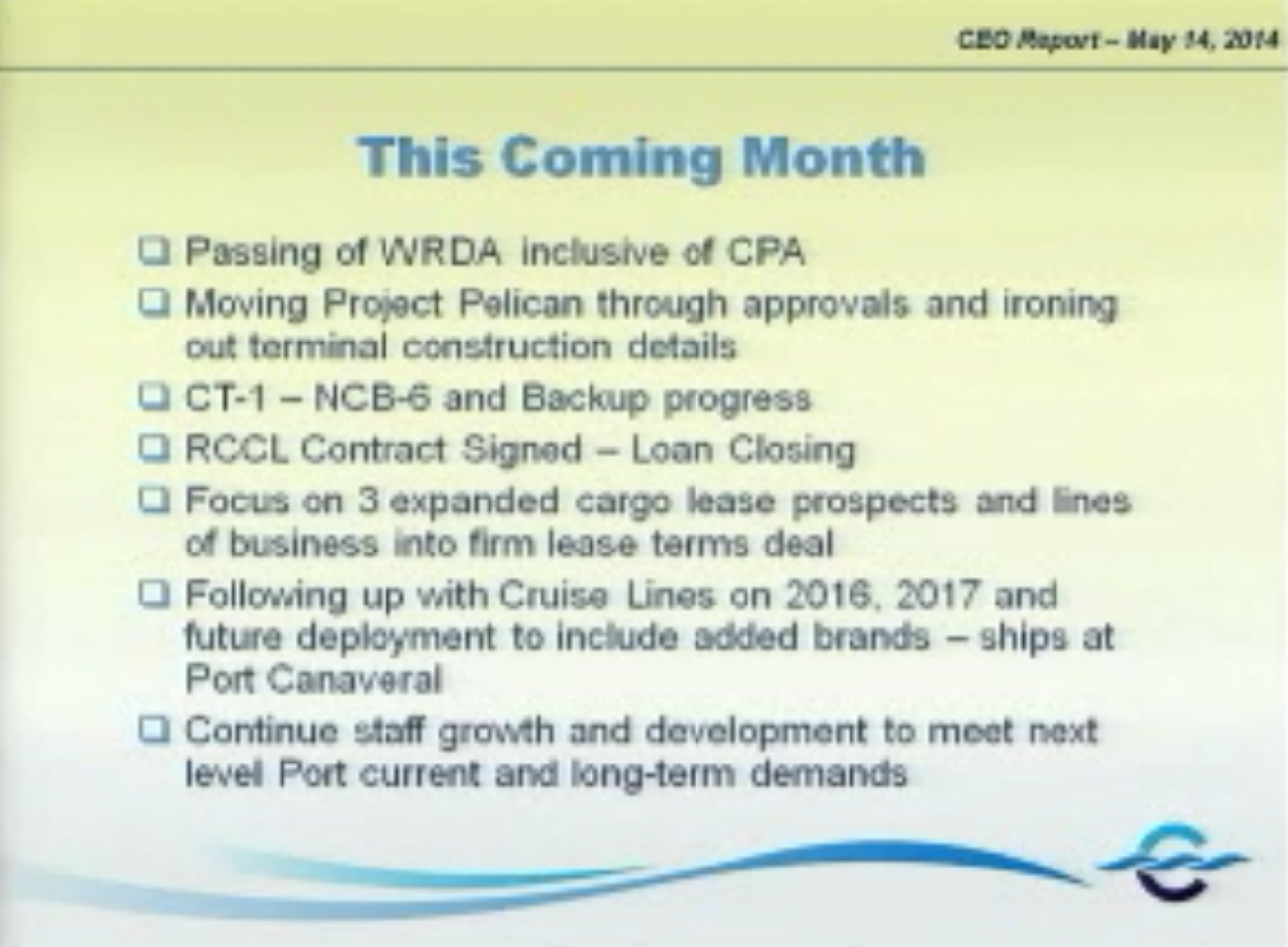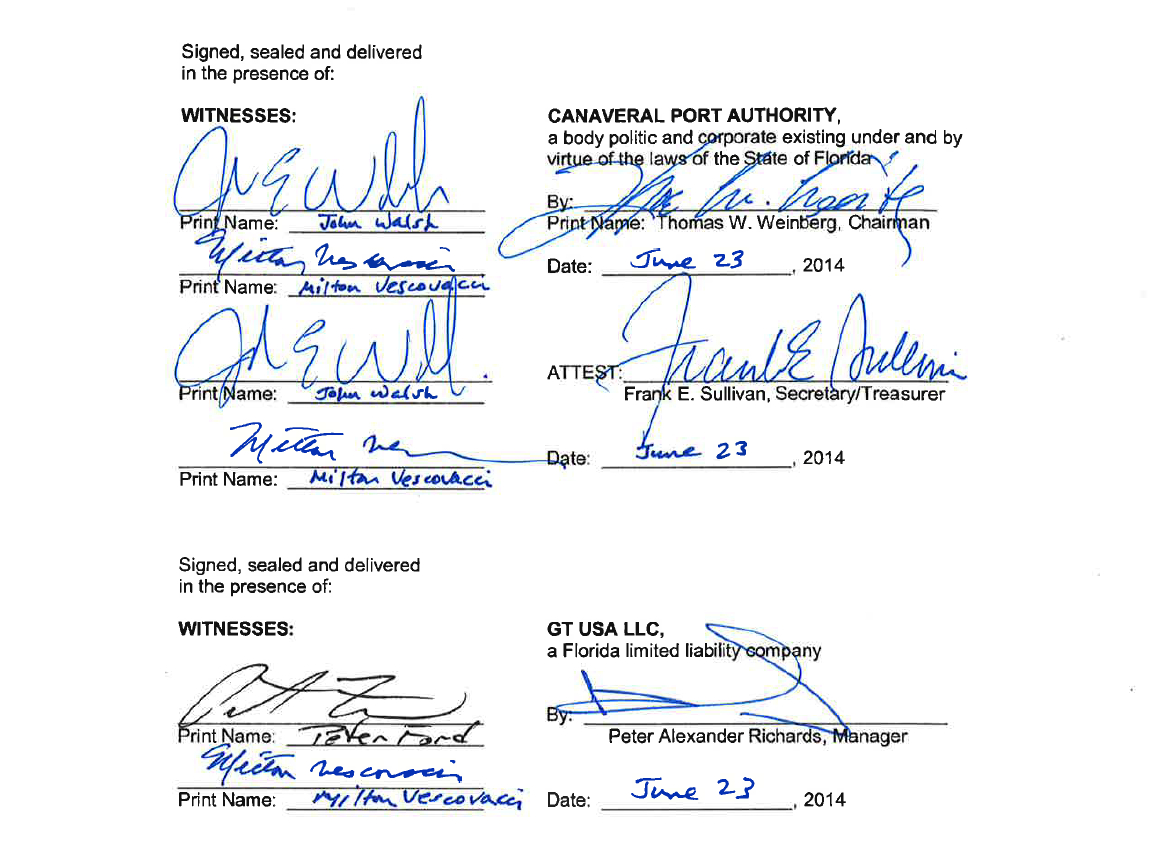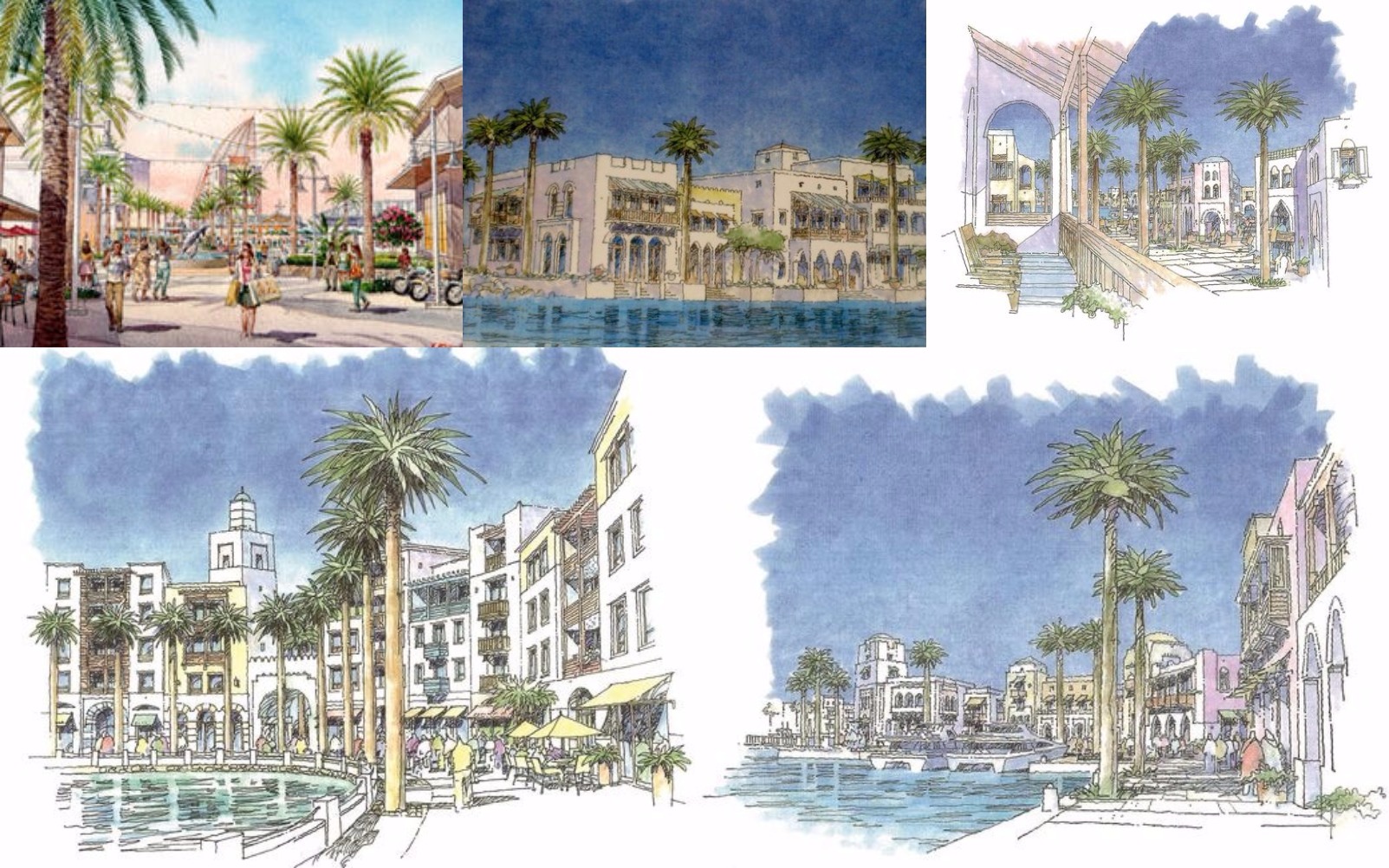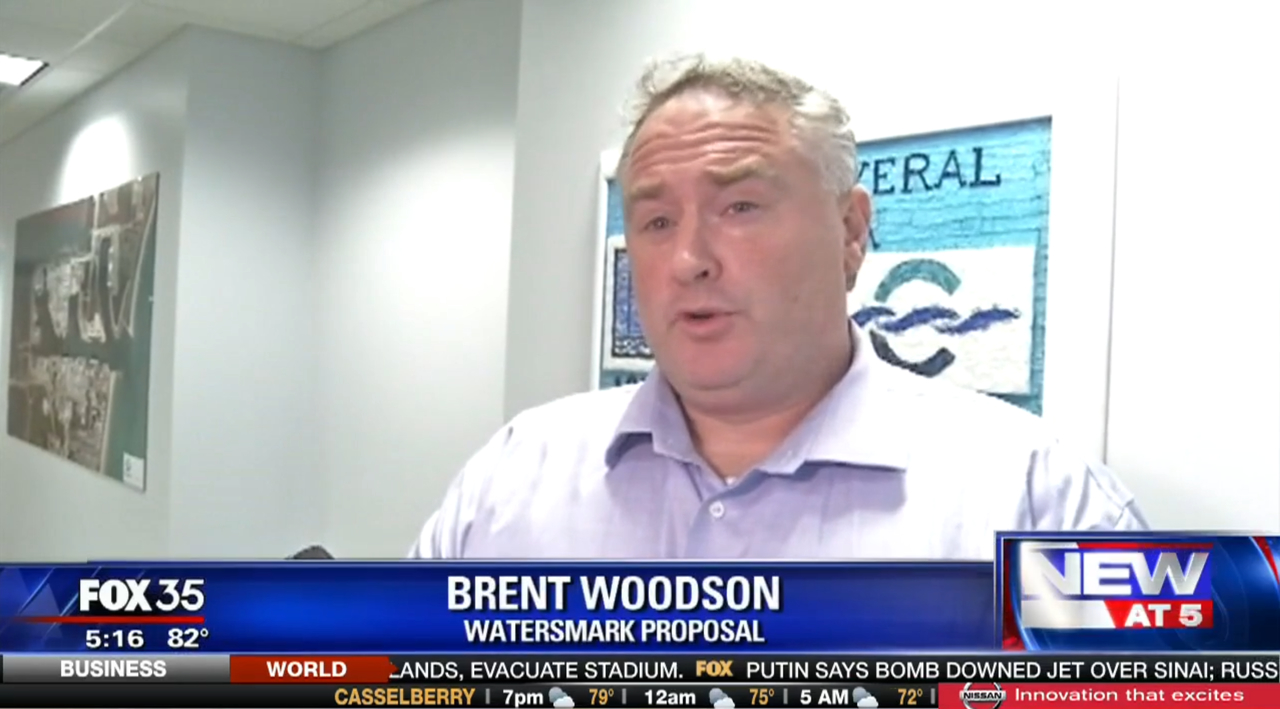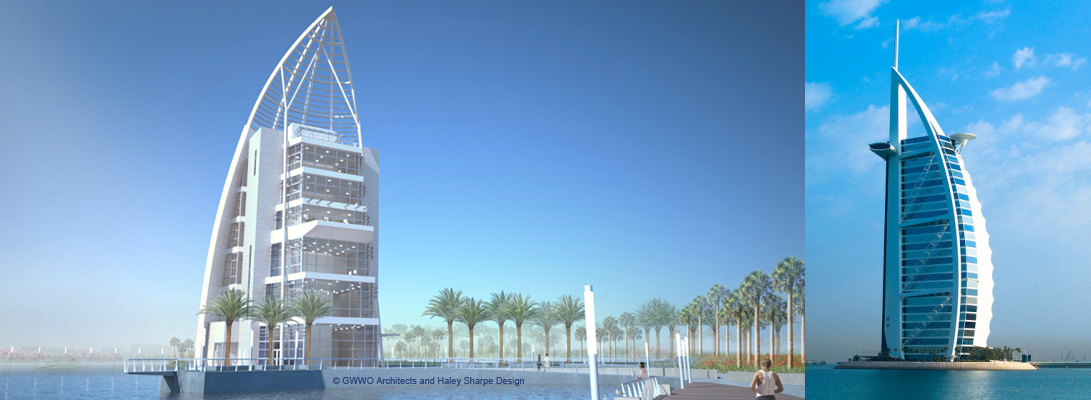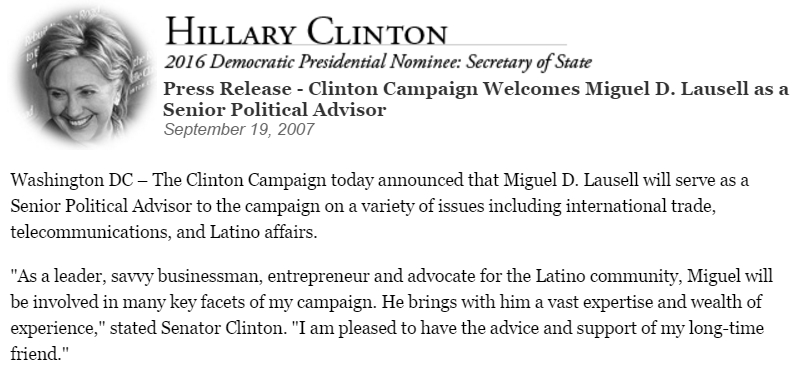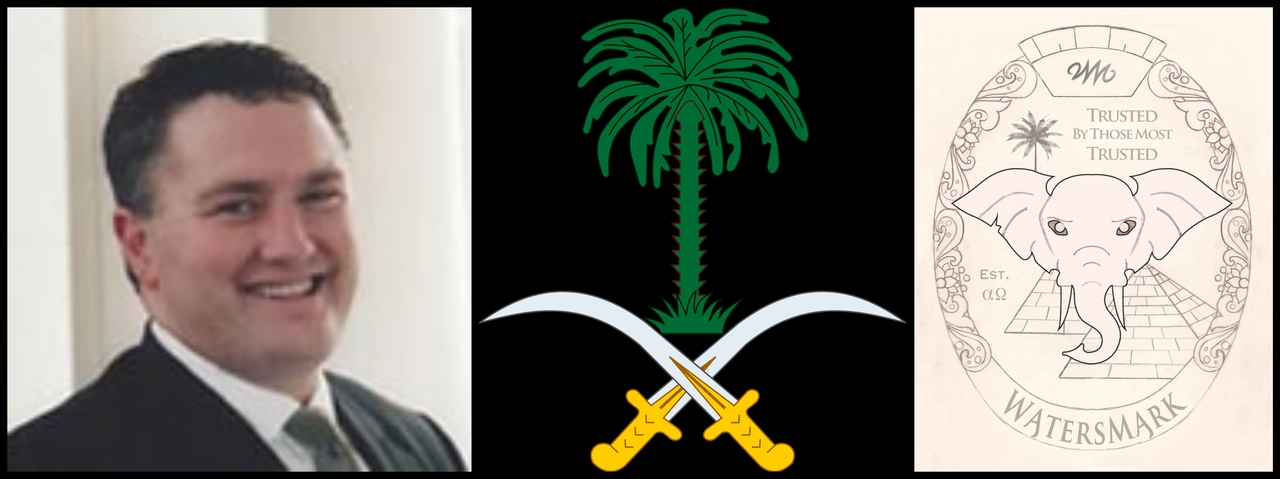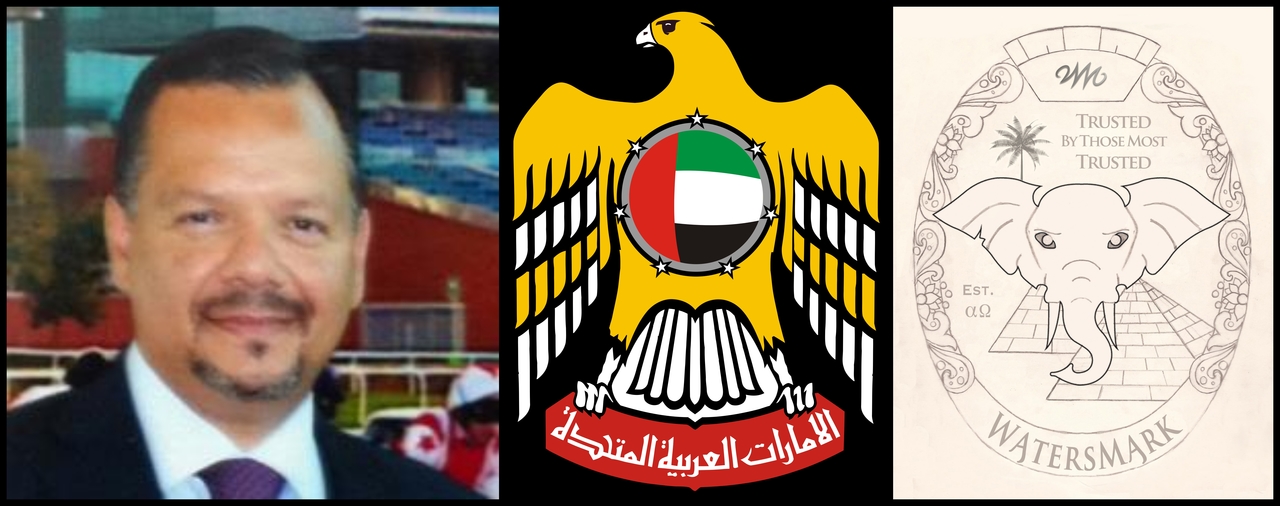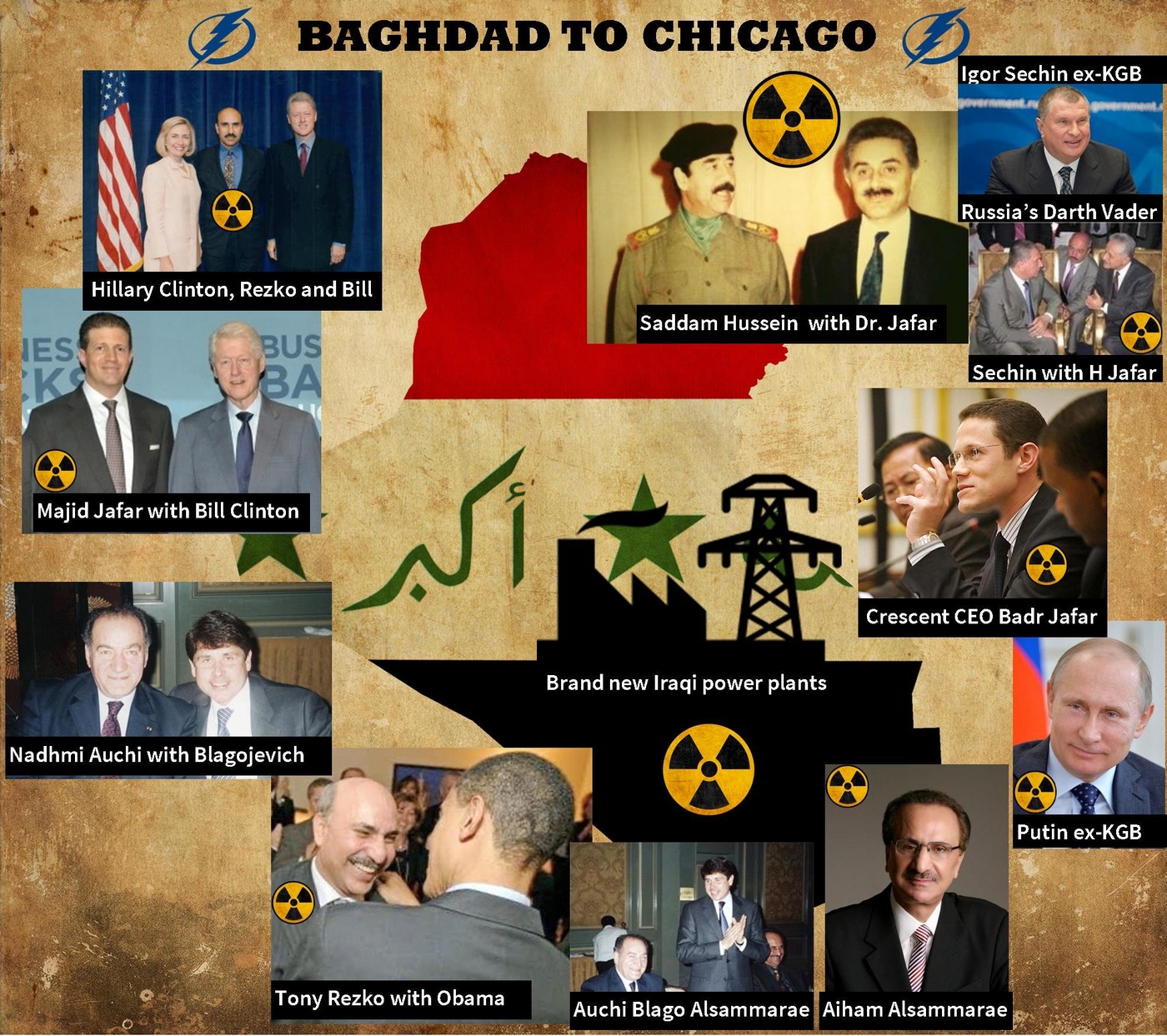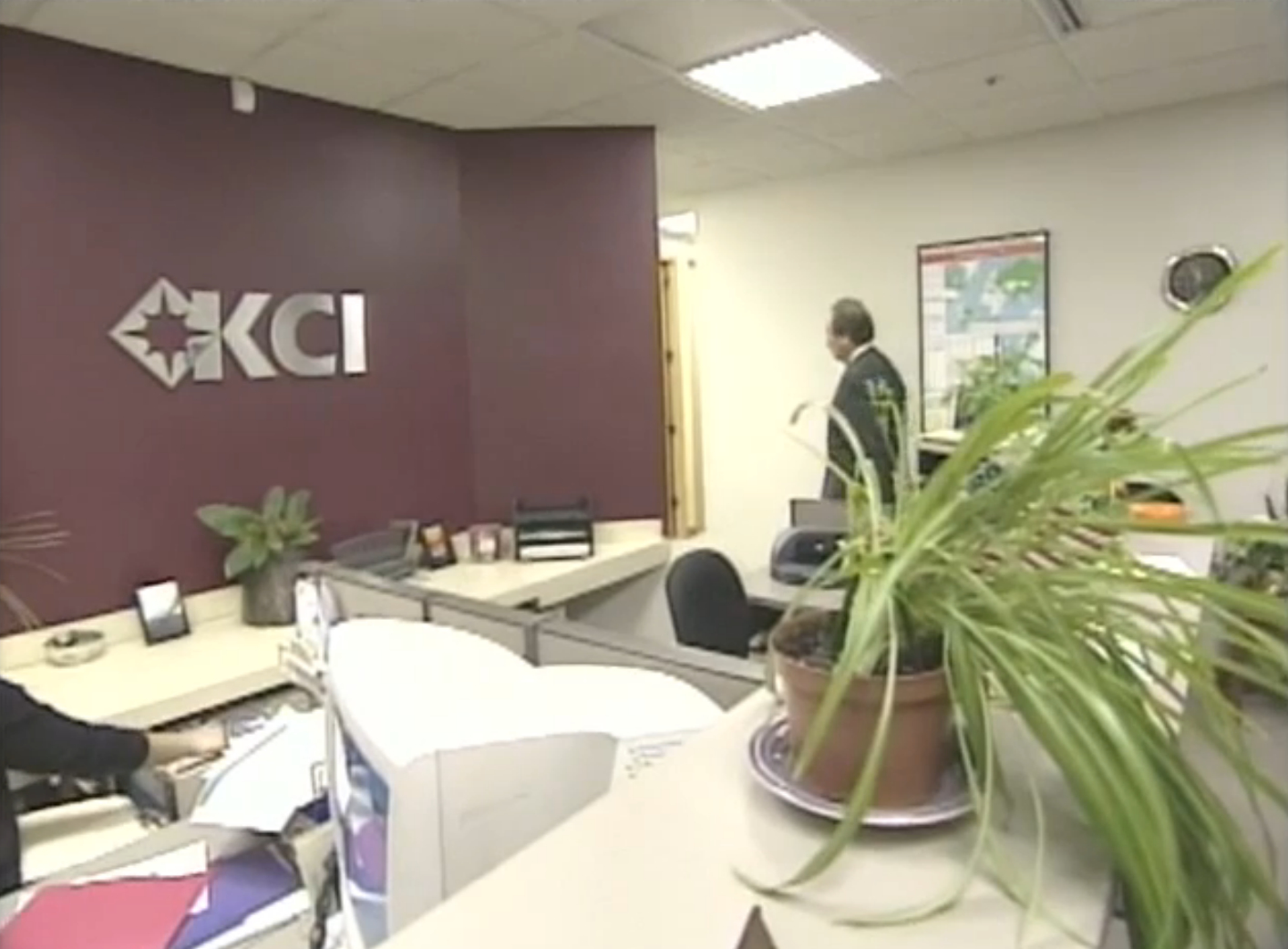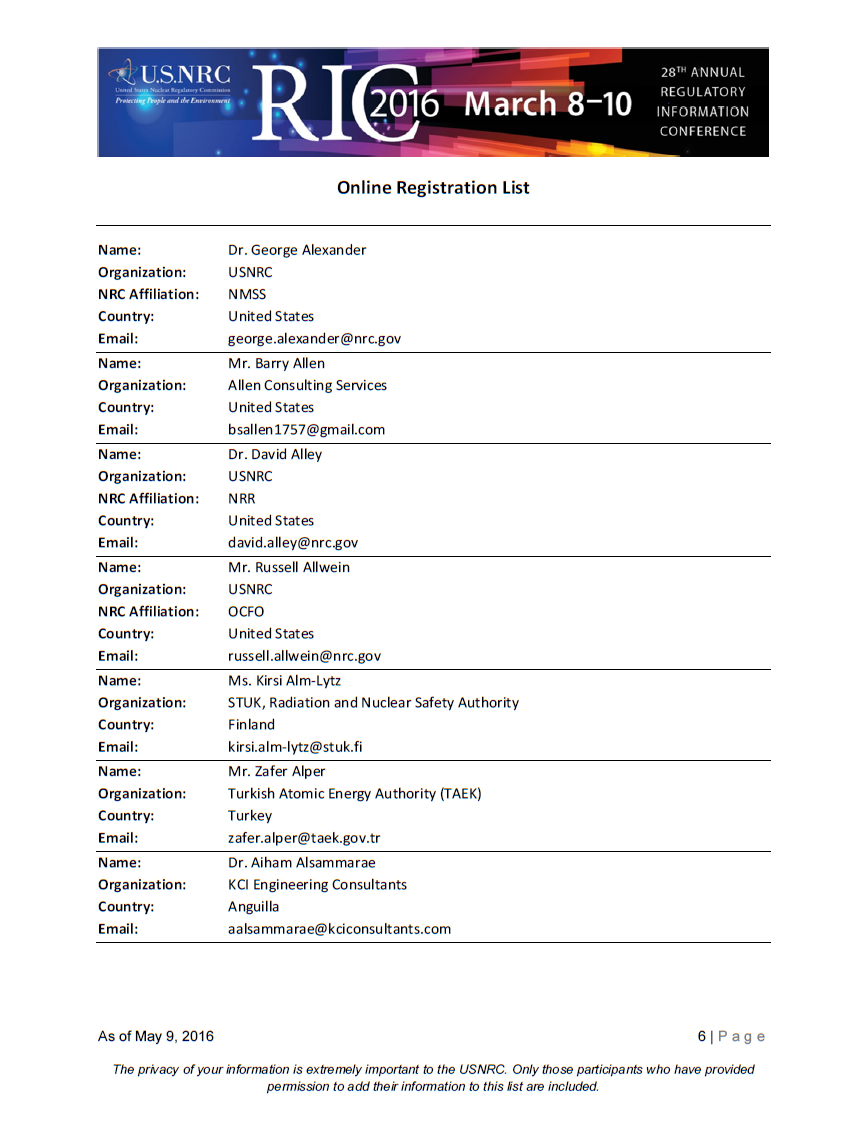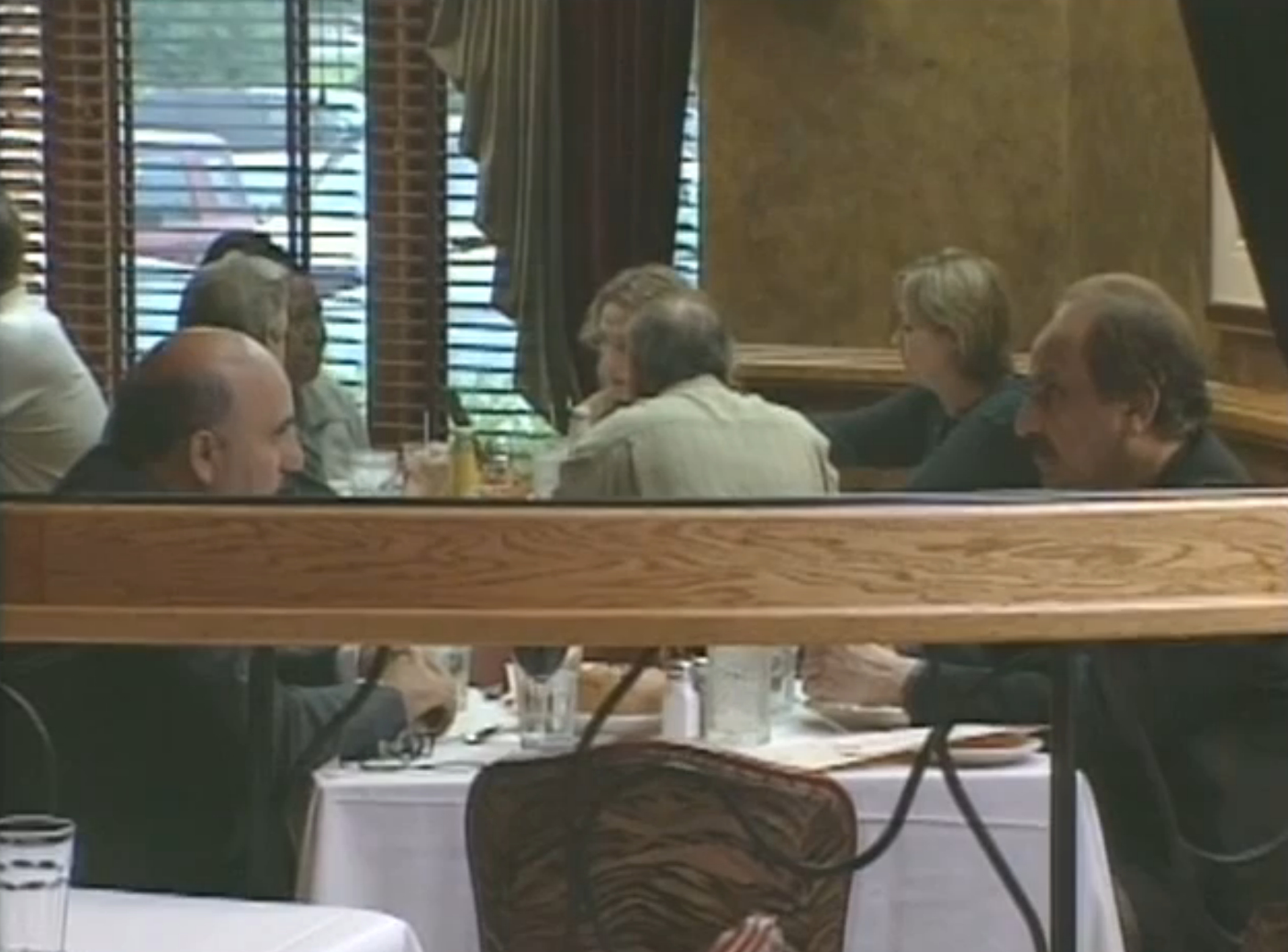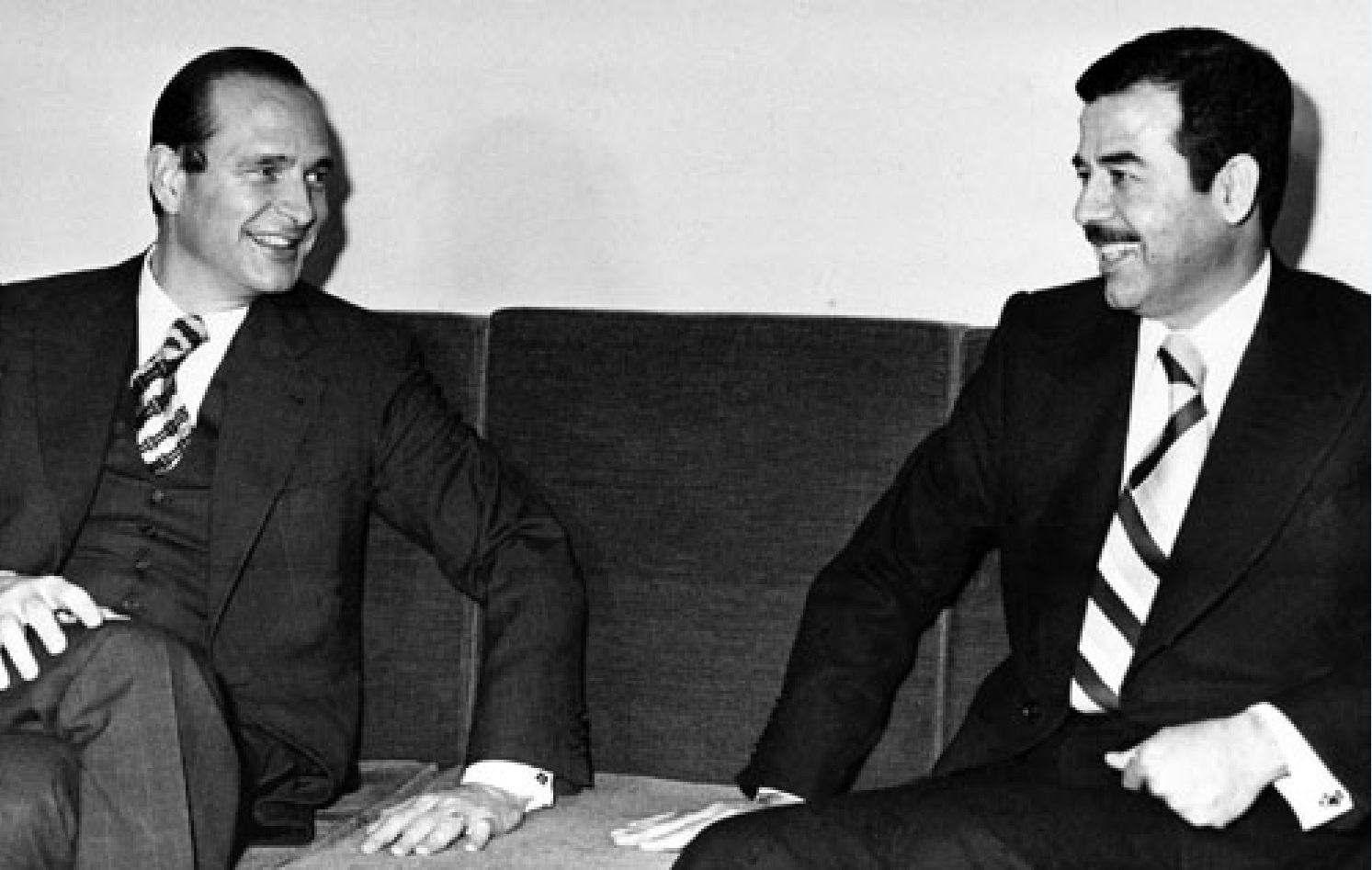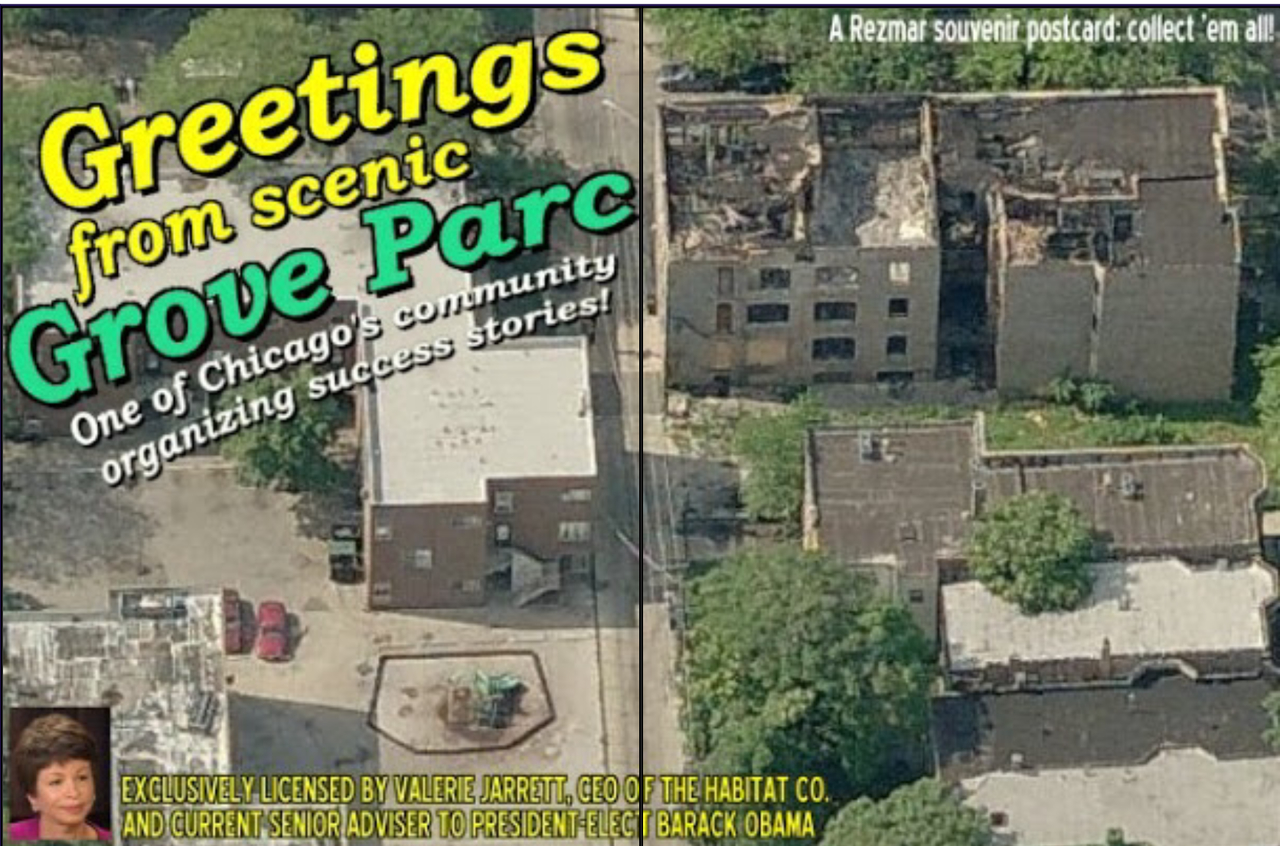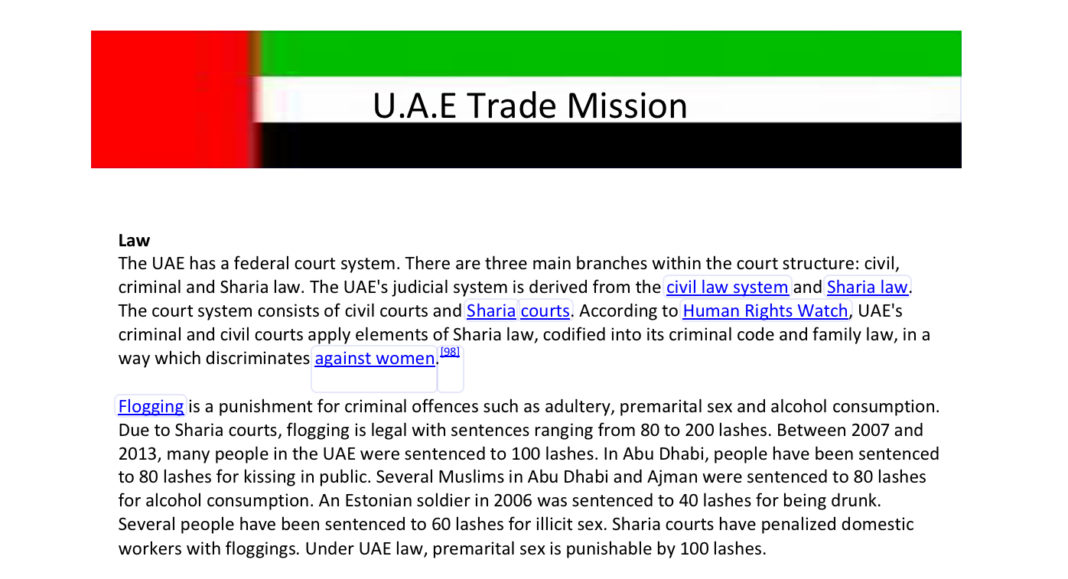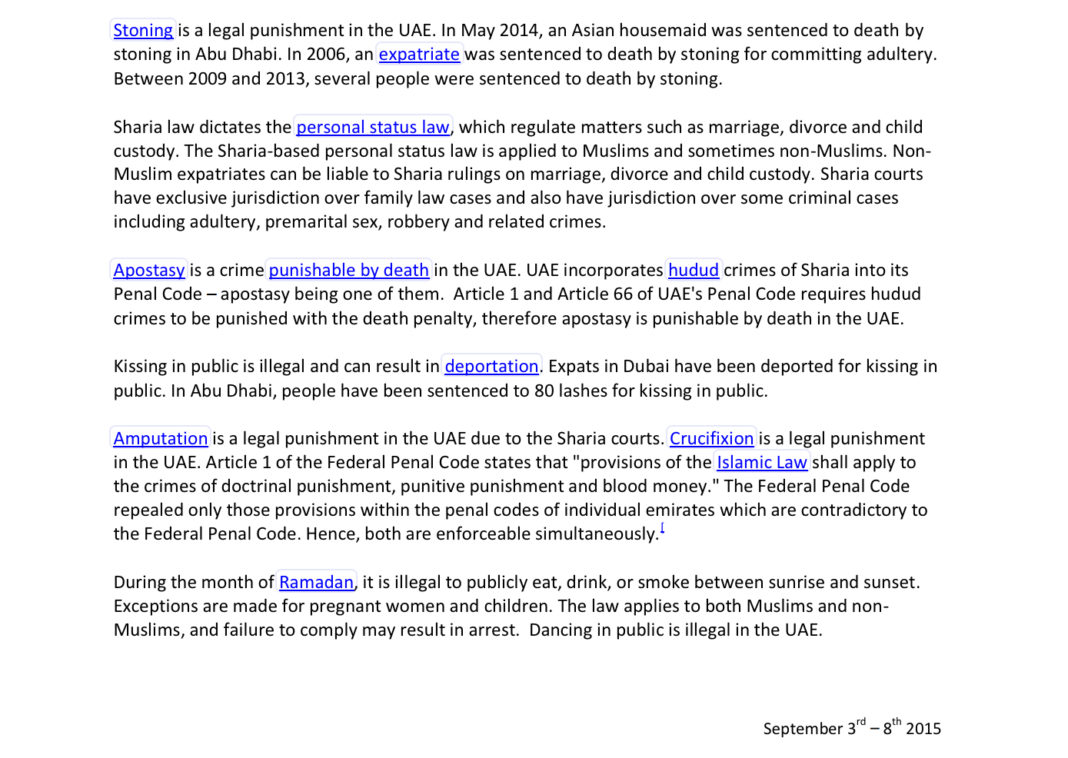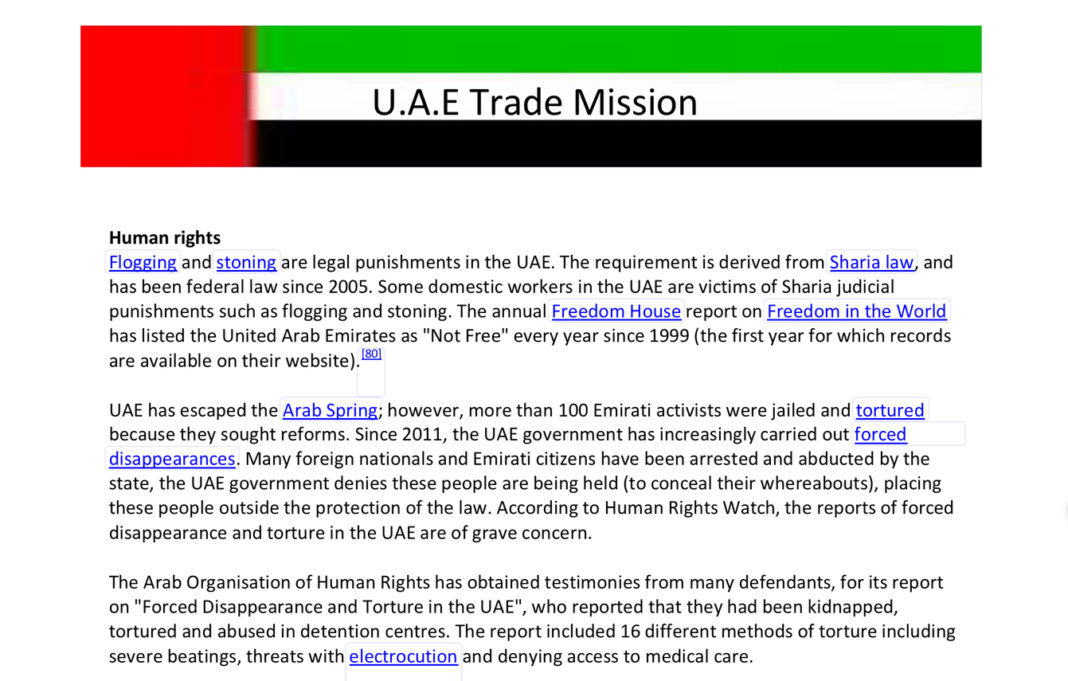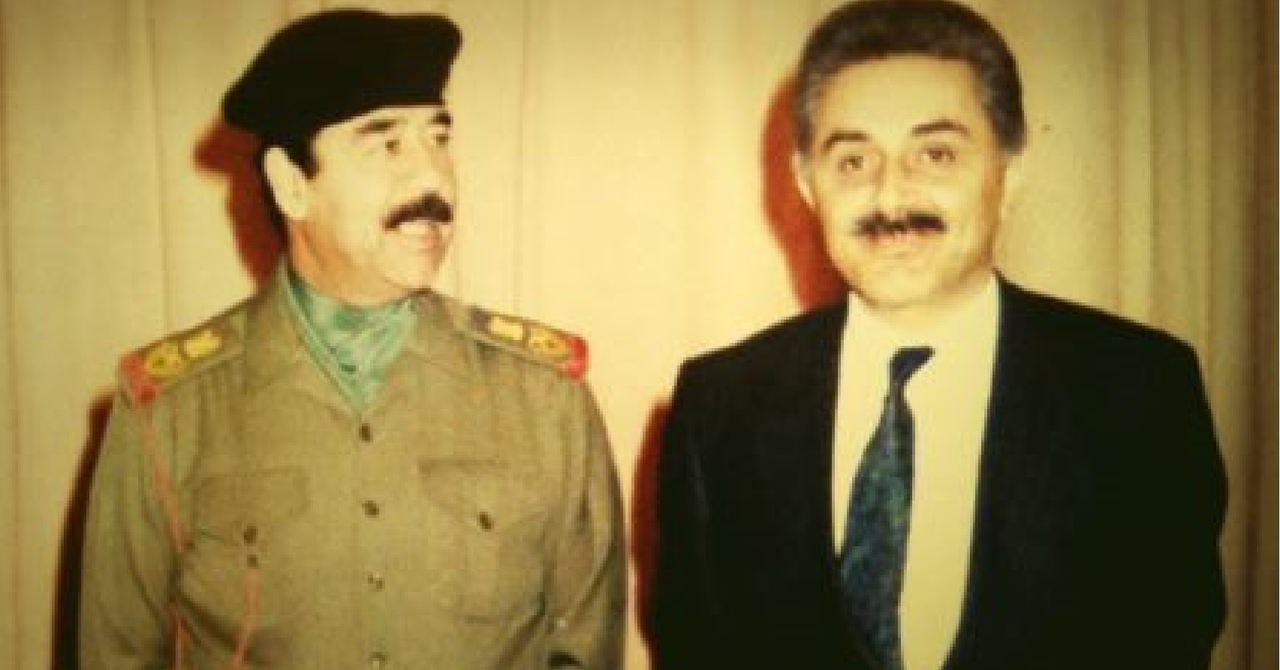
By Alan Jones and Mary Fanning | September 22, 2016
This is a joint project of Alan Jones of 1776 Channel and Mary Fanning of The American Report.
Just a few months after September the 11th, when I think we all conclude that, however horrible September the 11th was, it could have been far worse had the terrorists had access to chemical, biological, or nuclear weapons. – John R. Bolton
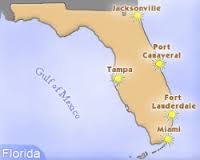
America is facing a grave national security nightmare at Florida’s Port Canaveral.
After an apparent Clinton pay-to-play operation, Barack Hussein Obama administration officials handed over control of Port Canaveral’s cargo container operations to the brother of Saddam Hussein’s chief WMD nuclear physicist, Dr. Jafar Dhia Jafar.
Port Canaveral is home to a U.S. Navy submarine base and sits within the nexus of U.S. Air Force and NASA space operations. Canaveral is also the second largest cruise ship port in the world.
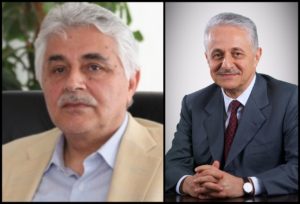
The “secretly-negotiated” 2014 backroom deal, code named “Project Pelican,” covertly awarded the Crescent Group’s GT USA LLC a 35-year container terminal lease at Port Canaveral. GT USA is owned by Gulftainer Company Limited, a unit of the United Arab Emirates (UAE)-based Crescent Group of Companies.
Crescent Petroleum, another Crescent Group affiliate, came under investigation in 1993 by the U.S. Department of Treasury Office of Foreign Assets Control and three House of Representatives committees (Foreign Affairs, Banking, and Ways and Means) to determine if Crescent Petroleum, the “privately owned” oil and gas company, was a “front company acting for Saddam Hussein,” according to The Independent and congressional records.
Iraqi businessman Hamid Dhia Jafar, Founder and Chairman of the Crescent Group, is the brother and business partner of Iraqi nuclear physicist and spymaster Dr. Jafar Dhia Jafar. Dr. Jafar is considered to be the father of Saddam Hussein’s rogue nuclear weapons program.
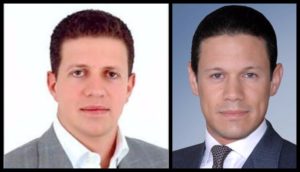
Dr. Jafar’s nephews Majid and Badr Jafar, both engineers, operate Crescent alongside their father Hamid Jafar and Dr. Jafar, CEO of Crescent’s engineering unit.
Treasury Secretary Jacob “Jack” Lew, Chairman of the Committee on Foreign Investment in the United States (CFIUS), refused to order U.S. intelligence officials to conduct a “National Security Threat Analysis” of Crescent’s Port Canaveral transaction.
On December 15, 2013, six months before Port Canaveral’s June 23, 2014 Project Pelican announcement, Gulftainer Managing Director Peter Richards told the UAE government-owned newspaper The National that a Gulftainer deal with a U.S. port was imminent and that “We’ve been given a green light. We’ve been looking at two locations in the US, but will choose one.” Richards declined to name the port on the “East coast of America,” adding that “discussions with American ports operators had been handled ‘very carefully.’”
During the January 2014 World Economic Forum in Davos, Switzerland, attended by Crescent Enterprises CEO Badr Jafar, Crescent Group Vice-Chairman Majid Jafar, U.S. Secretary of State John Kerry, and Secretary Lew. Badr Jafar coyly smirked as he bragged to a CNBC reporter that Crescent’s Gulftainer would soon be “owning and operating” a port “on the East Coast of America.”
Following the Davos conference, it would be another six months before the American people and members of Congress learned via media reports about Project Pelican.
Secretary Lew traveled to the UAE to meet with the Crown Prince of Abu Dhabi Sheik Mohammed bin Zayed Al Nahyan, Deputy Supreme Commander of the UAE Armed Forces, as well as other UAE military officials, on June 16, 2014, seven days before the official Project Pelican announcement and signing ceremony. When an Al Arabiya reporter asked Secretary Lew which Foreign Direct Investment in the United States sectors he discussed during his meeting with UAE officials, Secretary Lew’s immediate reply was “infrastructure,real estate, and security.”
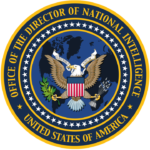
Under the Foreign Investment and National Security Act of 2007 (FINSA), Director of National Intelligence (DNI) James R. Clapper is responsible for leading the CFIUS National Security Threat Analysis of the Port Canaveral/Gulftainer deal and ordering intelligence assessments from all sixteen U.S. intelligence agencies under his command.
FINSA, enacted after UAE government-owned Dubai Ports World attempted to take over five U.S. ports in 2006, prohibits foreign businesses and businesses controlled by foreign governments from establishing operations close to U.S. critical infrastructure, defense installations, and sensitive national security facilities.
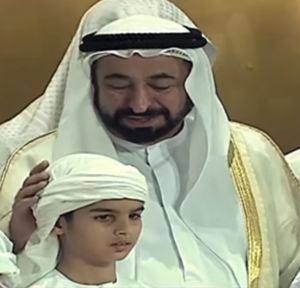
Not only was Crescent Petroleum the subject of multiple U.S. government investigations as a “front company acting for Saddam Hussein,” a recent World Bank International Finance Corporation (IFC) document reveals that Gulftainer “is owned by two shareholders: His Highness Sheikh Sultan Al Qassimi, the Ruler of Sharjah, and Mr. Hamid Dhia Jafar.”
The Crescent Group’s Gulftainer, therefore, is partially owned by the UAE government.
Crescent’s Dr. Jafar is reputedly the Middle East’s foremost uranium enrichment and nuclear weapons production expert. Dr. Jafar is ostensibly more talented than A.Q. Khan, the Pakistani nuclear physicist who once offered Dr. Jafar assistance, and is on par with Manhattan Project scientist J. Robert Oppenheimer.
Iraq’s bomb was intended to be an Arab Bomb, to reclaim the lost dignity of the whole Arab World. – Kenneth R. Timmerman, The Death Lobby
Dr. Jafar possesses vast knowledge of Iraq’s nuclear facilities, some of which were uncovered by weapons inspectors, others conceivably remaining shrouded in secrecy by select remnants of Saddam’s WMD regime. Dr. Jafar is better equipped to restart Iraq’s nuclear weapons program than any other scientist on the planet, and he could plausibly help the UAE covertly re-purpose its new nuclear program into a military one.
Dr. Jafar recently built power stations near Saddam-era underground uranium enrichment facilities and other old Iraqi nuclear weapons production sites, some of which he directed under Saddam. Dr. Jafar also built new Iraqi fertilizer and water treatment plants.
Former WMD program participants are most likely to seek employment in the benign civil sector, either in Iraq or elsewhere … However, because a single individual can advance certain WMD activities, it remains an important concern. – Iraq Survey Group Final Report – March 2005 Addendums – Residual Proliferation Risks: People
In 2009, President Obama pushed through the controversial U.S.- UAE “123 Agreement.” The 123 Agreement launched the UAE’s nuclear program and led to the construction of four brand new reactors at the UAE’s curiously-named Barakah Nuclear Power Plant. Henry Sokolski of the Nonproliferation Policy Education Center opposed the U.S. – UAE 123 Agreement, telling CNN that “once this thing gets signed, it’s a loaded gun. You can’t renegotiate it.” The U.S. – UAE’s 123 Agreement was strongly criticized by members of Congress.
UAE’s Ambassador to the United States Yousef al-Otaiba attended the opening ceremony at Port Canaveral’s new Gulftainer/GT USA container terminal in June 2015. Also in attendance was Barack Obama’s college roommate SelectUSA Director Vinai Thummalapally.
Four months after the Port Canaveral ceremony Ambassador al-Otaiba phoned U.S. Rep. Ed Royce (R-CA), Chairman of the House Armed Service Committee, to inform him that, in light of the Joint Comprehensive Plan of Action (commonly known as the Iran nuclear deal), the UAE “no longer felt bound” by the 123 Agreement’s prohibition on the UAE enriching uranium.
UAE’s decision to renege on the 123 Agreement’s prohibition on uranium enrichment coincided with a New York Times report that leaked emails divulged that Emirati company Al Mutlaq Technology purchased $100 million in weapons from North Korea, violating international sanctions. The UAE also reportedly sold drones to Russia and Egypt, again violating sanctions.
On August 31, 2016, it was revealed that Hillary Clinton, four months after leaving the State Department, sent classified information from her private server to Cheryl Mills, Huma Abedin, and others in the Clinton cadre in an email that reads “Remember how after US signed 123 deal w UAE and we were in Abu Daibi and [remainder of message REDACTED].” The subject line of the email references a New York Times article about fraudulent safety certificates for components at four new reactors in South Korea. South Korea’s state-owned Korea Electric Power Corporation is building the Barakah reactors.
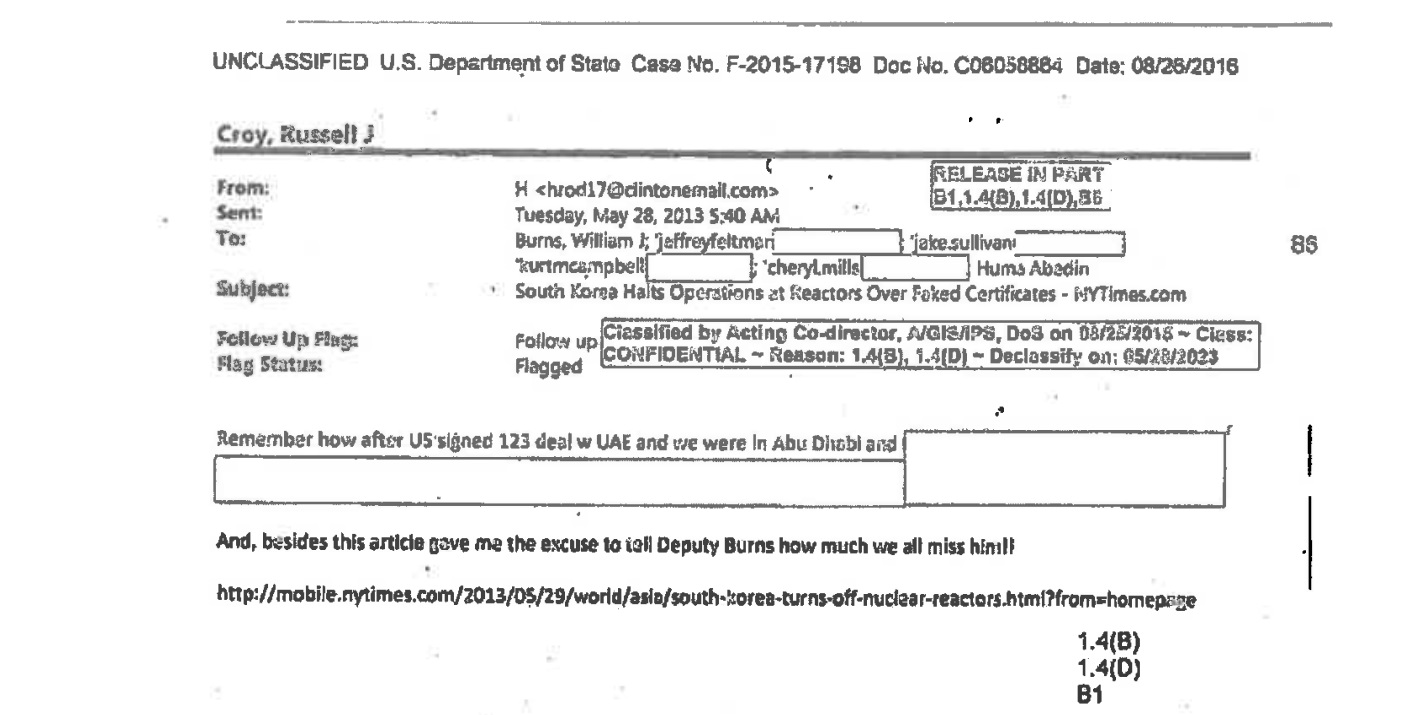
Oil for Superweapons
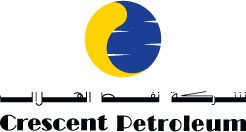
A primary objective of Crescent Petroleum was to sell oil and petroleum products to fund Dr. Jafar’s top-secret nuclear weapons program, code-named Petrochemicals Project/3 (PC3). The code-name was chosen to deceive Western intelligence analysts by characterizing Dr. Jafar’s nuclear weapons program as a civilian petroleum project.
This scheme was hatched when Saddam’s son-in-law Hussein Kamel al-Majid approached Crescent Petroleum CEO Hamid Jafar with a business proposition.
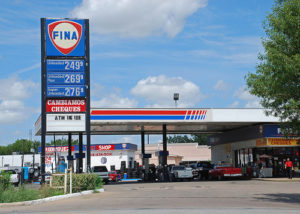
The Iraqi government, desperate for cash by the late 1980s after the Iran-Iraq war, was looking for a way to quietly sell Iraqi oil to the West through a front company and to funnel the proceeds into the expansion of its superweapons program.
Kamel, head of Iraq’s Ministry of Industry and Military Industrialization (MIMI), directed Iraq’s superweapons program, including PC3.
Dr. Jafar reported directly to Kamel and Saddam while living on Saddam’s palace grounds, property that was owned by the Jafar family.
Realizing that Crescent Petroleum was an ideal front company for Saddam, Kamel and Hamid Jafar set up a 1989 deal to funnel billions of dollars into the superweapons program, including Dr. Jafar’s massive nuclear weapons program.
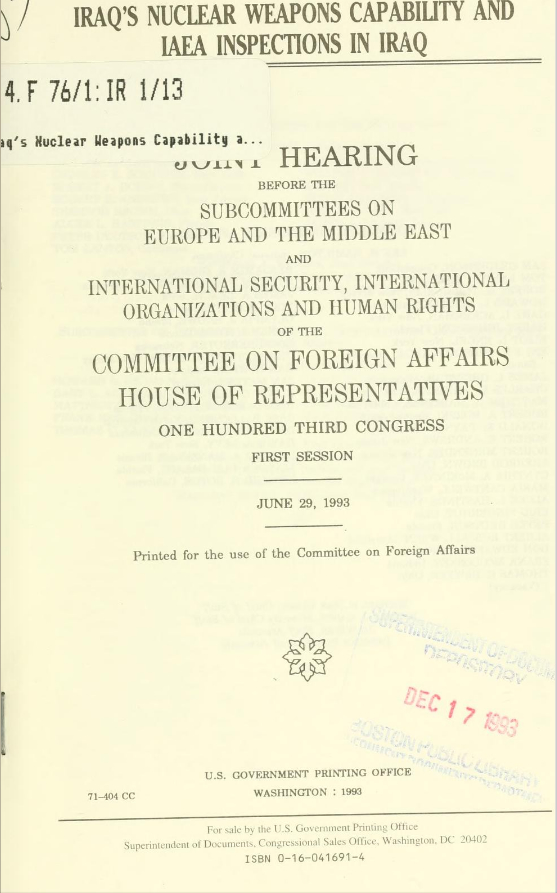
Crescent negotiated with refiner and gasoline retailer American Petrofina to sell 200,000 barrels of Iraqi crude oil per day. American motorists pumping gas at FINA stations would unknowingly be bankrolling Iraq’s atomic bomb. A congressional staffer later coined Crescent’s strategy “Put a Tyrant in your Tank.”
The deal was confirmed in a letter to Hamid Jafar from Saddam’s superweapons czar Lt. Gen. Dr. Amir al-Saadi, the Seven of Diamonds in the Iraq Most Wanted playing cards deck. The letter was entered into the Congressional record in 1993.
The Petrofina deal fell through after Iraq invaded Kuwait.
By 1991, investigators at Treasury’s Office of Foreign Asset Controls had identified 57 Iraqi front companies and “160 ships under Iraqi control,” according to the New York Times.
Two years later, Crescent Petroleum’s shady oil-for-superweapons racket came into focus during a 1993 investigation at Treasury’s Office of Foreign Assets Control and three House of Representatives committees. U.S. officials were looking at whether Crescent Petroleum, which proclaimed itself to be “privately owned,” was in fact a “front company acting for Saddam Hussein.”
A 1993 report prepared by Kenneth R. Timmerman for the House Foreign Affairs Subcommittee on International Security, International Organizations and Human Rights, stated that Crescent (i) appeared to be working directly with the head of the Iraqi government’s unconventional weapons program and (ii) acquired technology for the Iraqi government for an aluminum smelting plant that officials suspected of smelting the aluminum used in Iraq’s uranium enrichment centrifuges.
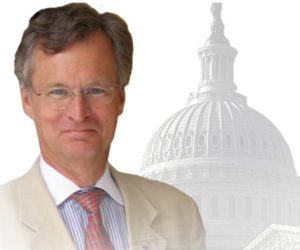
Hamid Jafar, the head of Crescent Petroleum, was a trustworthy figure for the Iraqi Baathist regime where “family ties, ruthlessness and loyalty count above all else.” – The Case against Hamid Jafar and Crescent Petroleum in Kurdistan – Kurdish Blogger – September 3, 2013

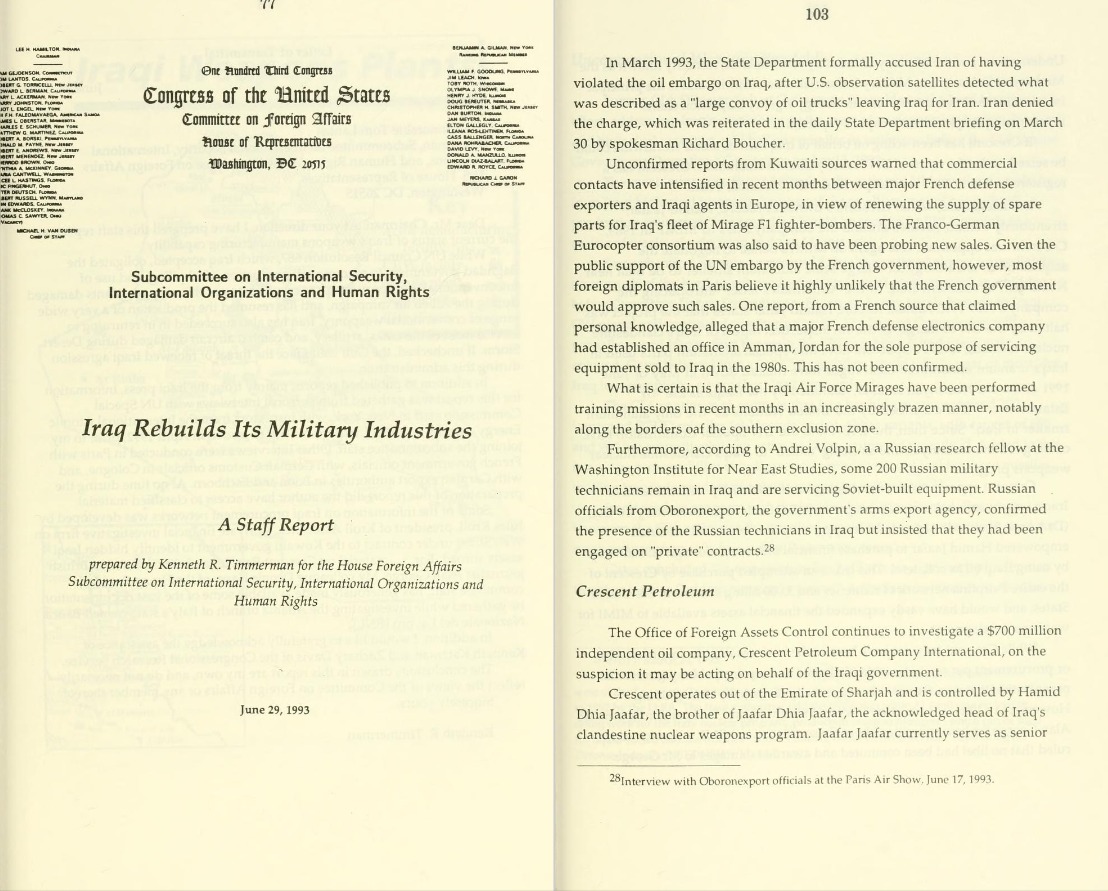
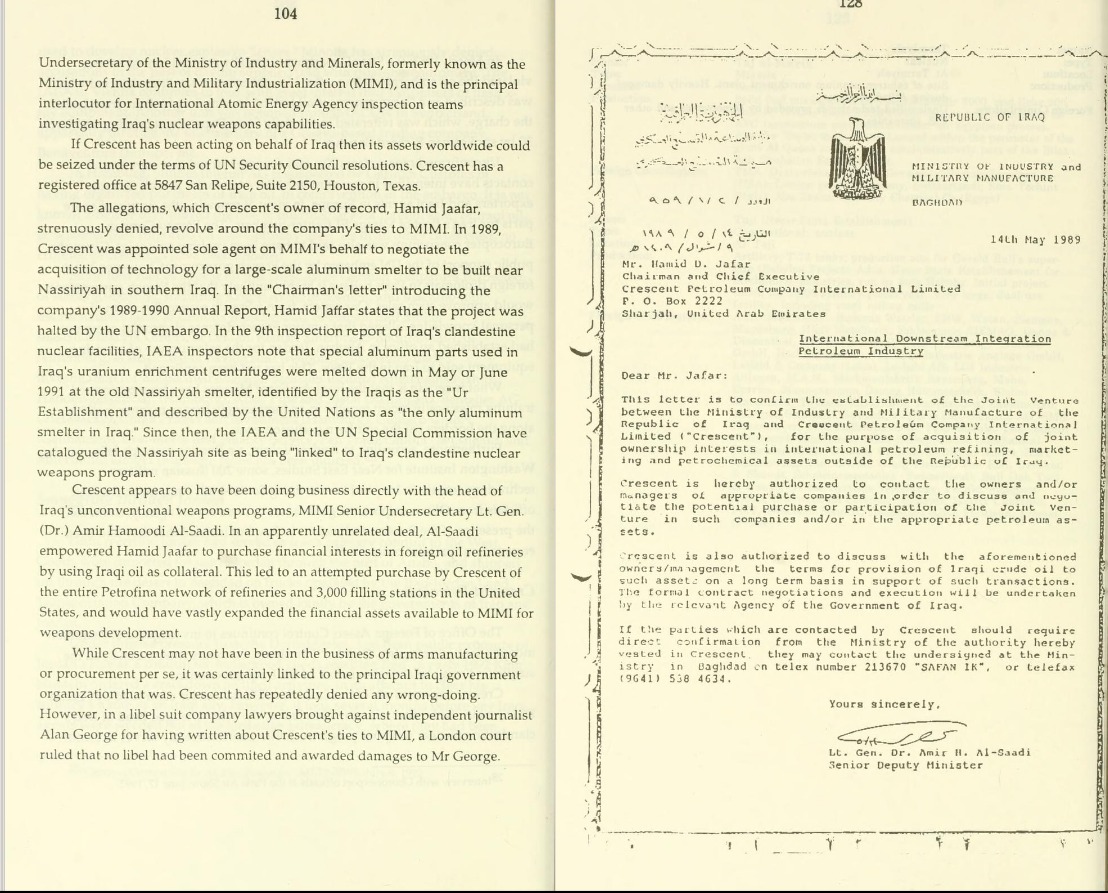
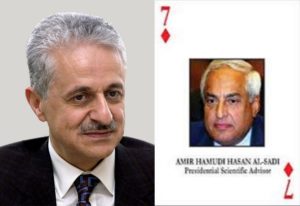
Dr. Jafar’s expansive nuclear weapons program had 20,000 employees, 7,000 of whom were scientists and engineers. “Jafar’s empire included more than two dozen weapons plants, most of them clustered around Baghdad. He managed a legion of employees and remarkable laboratories that concentrated exclusively on fissile materials and their weaponization” according to the book Critical Mass: The Dangerous Race for Superweapons in a Fragmenting World.
NBC News referred to Dr. Jafar as “a combination of Lawrence of Arabia and Dr. Strangelove who mixes Muslim fatalism, Arab nationalism, and modern technocracy.”
The Third World’s nuclear weapons programs existed to provide the means for settling ancient scores, some of them centuries or even millennia old…Third World nuclear weapons are genocidal. The bomb is a weapon for ethnic “cleansing” or “purification” on an awesome scale. – Critical Mass: The Dangerous Race for Superweapons in a Fragmenting World
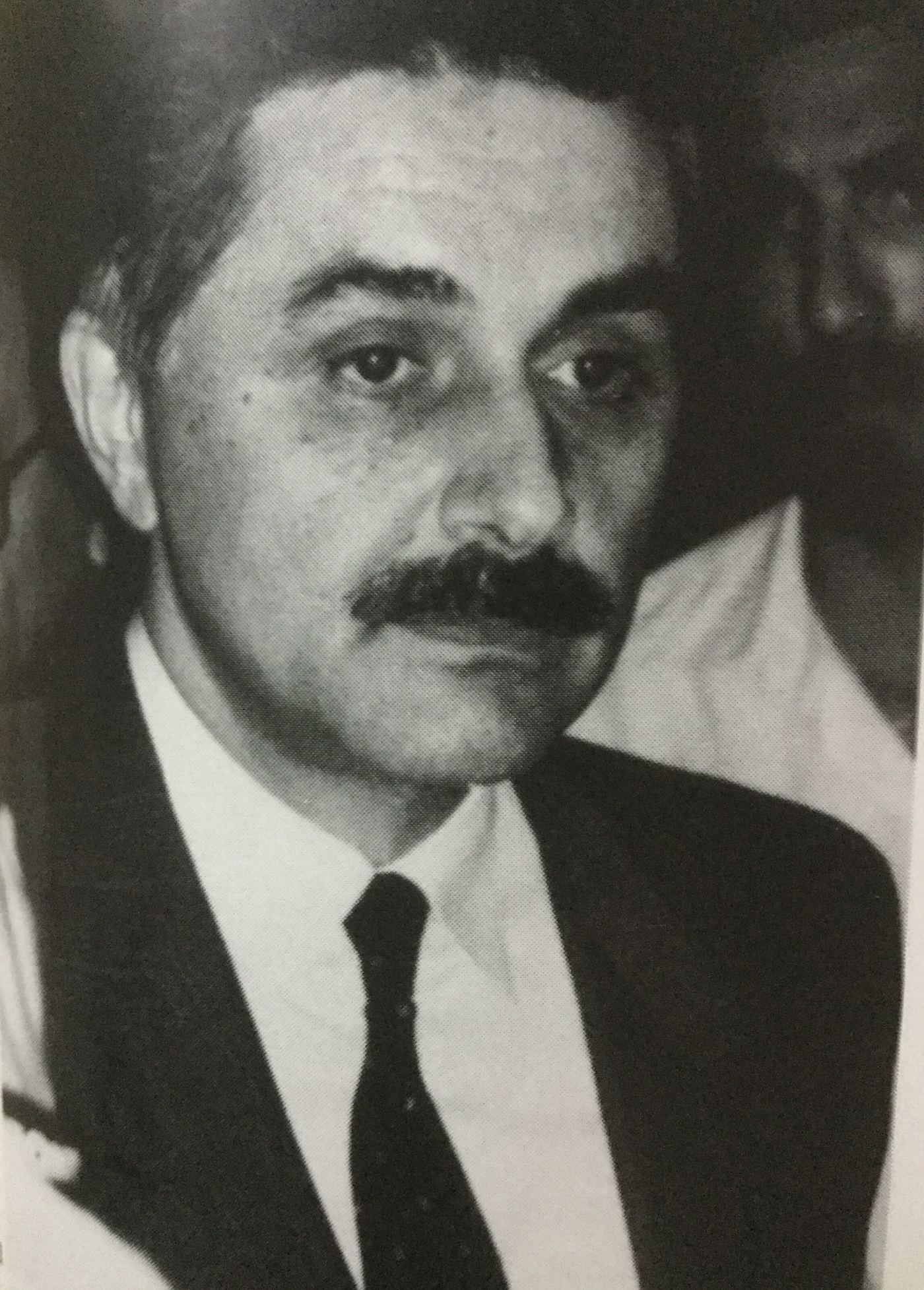
Dr. Jafar not only directed Iraq’s vast nuclear weapons program, he also led efforts to hide Iraq’s various WMD programs from United Nations UNSCOM IAEA inspectors between 1991 and 2003.
Dr. Jafar was on the U.S. military’s most-wanted list at the outset of Operation Iraqi Freedom, along with Kurdistan genocide commander “Chemical Ali” and notorious bioweapons mastermind “Dr. Germ.”

Crescent/Gulftainer’s connections to Saddam’s WMD program and the company’s presence at Port Canaveral are alarming for at least seven reasons:
(1) Stockpiles of chemical weapons were found in Iraq and injured U.S. troops according to heavily redacted intelligence reports obtained by the New York Times. These reports were kept classified. The Times published them on October 14, 2014, four months after Port Canaveral signed the Gulftainer deal.
(2) Iraqi WMDs were moved into Syria via 56 sorties of Boeing 747 and Boeing 727 passenger jets that had been converted into freighters by removing seats from the cabins. This information came from retired Iraqi Air Force General Georges Sada, as explained in his book Saddam’s Secrets. General Sada’s account was confirmed by statements from pilots who flew the sorties. Additional WMD materiel was moved into Syria via convoys of 18-wheeler trucks.
An Iraqi Al Qaeda leader and nine others were arrested in a 2004 foiled plot to detonate 20 tons of chemical explosives which had been transported by truck from Syria into Jordan. Had the operation succeeded, it could have killed 80,000 people in Amman and would have likely collapsed the Jordanian government. The history of Iraq’s WMD transfers to Syria is further covered in Kenneth R. Timmerman’s book Shadow Warriors.
CNN’s Pentagon correspondent Barbara Starr reported on March 9, 2016 that ISIS is operating a major “chemical weapons enterprise” in Iraq. Defense Intelligence Agency Director Lt. Gen. Vincent Stuart testified that “Neither ISIS nor Al Qaeda have walked away from their desire to develop chemical biological capability that they could use against the West.”
(3) Dr. Jafar has once again been building Iraqi power plants, this time under the ruse of “infrastructure reconstruction.” Audio from the coalition-captured “Saddam Tapes” reveals Dr. Jafar telling Saddam that Jafar needed power plants to covertly transmit large quantities of electricity to secret underground uranium enrichment facilities. Several of Dr. Jafar’s new Iraqi power plants are located near former major WMD military industrial facilities. Dr. Jafar has also recently worked on fertilizer and water treatment plants.



(4) President Obama’s corrupt Iraqi and Syrian associates in Chicago have shared Dr. Jafar’s keen interest in nuclear engineering and in building and owning Iraqi power stations. Antoin “Tony” Rezko, an engineer whose first job was designing nuclear power plants, attempted to build and own a new $150 million Iraqi power station in 2005. Iraqi billionaire Nadhmi Auchi has been described by Iraqi officials as a “Saddam guy” according to a 2008 report. “Rezko and Auchi…teamed up recently on a $150 million contract to build a power plant in Iraq” noted Crain’s Chicago Business.
U.S. officials grew suspicious after learning that Rezko attended the Illinois Institute of Technology with his friend, the Iraqi Minister of Electricity, Aiham Alsammarae. Alsammarae awarded Rezko the contract. Rezko and disgraced Illinois Governor Rod Blagojovich tried to secure a $50 million contract to train 150 Iraqi power station security guards at an Illinois military base. Senator Obama’s staff devoted considerable resources looking into the possibility of Senator Obama formally introducing Rezko’s company Companion Security to Iraqi ministers.
Rezko and Blagojovich, longtime supporters of Barack Obama, both ended up in prison. Iraqi Minister of Electricity Alsammarae reportedly stole between $400 million and $2 billion from the Iraqi and American people. He was arrested in Iraq then broken out of jail by private contractors, escaping Iraq via private jet. Alsammarae called his own escape “The Chicago Way” and is currently wanted in Iraq, while living at large in Chicago.
(5) Senator Obama traveled to Iraq in 2006 to meet with reconstruction officials.
(6) Former President Bill Clinton co-chairs an education campaign alongside Dr. Jafar’s nephew, who is also a Crescent Group executive. The organization is funded by the Varkey GEMS foundation, that paid Bill Clinton $5.6 million to serve as “Honorary Chairman” and that helped raise $70 billion in commitments for the Clinton Global Initiative.
Hillary Clinton is connected to former Port Canaveral CEO John E. Walsh. Walsh, who had not previously worked in the ports industry, oversaw the Gulftainer deal. Walsh is Founding and Senior Partner of WatersMark Holdings, a mysterious developer of Arab-themed resorts. Walsh’s WatersMark partners include a former senior adviser to the Hillary Clinton 2008 presidential campaign and representatives of the UAE and Saudi royal families. Both WatersMark and nuclear engineering firm KCI Engineering Consulting, owned by Rezko associate Alsammarae, are based in the Caribbean offshore-banking haven of Anguilla.
(7) Many top Islamic State leaders are former high-ranking Baathist Iraqi military officers who served under the Saddam regime according to Reuters. It was discovered recently that former Saddam Baathist Haji Bakr (Samir Abd Mouhammad al-Khleifawi) was the mastermind who designed the architecture of Islamic State intelligence operations according to Der Spiegel. The former Iraqi Air Force colonel worked for Saddam’s much-feared intelligence apparatus. Bakr modeled the Islamic State intelligence framework after Saddam’s secret police network and Lenin’s Soviet “Reign of Terror” program of violence, intimidation and murder.
Port Canaveral
Critical infrastructure: national security nexus, petroleum terminal and pipeline, and the world’s second biggest cruise ship port
Today, the most likely way for (a nuclear weapon to go off) would be for the device to be hidden in a container on a ship docked at a U.S. port. – Stephen Flynn – Founding co-director of the George J. Kostas Research Institute for Homeland Security, quoted in the Washington Times, July 29, 2014
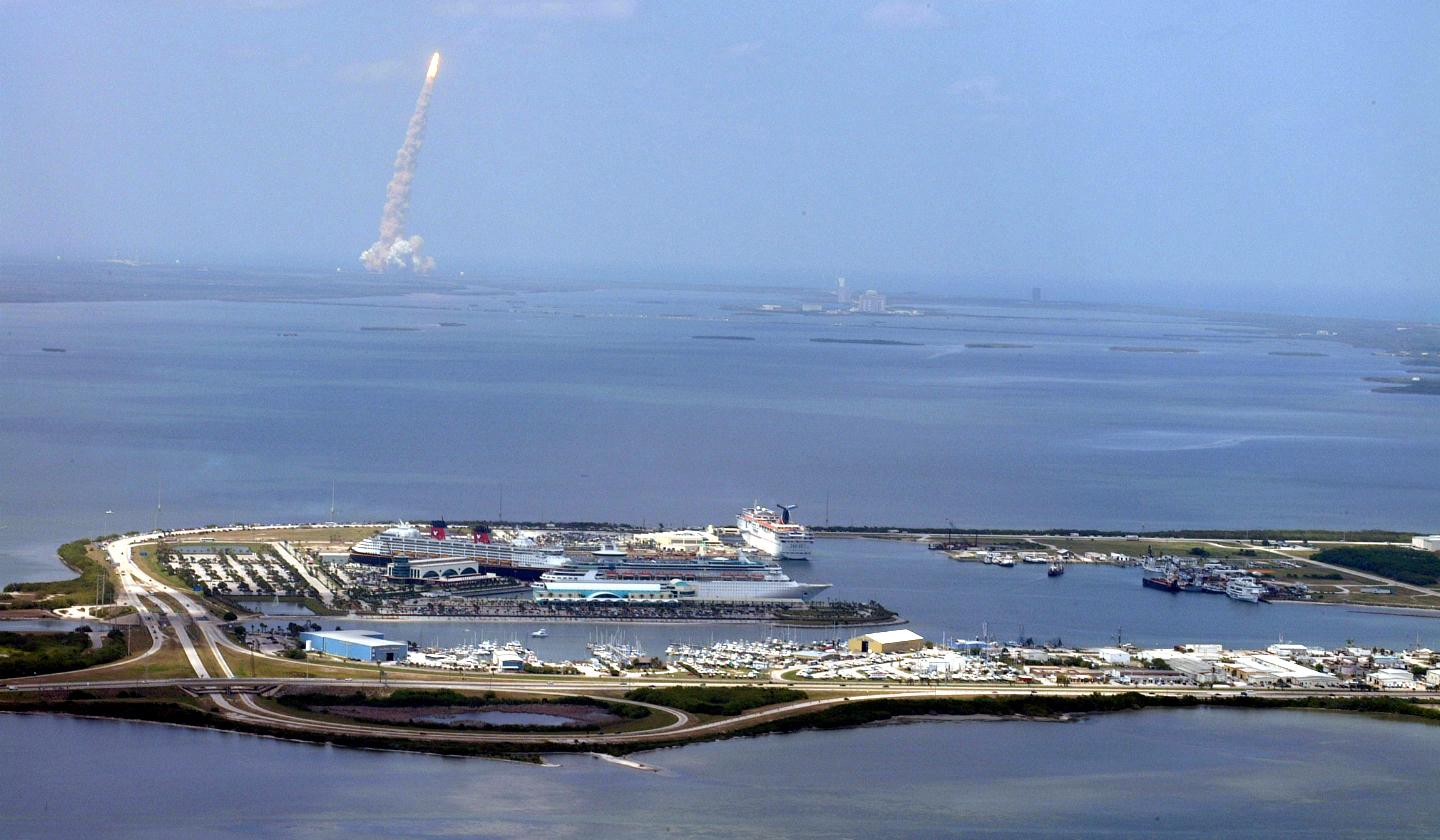
Port Canaveral, a scenic Atlantic Ocean gateway located fifty miles east of Orlando, is a Department of Defense strategic seaport and a key component of United States critical infrastructure. Port Canaveral is the crown jewel of American space exploration and NASA, and a place where high-stakes missions for the U.S. Navy’s nuclear submarine fleet and classified defense and spy satellite programs are undertaken.
Two out of three components of the United States “nuclear triad,” which reduces the likelihood that an enemy could destroy all of America’s nuclear forces during a first-strike attack and increases deterrence, rely on Port Canaveral and the national security installations adjacent to the port.
The Titan and Minuteman intercontinental ballistic missiles (ICBMs) are just two of the nuclear weapon delivery systems that were tested from Cape Canaveral Air Force Station, one of the world’s premier space launch and missile testing facilities.
The U.S. Navy’s submarine-launched ballistic missile (SLBM) program conducts missile testing and other classified activities at Naval Station Port Canaveral.
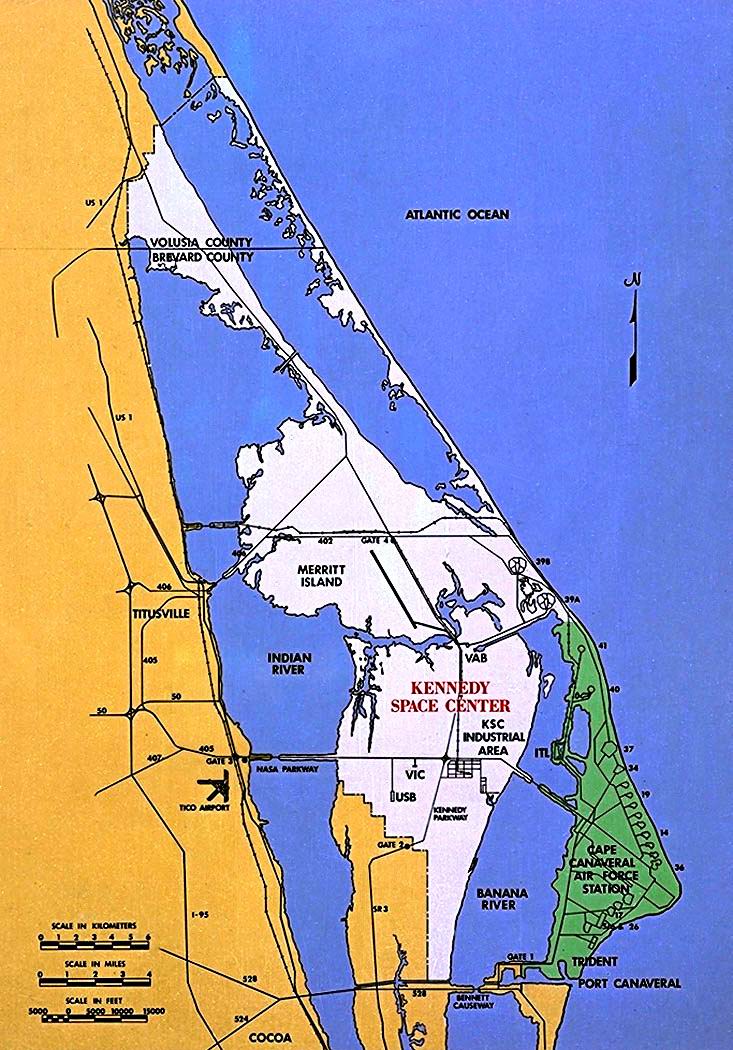
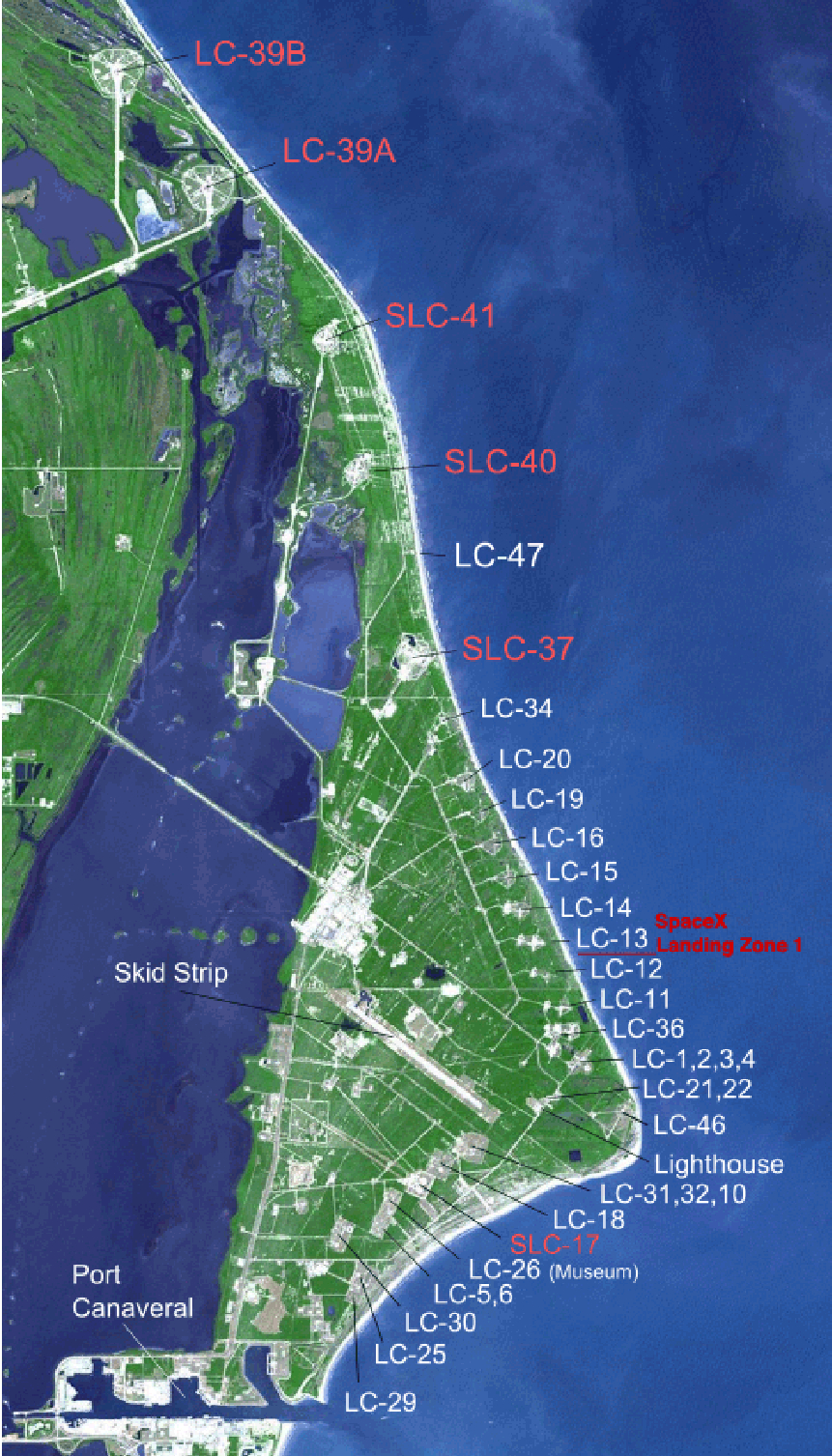
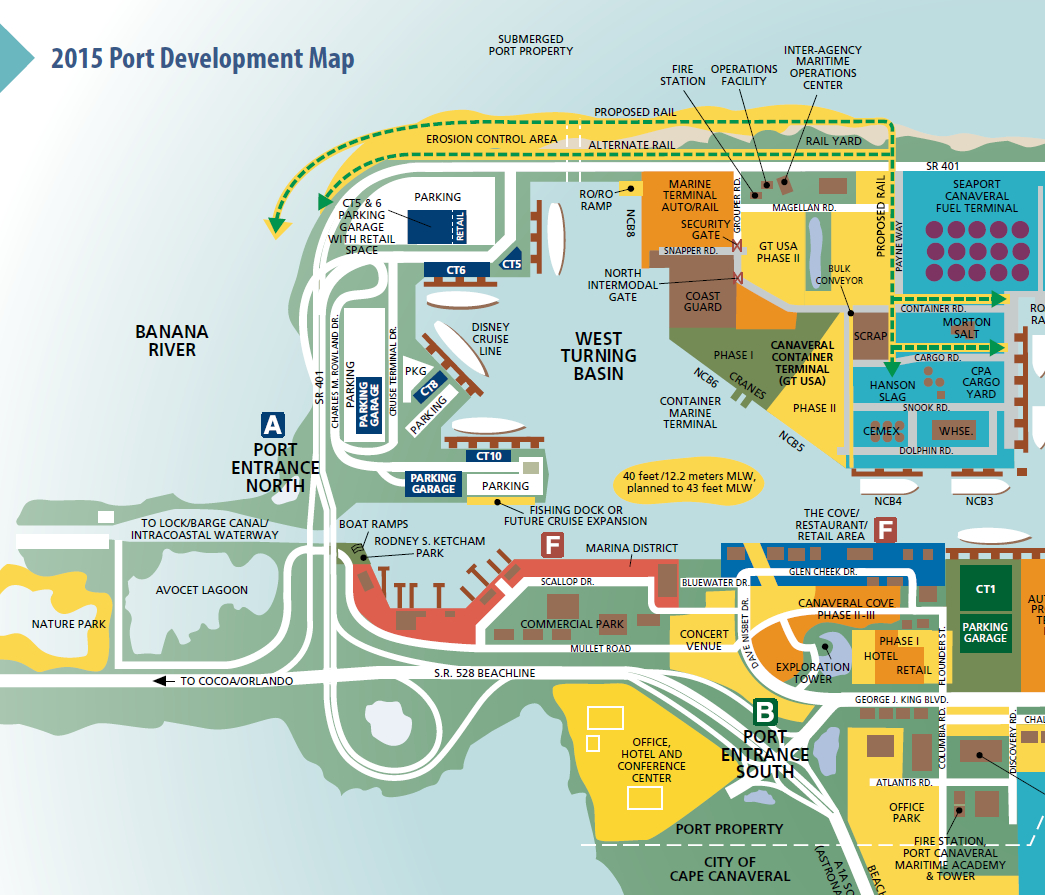
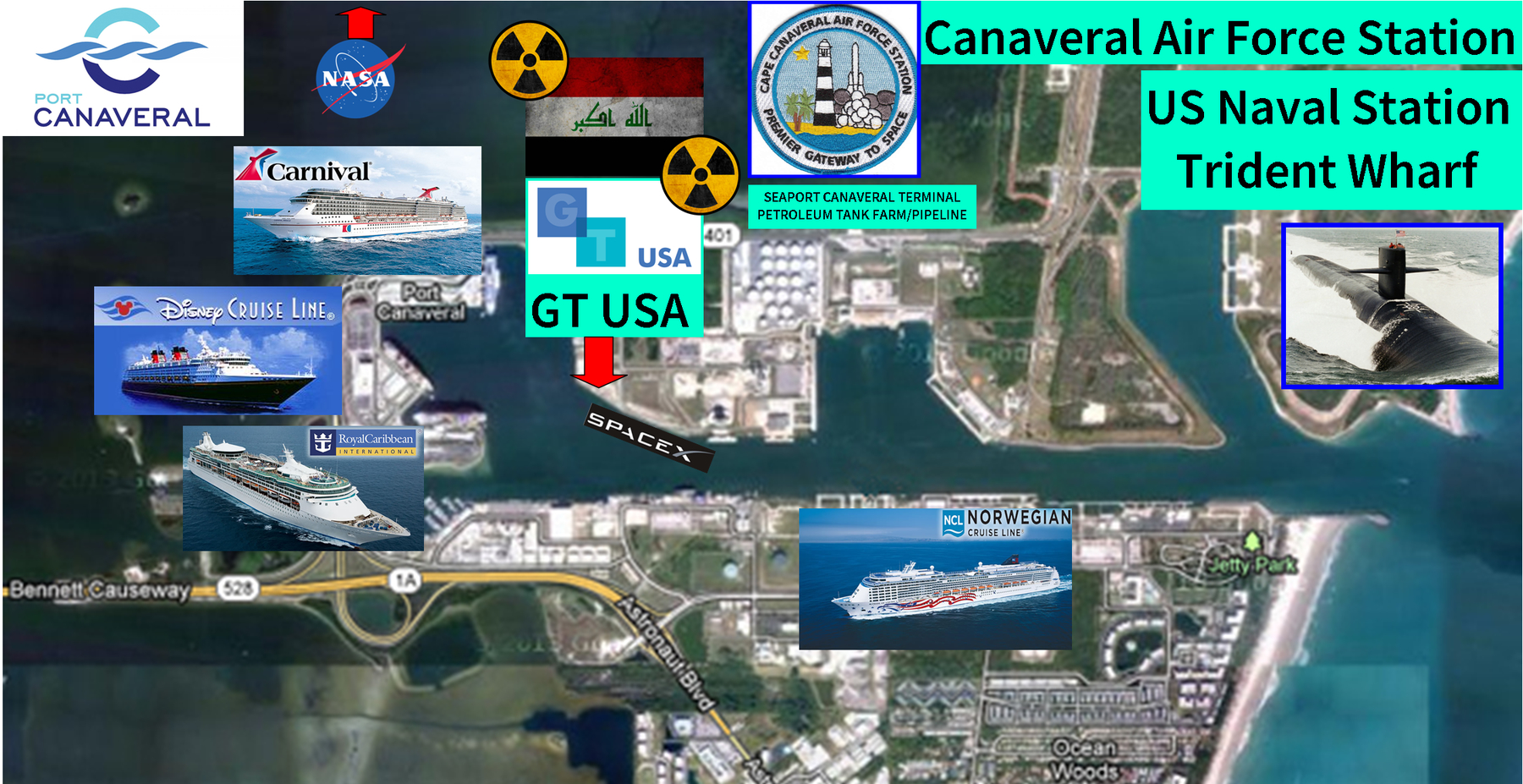
A wide array of space and defense installations and programs, many of them highly classified, are situated either inside Port Canaveral or within the immediate vicinity:
• NASA Kennedy Space Center and Visitor Complex
• Military Sealift Command (MSC) Port Canaveral
• U.S. Naval Facility Port Canaveral (Trident Turning Basin) servicing US Naval Submarine Fleet and NATO submarines
• Cape Canaveral Air Force Station
• U.S. Coast Guard Station Port Canaveral
• Patrick Air Force Base
• USNS Waters (T-AGS 45) U.S. Navy vessel tasked with supporting submarine navigation-system testing and providing ballistic missile flight test support services
• U.S. Navy submarine acoustic signature research programs, producing America’s most sensitive classified data
• Classified X-37B Air Force space plane launch pad and support
• National Reconnaissance Office (NRO) spy satellite programs for CIA and other military and intelligence agencies
• Department of Defense/Boeing military GPS satellite programs
• SpaceX resupply missions for the International Space Station
• SpaceX Falcon 9 rocket launch and recovery
• NASA Orion deep space capsule project and test launches
• United Launch Alliance Delta IV Heavy Rocket
• United Launch Alliance Atlas V Rocket
• Lockheed Martin Fleet Ballistic Missile Eastern Ranger Operations
• Air Force Technical Applications Center (AFTAC) – Seismic, hydroacoustic and satellite monitoring of nuclear treaty signatory nations
• Air Force Space Command/45th Space Wing
• Air Force 920th Rescue Wing (Combat Search and Rescue)
• Craig Technologies Aerospace and Defense Manufacturing Center
• Naval Criminal Investigative Service (NCIS)
• U.S. Department of Homeland Security – Customs and Border Protection
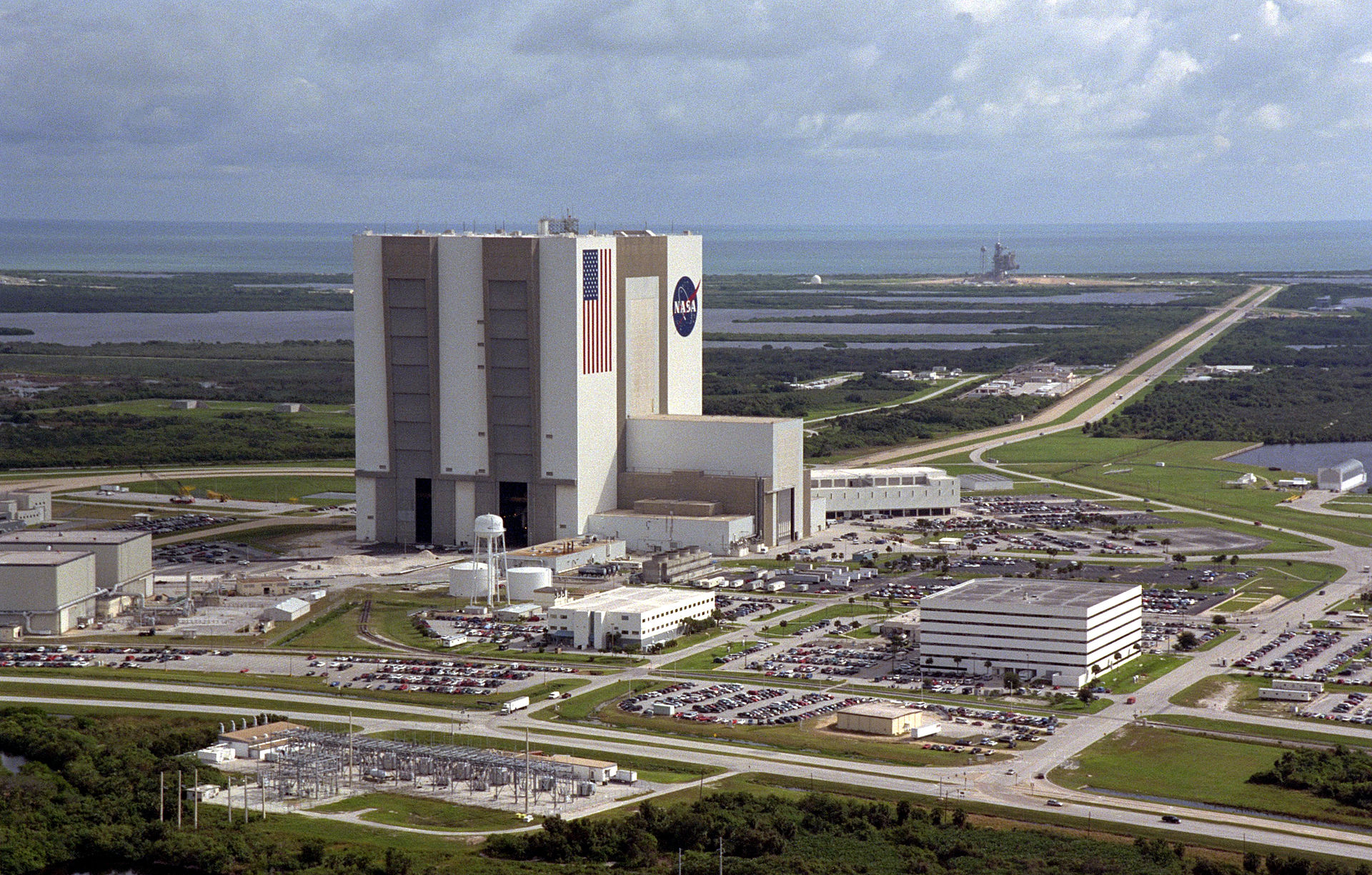
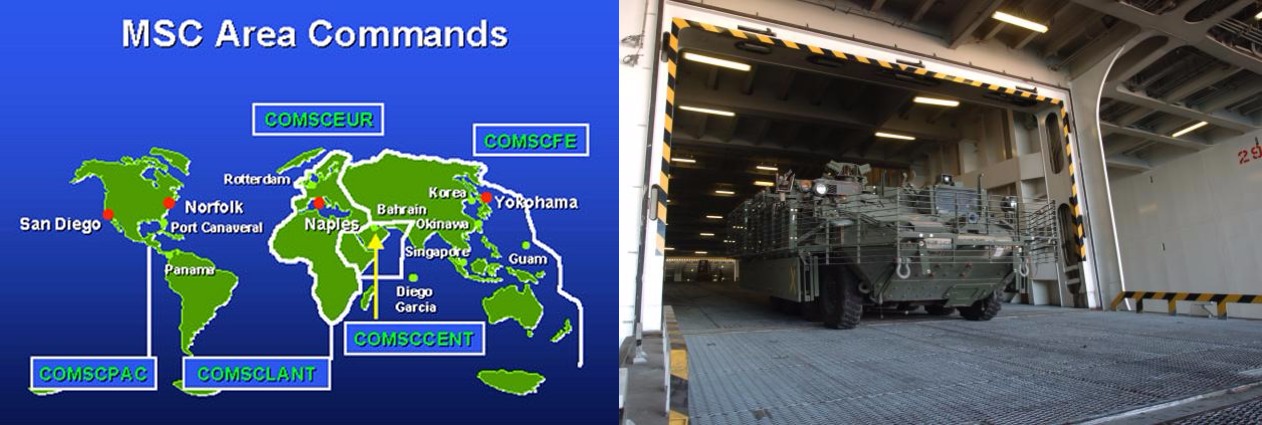
US Navy attack submarines and bigger Ohio-class ‘boomers’ carrying submarine-launched ballistic missiles armed with nuclear warheads dock at US Naval Facility Port Canaveral’s Trident Wharf. NATO submarines from Britain’s Royal Navy and the Royal Canadian Navy also call on Port Canaveral.
United Launch Alliance Delta IV rockets carrying classified National Reconnaissance Office (NRO) spy satellite payloads for the CIA and the Pentagon launch from Cape Canaveral Air Force Station.
U.S. Coast Guard Station Port Canaveral is located a few meters away from Crescent’s GT USA container terminal. Multiple Coast Guard cutters dock at the base.
Crescent’s GT USA’s container terminal is also adjacent to Seaport Canaveral Fuel Terminal, a 36 acre petroleum tank farm with storage capacity of three million barrels. The terminal is one of Florida’s major points of entry for gasoline, diesel and jet fuel. A 50 mile pipeline connects Seaport Canaveral Fuel Terminal with the Orlando International Airport, America’s ninth busiest airport.
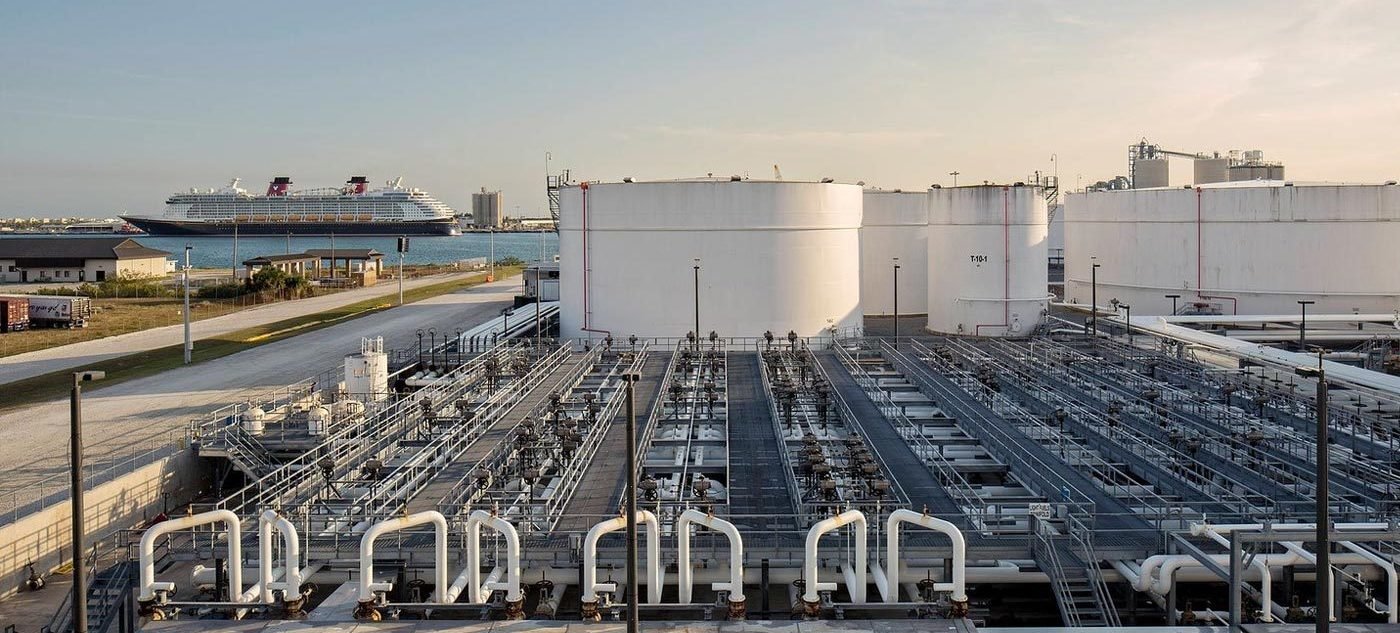
Port Canaveral also handles up to six world-class cruise ships per day. These are “floating cities” that accommodate up to 8000 passengers and crew per vessel. Cruise lines Disney, Norwegian, Carnival and Royal Caribbean International have transformed Port Canaveral into the second-busiest cruise ship port in the world, ranked just behind the Port of Miami. Approximately four million tourists pass through Port Canaveral’s passenger terminals each year.
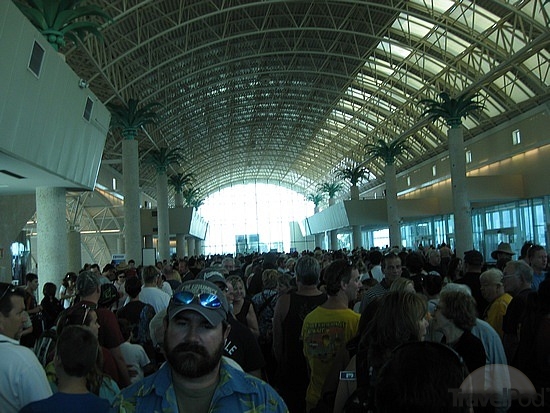

Crescent/Gulftainer/GT USA container terminal at Port Canaveral
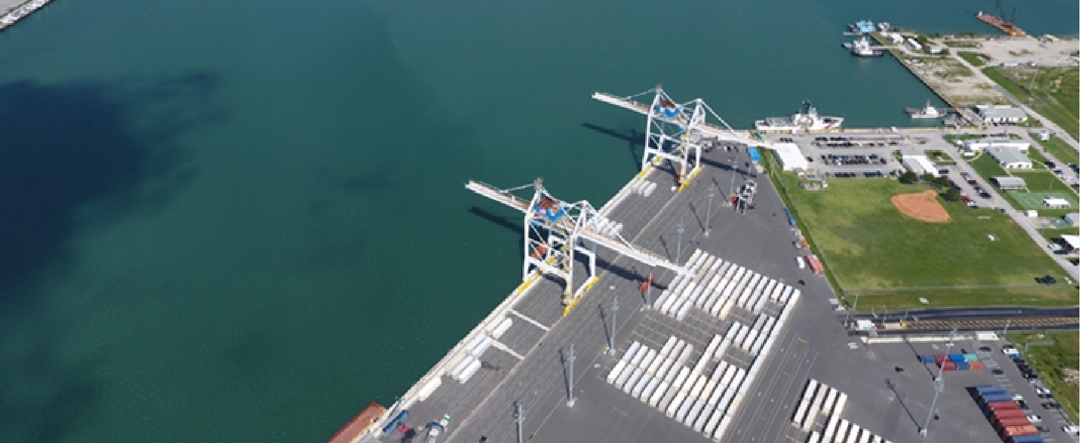
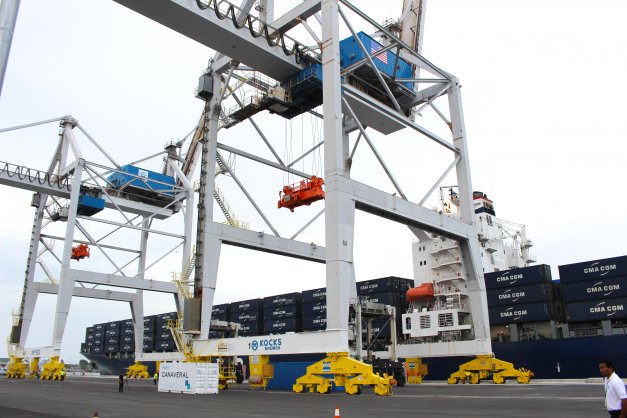
Gulftainer operates cargo container terminals in Iraq, Saudi Arabia, UAE, Pakistan, Lebanon, Turkey, Brazil, and Russia. Gulftainer recently considered redeveloping the Port of Benghazi, Libya.
Global container shipping industry collapse: Baltic Dry Index and Containerized Index hit all-time lows
Gulftainer/GT USA could not have picked a worse time to enter the U.S. container market. The Baltic Dry Index and the Containerized Index have hit all-time lows. There is no logical business reason for Gulftainer/GT USA to have leased a cargo container terminal in Florida.
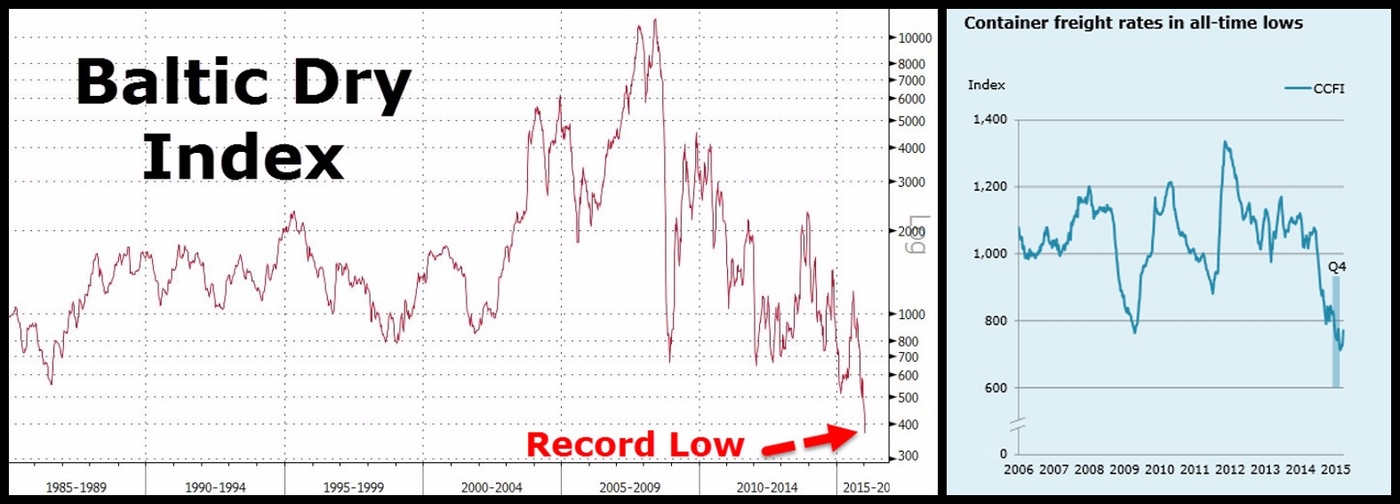
In 2012 Gulftainer tried to “take over control” of the Port of Jacksonville, just 31 miles from Naval Submarine Base Kings Bay. Gulftainer also set its sights on the Port of Baltimore and “ports in the Northeast United States” in 2013. An anonymous source overheard senior Gulftainer officials discussing the Port of Galveston. The Port of Galveston is located 31 miles from NASA’s Johnson Space Center.
The deceptively-named GT USA is a shadowy, UAE-based operation. Gulftainer’s Port Canaveral terminal has been eerily and inexplicably quiet.
Gulftainer’s GT USA promised a $100 million investment and 500 jobs at the port itself, as well as 2000 indirect and spin off jobs, depending on business conditions. Now, more than two years after signing the Port Canaveral lease, Gulftainer’s Peter Richards has admitted to investing under $5 million plus port payments and only hiring around 30 people, including security guards and stevedores.
The international container business is flat to non-existent. One wonders what Gulftainer is doing in Port Canaveral, one of America’s most sensitive national security zones.
Crescent/Gulftainer granted access to SpaceX rockets – SpaceX was recently certified for classified defense space missions
Crescent’s Gulftainer has gained access to SpaceX Falcon 9 rockets through a Port Canaveral dockage services contract.
The SpaceX Falcon 9 is an innovative reusable launch vehicle. The vehicle is equipped with a first main stage rocket capable of landing itself upright aboard an “autonomous spaceport drone ship” floating on the ocean. The drone ship is then towed to Gulftainer’s container terminal for recover of the $60 million first stage rocket.
SpaceX was recently awarded certification to handle classified missions for the U.S. government.
SpaceX is scheduled to launch a classified payload for the National Reconnaissance Office from Cape Canaveral Air Force Station in March 2017.
A SpaceX Falcoln 9 exploded on the launch pad at Cape Canaveral Air Force Station on September 1, 2016. Multiple explosions, audible from several miles away, destroyed the Falcoln 9 and its payload. The payload was a $200 million Amos-6 communications satellite, the largest satellite Israel has ever built.
“Israel will face a significant shortage of communication satellites in coming years due to the destruction of the Amos-6 satellite in an explosion earlier this month” according to Israeli space program officials quoted by the Times of Israel. The chairman of the Israel Space Agency described the loss as “a very severe blow which could place the future of the industry in doubt.”
Gulftainer’s handling of the SpaceX Falcon 9 rocket is revealed in the official Port Canaveral SpaceX Rocket Facebook photo album.
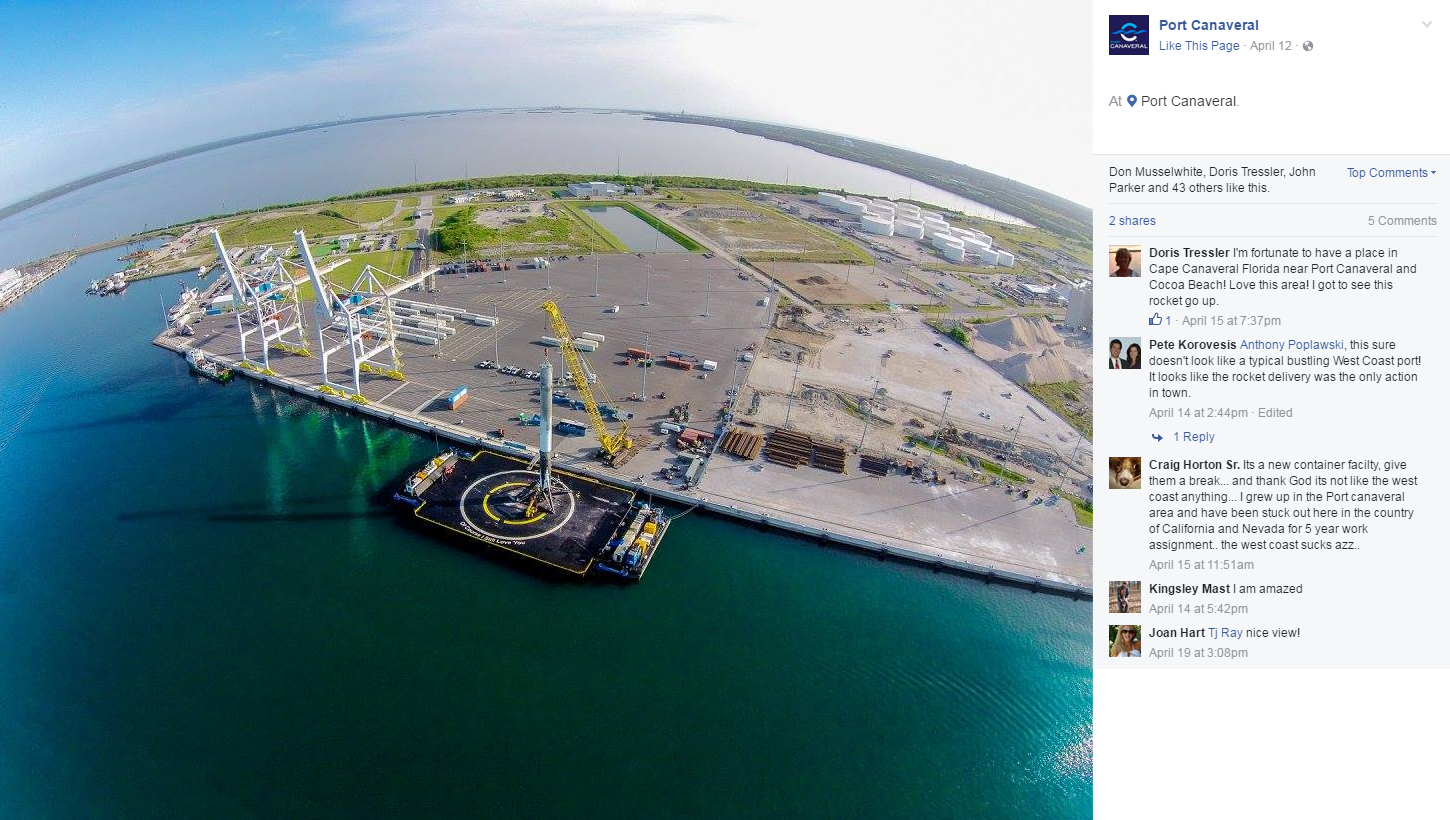
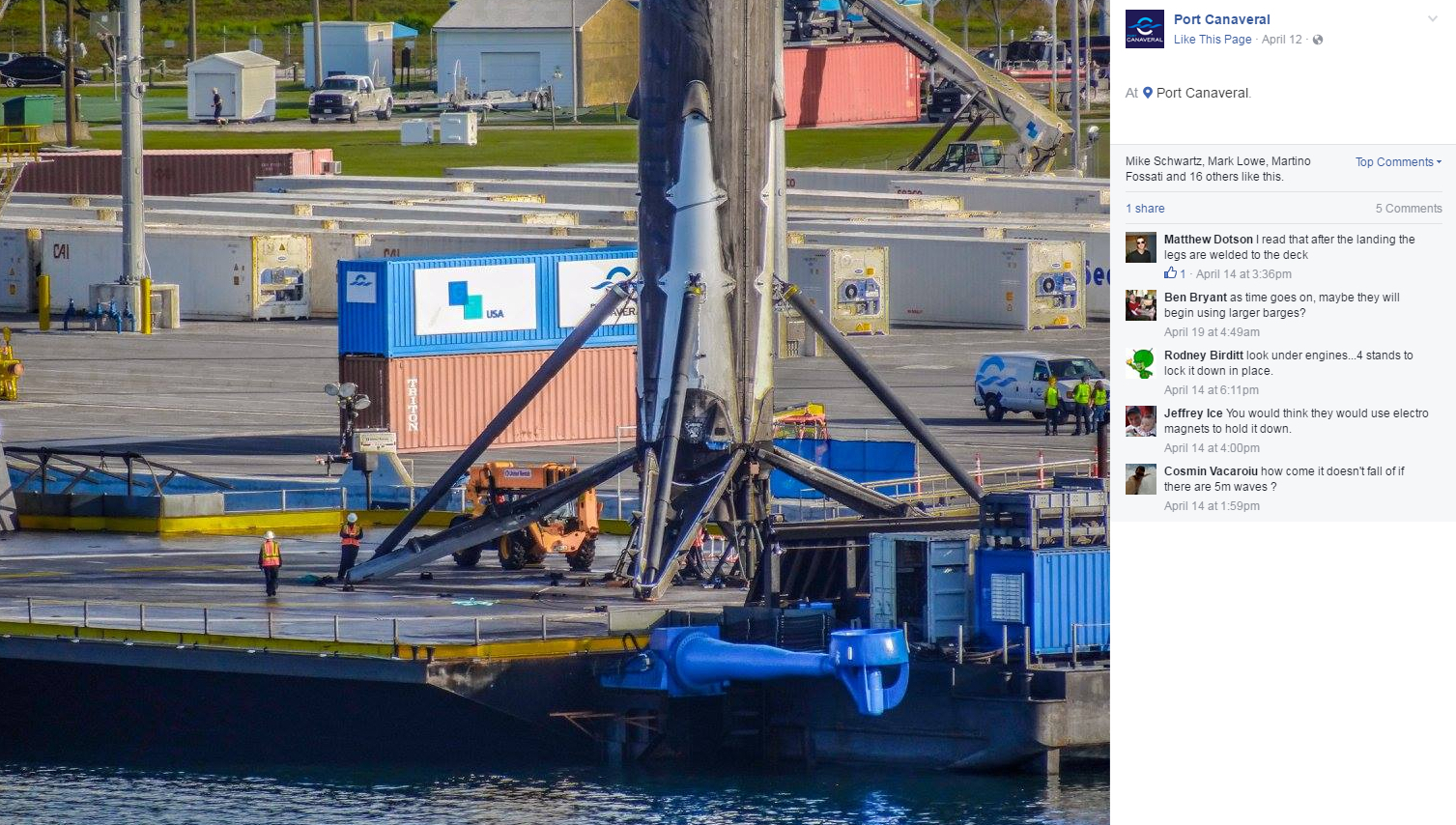
Because of Project Pelican, Port Canaveral is confronted with the apocalyptic scenario of a smuggled Iraqi nuclear, chemical, or biological weapon detonating inside one of the America’s most sensitive national security zones.
Port Canaveral could also be used as a point of entry for delivering nuclear weapons or other WMDs to several other locations inside the United States.
Crescent/Gulftainer/GTUSA’s contract with Port Canaveral stipulates the establishment of rail service from the Gulftainer container terminal. Port Canaveral is considering building a new rail line through Cape Canaveral Air Force Station, but the proposal faces opposition from officials who have noted that GT USA’s container volume is virtually non-existent. Local residents are opposed to the rail line.
If something were to happen at Port Canaveral, it would be akin to a combination of Pearl Harbor and 9/11, though exponentially more devastating.
Iraq is “inside the wire”
The military went to Iraq. Now Iraq has come to the military.
In military jargon, “inside the wire” refers to the presumably-safe zone within a military base, protected by barbed-wire from dangers “outside the wire.” When hostile forces penetrate a military base, the enemy is considered “inside the wire” and the base is in danger of being overrun or destroyed.
Foreign entity Gulftainer was marched right into Port Canaveral by Obama/Clinton officials, without prior announcement to the American people, while Iraq was quietly slipped “inside the wire.”
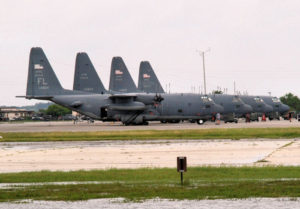
When Port Canaveral officials made a surprise announcement in the summer of 2014 that a UAE company had taken over the port’s container cargo operations, local military officials were caught off guard.
Command-level officials at nearby Patrick Air Force Base were never briefed by Pentagon, Homeland Security, or intelligence officials about the numerous connections between their new “neighbors,” Saddam Hussein’s terrorist regime and the mastermind of Iraq’s much-feared nuclear bomb program.
Officers from Patrick, speaking off the record last year, termed Gulftainer’s sudden arrival at Port Canaveral “a national security nightmare.” “The Defense establishment is not happy” said a source. When those words were spoken, base commanders had no idea about Gulftainer’s connection to Saddam’s nuclear physicist.
Military personnel stationed at Cape Canaveral Air Force Station, Coast Guard Station Port Canaveral, and Naval Facility Port Canaveral were also left in the dark. The enemy was in their own back yard and their own government withheld that fact from them.
Treasury Secretary Jacob “Jack” Lew approved Crescent’s Port Canaveral deal by skipping the CFIUS “National Security Threat Analysis” — with full knowledge that Crescent was investigated by Treasury and Congress as a “Saddam Hussein front company”
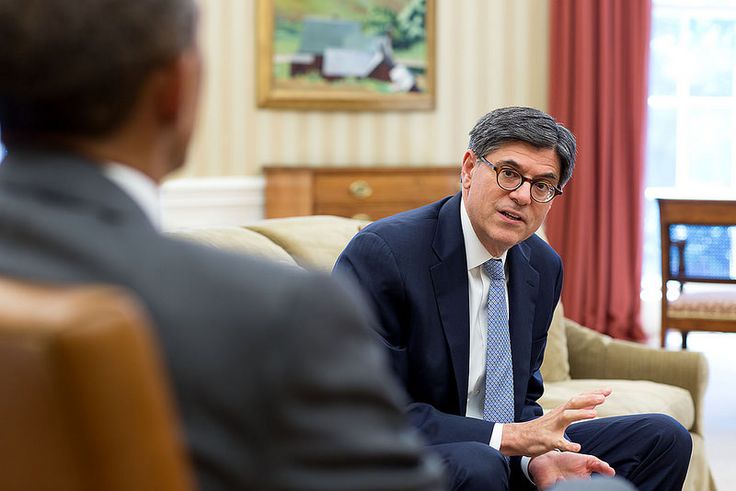
• 1978 Harvard University Honors Thesis stated “Communism at home and abroad became the target of exaggerated fears”
• 1993-1994 Special Assistant to President Clinton
• National Security Council member under Presidents Bill Clinton and Barack Obama
• 2009-2010 Deputy Secretary of State under Secretary Hillary Clinton
• 2012-2013 White House Chief of Staff under President Obama
• 2013-present Treasury Secretary
Treasury Secretary Jacob “Jack” Lew, chair of the Committee on Foreign Investment in the United States (CFIUS), declined to perform a National Security Threat Analysis of the Project Pelican Gulftainer/Port Canaveral transaction.
In 1993, while Lew was Special Assistant to President Bill Clinton and a member of the National Security Council, Crescent was under investigation by Treasury and three Congressional committees (Foreign Relations, Banking, and Ways and Means) as a front company for Saddam Hussein.
For some time now, Crescent Petroleum has been the subject of an investigation by the US Treasury and three Congressional committees – Foreign Relations, Banking, and Ways and Means – which are trying to discover whether there is any truth in suggestions that Crescent is a front company acting for Saddam Hussein. In December Richard Newcomb, Director of the Office of Foreign Asset Control at the US Treasury, wrote to Senator Jesse Helms confirming that an investigation had been opened into ‘possible Iraqi ownership or control of Crescent for, or on behalf of, the Iraqi government’. – Captain Moonlight’s Notebook: Writs fly as Iraq oil firm fends off media – The Independent, March 20, 1993
The relationship between Crescent and Iraq’s superweapons program, including Saddam’s nuclear weapons program, was a focus of investigation.
Crescent appears to have been doing business directly with the head of Iraq’s unconventional weapons program.- Staff report prepared by Kenneth R. Timmerman for the House Foreign Affairs Subcommittee on International Security, International Organizations and Human Rights, June 29, 1993
The stealth Project Pelican deal, “in the works for a year” according to Florida Today, ignored CFIUS laws that were enacted to protect the nation from foreign national security threats.
Under CFIUS, the Treasury Department is required to order a comprehensive National Security Threat Analysis from the Director of National Intelligence of any covered transaction involving U.S. assets and interests.
This mandatory threat analysis is to be conducted with input from a veritable alphabet-soup of U.S. government agencies (including Treasury’s Office of Intelligence & Analysis, CIA, FBI, DIA, NSA, DoD, military intelligence, DHS, the National Counterterrorism Center, the Department of Energy’s Office of Intelligence and Counterintelligence, and the National Geospatial-Intelligence Agency).
Additionally, in cases in which America’s space program could be affected, the NASA Counterintelligence/Counterterrorism Program can be tasked by the Director of National Intelligence to provide additional input for the CFIUS threat analysis.
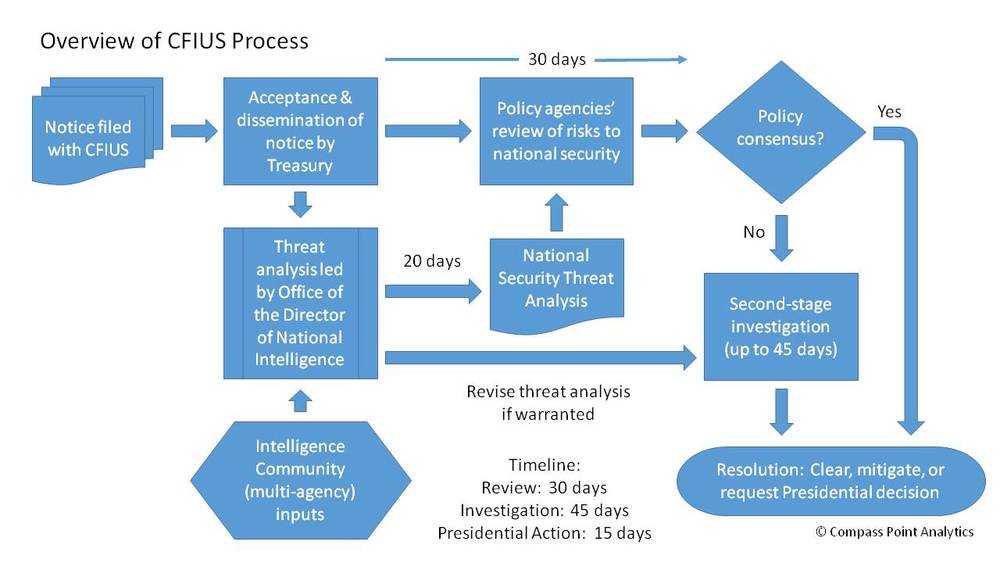
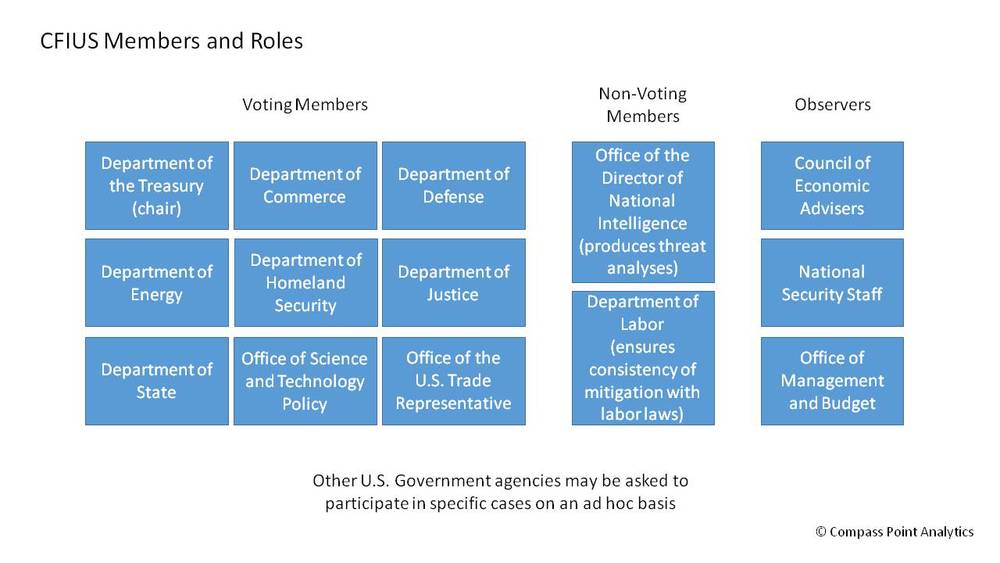
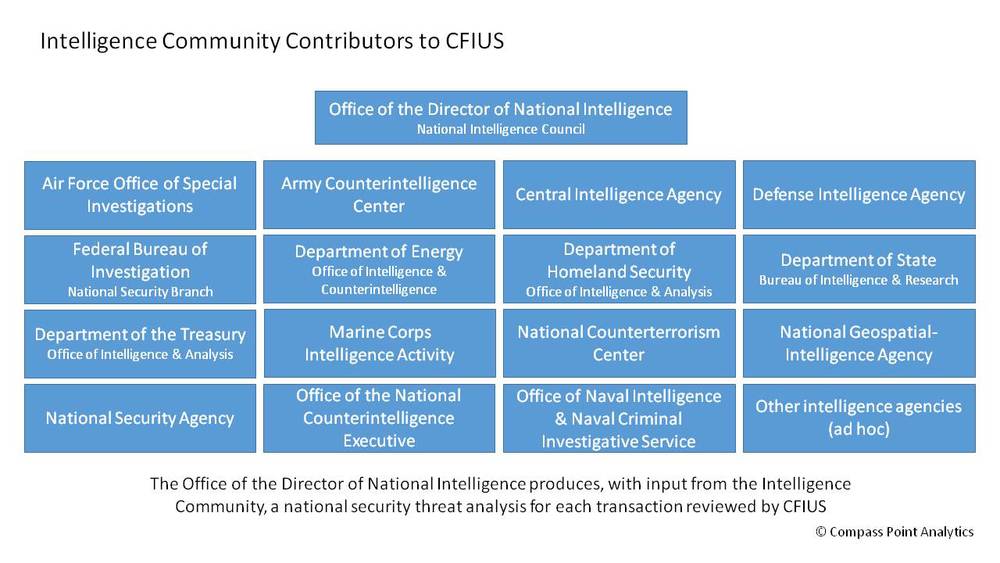
Secretary Lew declined to conduct a National Security Threat Analysis of the Project Pelican deal, despite the fact that the Treasury Department and three committees in the U.S. House of Representatives had investigated Crescent in 1993 to determine if it was a front group for Saddam Hussein.
A World Bank International Finance Corporation (IFC) document regarding Gulftainer Company Limited reveals that “The Company is owned by two shareholders: HH Sheikh Sultan Al Qassimi, the Ruler of Sharjah and Mr. Hamid Dhia Jafar.”
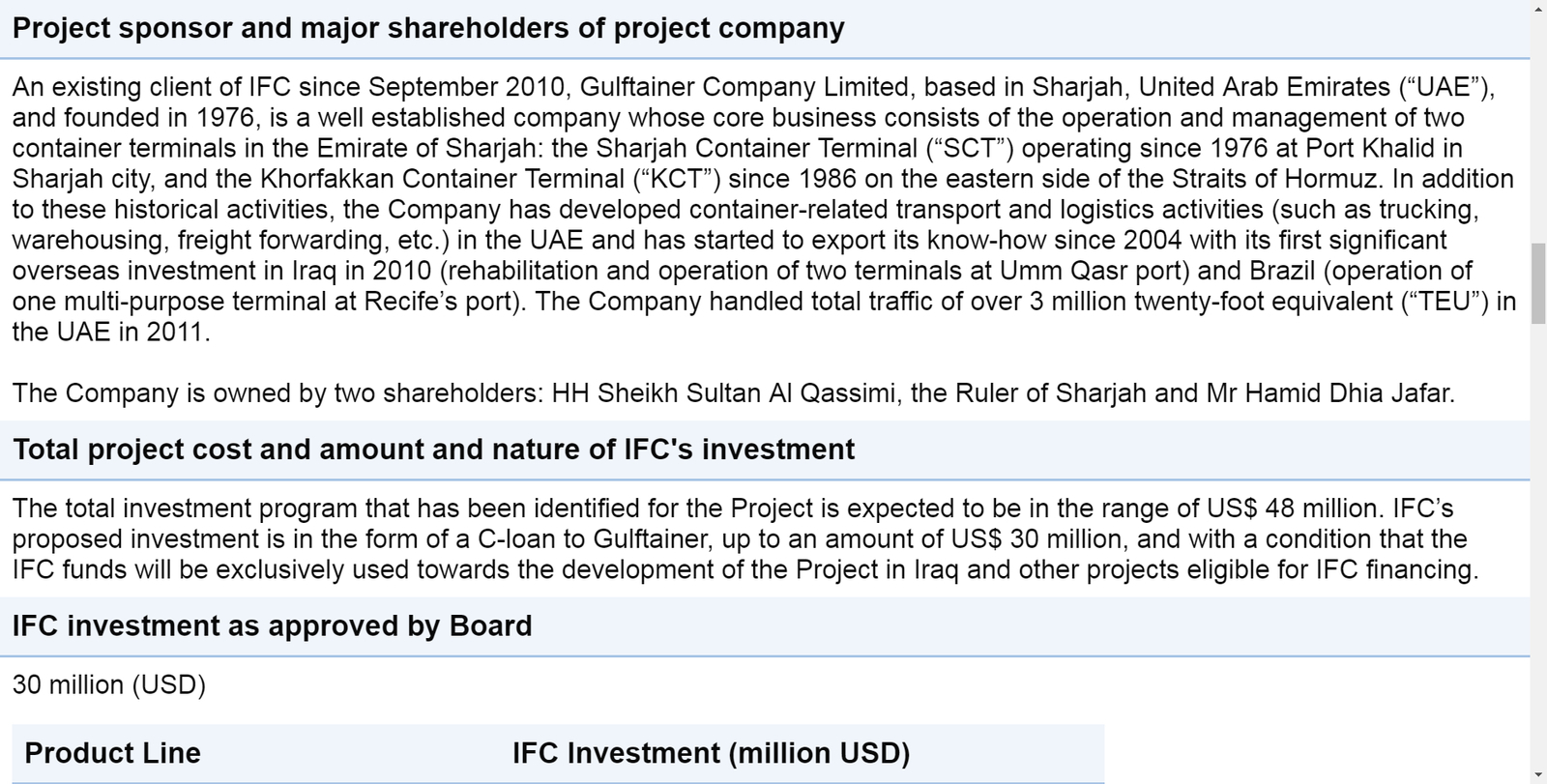
This IFC document therefore establishes Gulftainer as partially owned by a foreign government, the UAE. Crescent Petroleum was revealed to be a front company for the Iraqi government and Saddam Hussein in 1993.
The Orlando Sentinel reported in 2015 that officials said the a national security review was not required because the GT USA Port Canaveral was a lease and not a purchase.
Port officials said this week that the U.S. Homeland Security department and Federal Maritime Commission had reviewed information about the cargo operations. But an additional request for more review by the Treasury Department’s Committee on Foreign Investment (CFIUS) did not occur.
Rep. Duncan Hunter , R-San Diego, had asked for a formal Treasury Department review of security issues due to a foreign-owned company operating port facilities.
Port spokeswoman Rosalind Harvey said that never happened. “After extensive filing of all required paperwork to U.S. Treasury Department officials, the panel found that no review was required because the agreement was a lease and not a purchase of Port assets,” Harvey said.
She added, “Gulftainer also did a full filing to the Federal Maritime Commission and the project was approved to proceed. In addition, information was submitted to U.S. Homeland Security through the U.S. Coast Guard with no objections or concerns raised.” – Port opening cargo terminal – no further review required – Orlando Sentinel, June 12, 2015
The argument that the Gulftainer/GT USA deal did not require a CFIUS review because it “was a lease and not a purchase of Port assets” simply does not hold water.
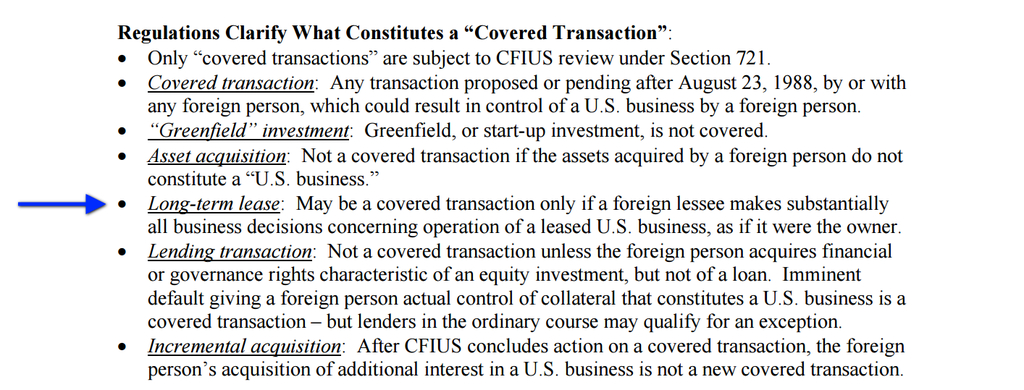
Had the Obama administration adhered to the law by conducting a CFIUS National Security Threat Analysis, Gulftainer would have been flagged as a national security risk and denied access to Port Canaveral.
The Canaveral Port Authority’s deal with Gulftainer also violates Florida’s ‘Sunshine Law,’ which was enacted “to prevent at non-public meetings the crystallization of secret decisions to a point just short of ceremonial acceptance.” The Sunshine Law established open-bidding and public notice requirements for Florida government agencies and municipalities.
Florida Governor Rick Scott, contacted on May 19, 2016 via email and phone calls to his press secretary Jeri Bustamante, never responded to a request for comment about Project Pelican’s violations of the Florida Sunshine Law and reports that Gulftainer had trafficked weapons in the Middle East.
The Department of Homeland Security scans only four percent of shipping containers entering the United States and repeatedly exploits a loophole to evade the Congressional mandate to implement 100 percent scanning.
“A league of U.S. lawmakers are not content with the roughly four percent of import containers screened under the current system. They believe that U.S. ports could be the next gateway for — or, indeed, a target of — terrorist threats” the Journal of Commerce reported on July 7, 2016.
DHS Secretary Jeh Johnson’s grandfather was investigated for Communism by the House Un-American Activities Committee.
Secretary Johnson completely eliminated federal anti-terrorism grants for Central Florida after 2014 “because the threat of terror here was judged to be too low” reported the Orlando Sentinel. Johnson’s decision baffled and angered U.S. Rep. John Mica (R-FL) and Senator Bill Nelson (D-FL).
The Project Pelican deal followed furious objections by both the public and Congress to the previous UAE Dubai Ports World deal in 2006 that was stopped dead in its tracks.
In 2006 former President Bill Clinton coached United Arab Emirates officials on how to develop a public relations strategy to salvage the Dubai Ports World deal reported the Los Angeles Times.
Sheikh Al Qassimi’s wife Sheikha Jawaher bint Mohammed Al Qasimi is the United Nations High Commissioner for Refugees (UNHCR) Eminent Advocate for Refugee Children.
Accused of hypocrisy, the UAE has accepted zero refugees while demanding that other nations open their borders, according to Amnesty International and a CNN report.
Duncan Hunter, California congressman and Iraq war veteran, tried to stop Gulftainer deal
Congressman Duncan D. Hunter (R-CA), an Operation Iraqi Freedom (OIF) Marine Corp veteran, chairman of the House Transportation Committee Subcommittee on Coast Guard and Maritime Transportation, and a member of the House Armed Services Committee, was the lone voice in Washington raising national security concerns about the Gulftainer deal.
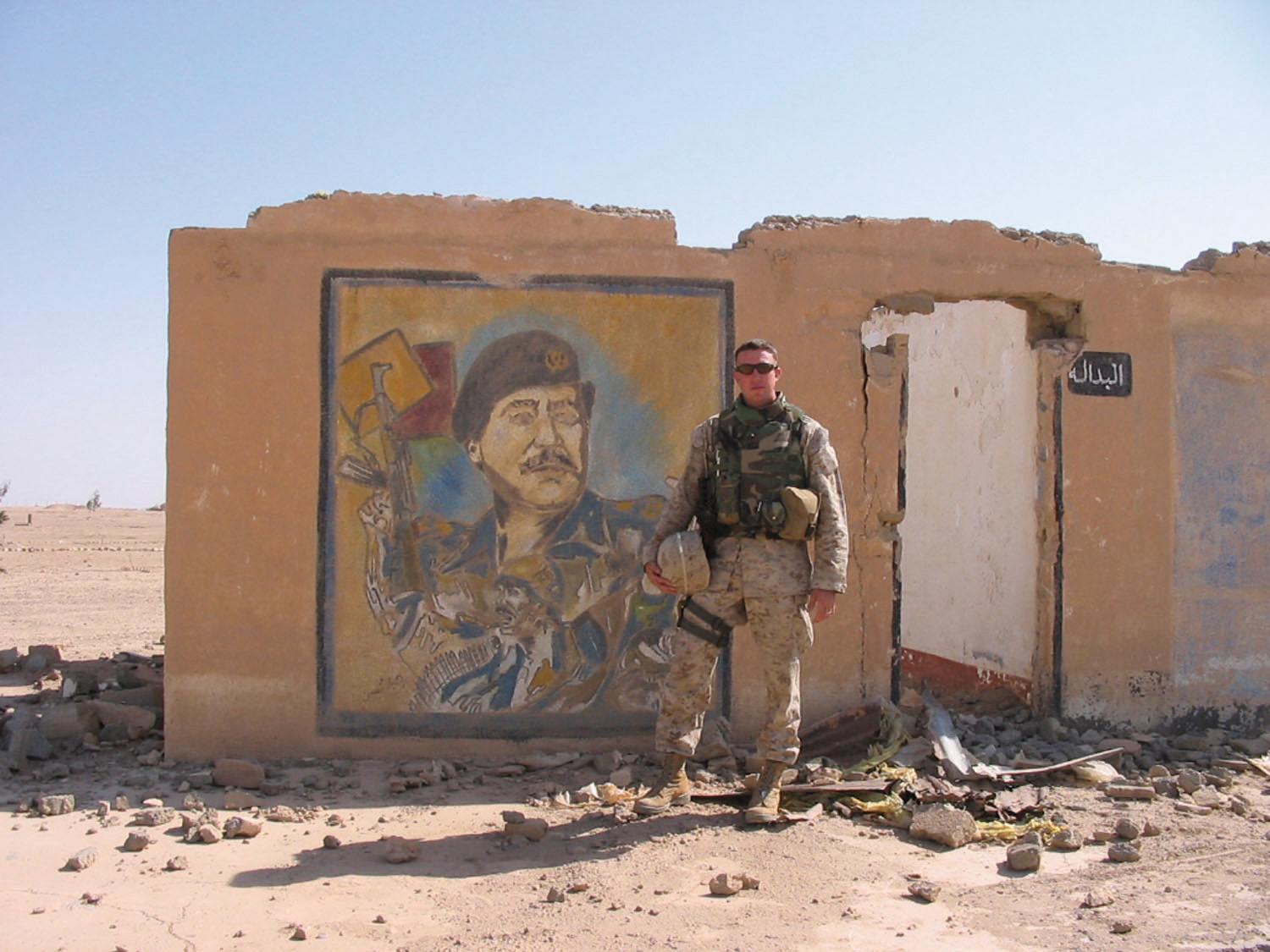
Rep. Hunter wrote a formal letter to Treasury Secretary Lew, noting that the Port Canaveral deal marked the first time a “Middle Eastern company will fully operate a U.S. cargo terminal.” Congressman Hunter asked Secretary Lew to conduct a CFIUS national security review of the transaction, to no avail.
“THERE WERE NO ASSURANCES WHATSOEVER THAT THIS … ARRANGEMENT WAS THOROUGHLY REVIEWED AND CONSIDERED FOR NATIONAL SECURITY RISKS. THE REQUEST WAS MADE BUT I DON’T THINK THE ADMINISTRATION GAVE IT ANY REAL ATTENTION” – JOE KASPER, CHIEF OF STAFF TO REP. DUNCAN HUNTER (R-CA)
Hunter’s father, former Congressman Duncan L. Hunter (R-CA), battled against the Dubai Ports World deal.
“Regarding Dubai Ports World, CFIUS approved the deal initially but once members of Congress got wind of it, all hell broke loose” reported Forbes.
Iraqi Baathists connected to Saddam created Islamic State, seek WMDs
A nuclear device is the ultimate force multiplier for radical terror groups. – Farhad Rezaei – Middle East Policy Council
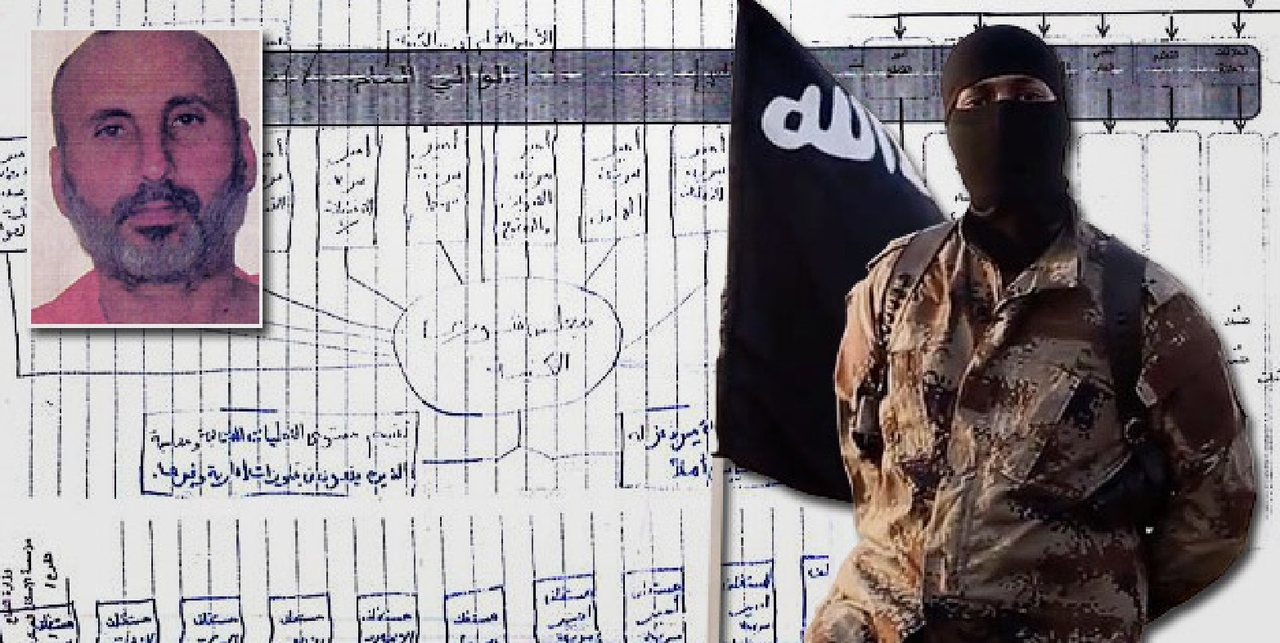
Saddam’s former Baathist network of military and intelligence officers has splintered. Many former top Iraqi commanders have assumed leadership positions within Islamic State. Others sided with Baghdad’s struggling Shiite government, according to a Reuters report.
An AP report published in Israel paints a more dire picture. The report credits a wave of stunning Islamic State military victories in Iraq and Syria to Saddam’s former secular Baathist military commanders. Those officers are professionally trained and capable of organizing brigades of jihadists and operating sophisticated military hardware left behind by U.S. forces.
“They have been put in charge of intelligence-gathering, spying on the Iraqi forces as well as maintaining and upgrading weapons and trying to develop a chemical weapons program” reports the AP.
The Soufan Group published a 66 page intelligence report in 2014, authored by former officers from the CIA, MI6 and NCIS. The Soufan report reveals that ISIS and ex-Baathists “continue to see sufficient coincidence of interest to overcome any ideological disagreement.”
Former Saddam-regime Baathist Haji Bakr (Samir Abd Mouhammad al-Khleifawi) is the architect of Islamic State’s intelligence network organizational framework, according to Der Spiegel.
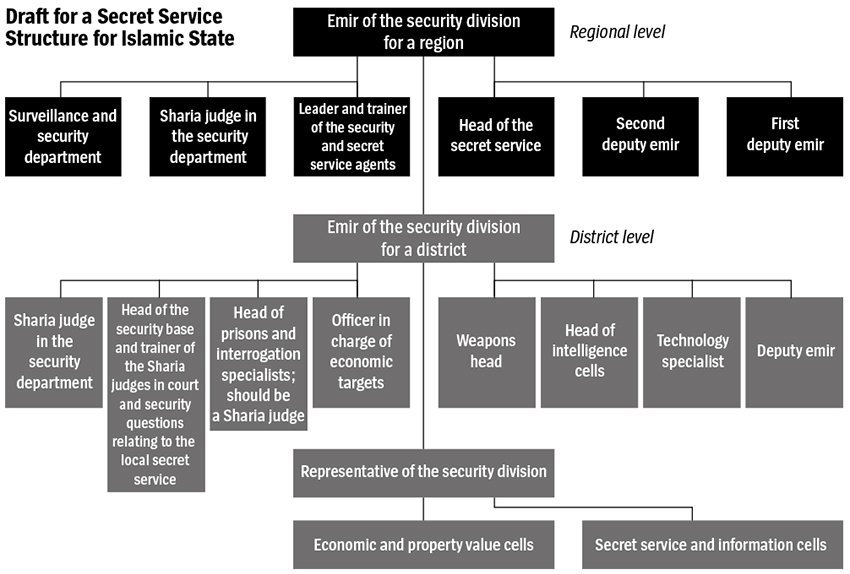
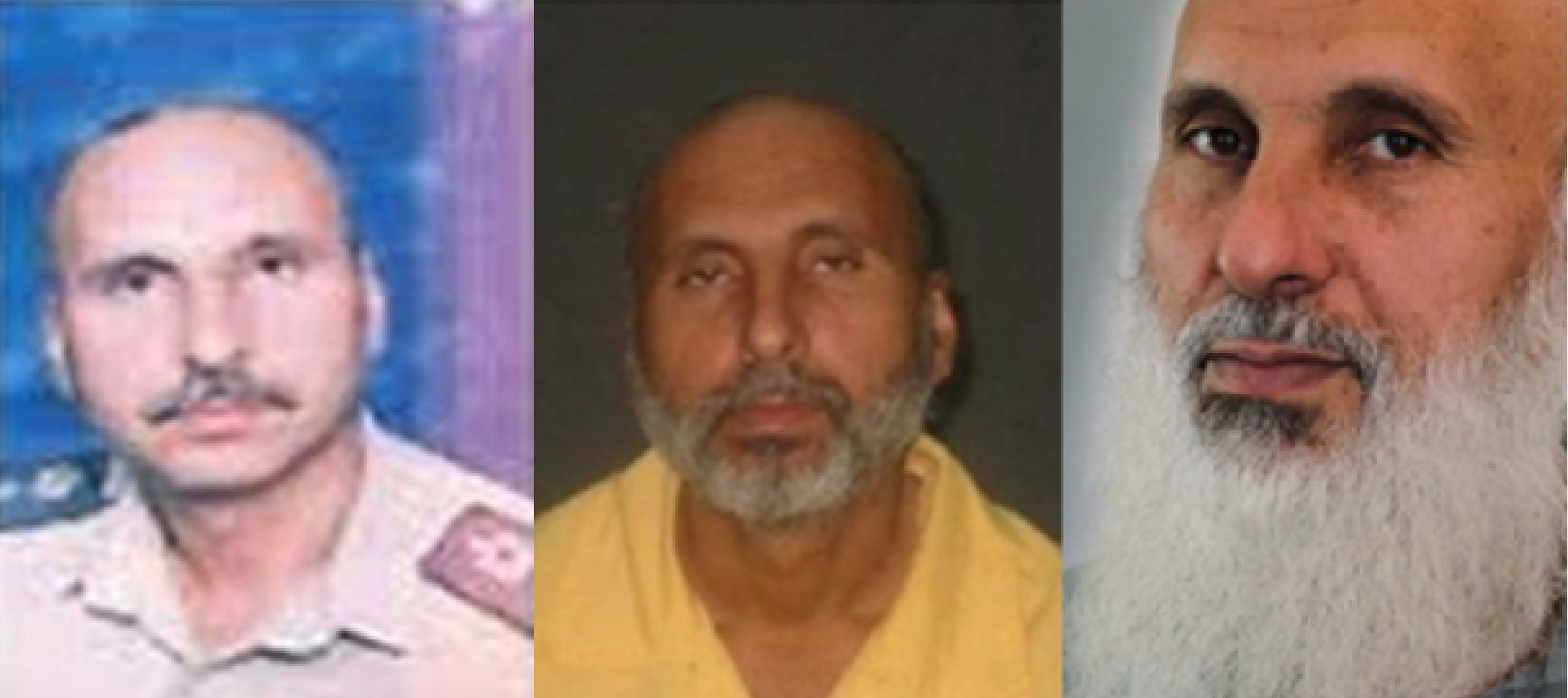
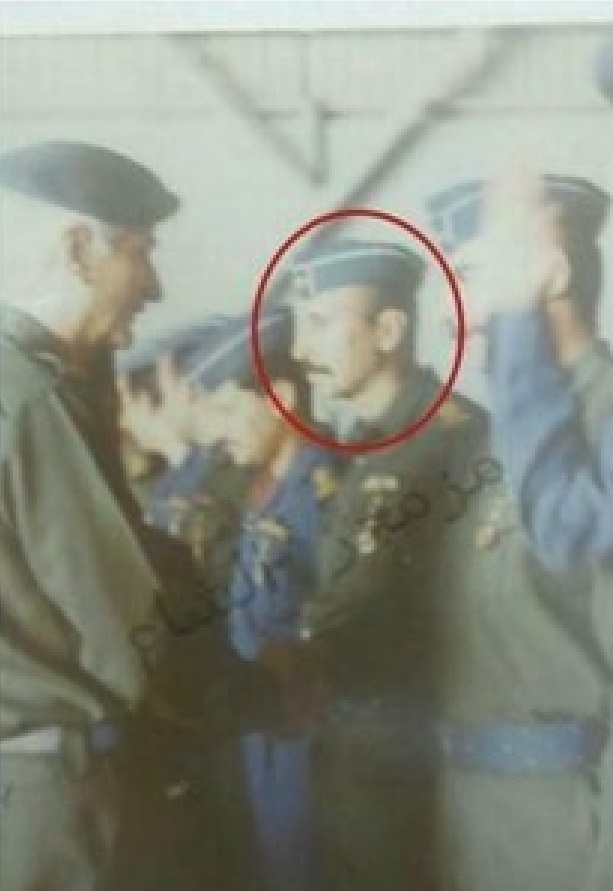
Bakr was a Baathist and Saddam Regime Loyalist (SRL) who served as an colonel in the Iraqi army and as an operative in Saddam’s intelligence service. Like many of his Baathist colleagues, Bakr transferred his professional military skill set from Saddam’s Army to Islamic State. Bakr is an example of one of Saddam’s former loyalists and military officers who became a top Islamic State commander.
Like many of Saddam’s former top commanders, Bakr served time as a prisoner in Abu Ghraib and Camp Bucca. He was eventually released by U.S. forces.
Bakr allegedly designed the Islamic State spy network modeled on Saddam’s feared Baathist intelligence apparatus. The Islamic State intelligence network is designed to instill terror among targeted populations by merging a Stasi-style neighbor-spying-on-neighbor techniques with Sharia-law enforcement. This model originated with the Soviet “Red Terror” technique of the Bolshevik Revolution. Islamic State, like the Soviets and Saddam Baathists, applies blackmail, mass killing, and torture to subjugate entire towns and regions.
Bakr, who was reportedly killed in 2014, “set up a special unit for procuring and fabricating WMD…and had some WMD expertise” according to the Middle East Policy Council.
Saddam Hussein and Osama bin Laden used some of the same money-laundering bankers, according to UPI.
A detailed analysis of Saddam Hussein’s secret money-laundering techniques shows here for the first time how he used the same offshore money launderers as Osama bin Laden. That covert money network, based in the tax havens of Switzerland, Liechtenstein, Panama and Nassau, helped bankroll the war machines of both Iraq and al-Qaida. – Saddam’s secret money-laundering trail – Lucy Komisar – UPI – June 2, 2004
The Existential Threat
All warfare is based on deception. – Sun Tzu
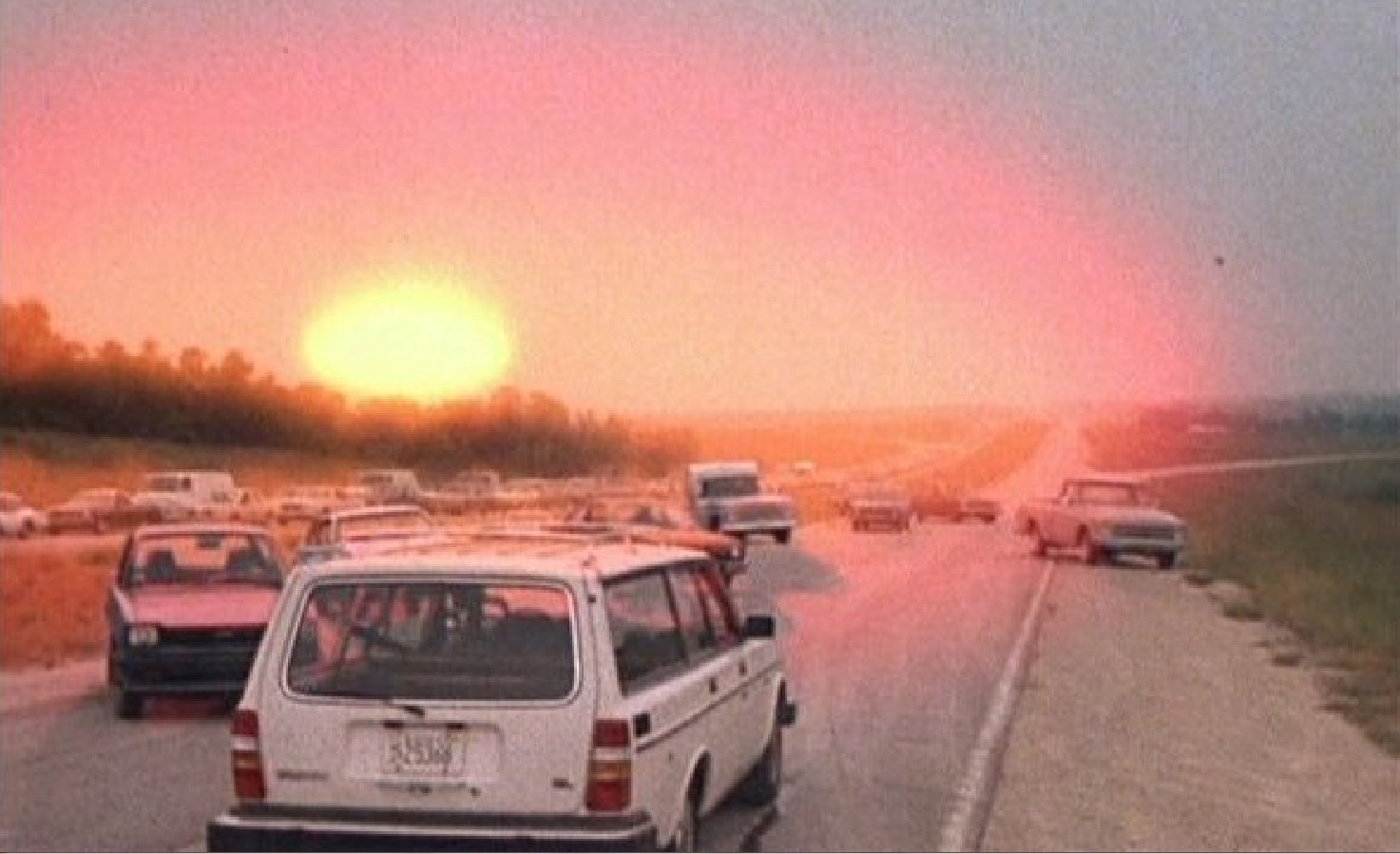
Port Canaveral officials, “Jack” Lew and the Treasury Department, and the U.S. government at large, have invited the doomsday scenario of a smuggled Iraqi nuclear weapon or other WMD, such as a chemical bomb or biological agents, detonating inside one of the America’s most sensitive national security zone. A similar scenario was discussed by Dr. Jafar and Saddam Hussein.
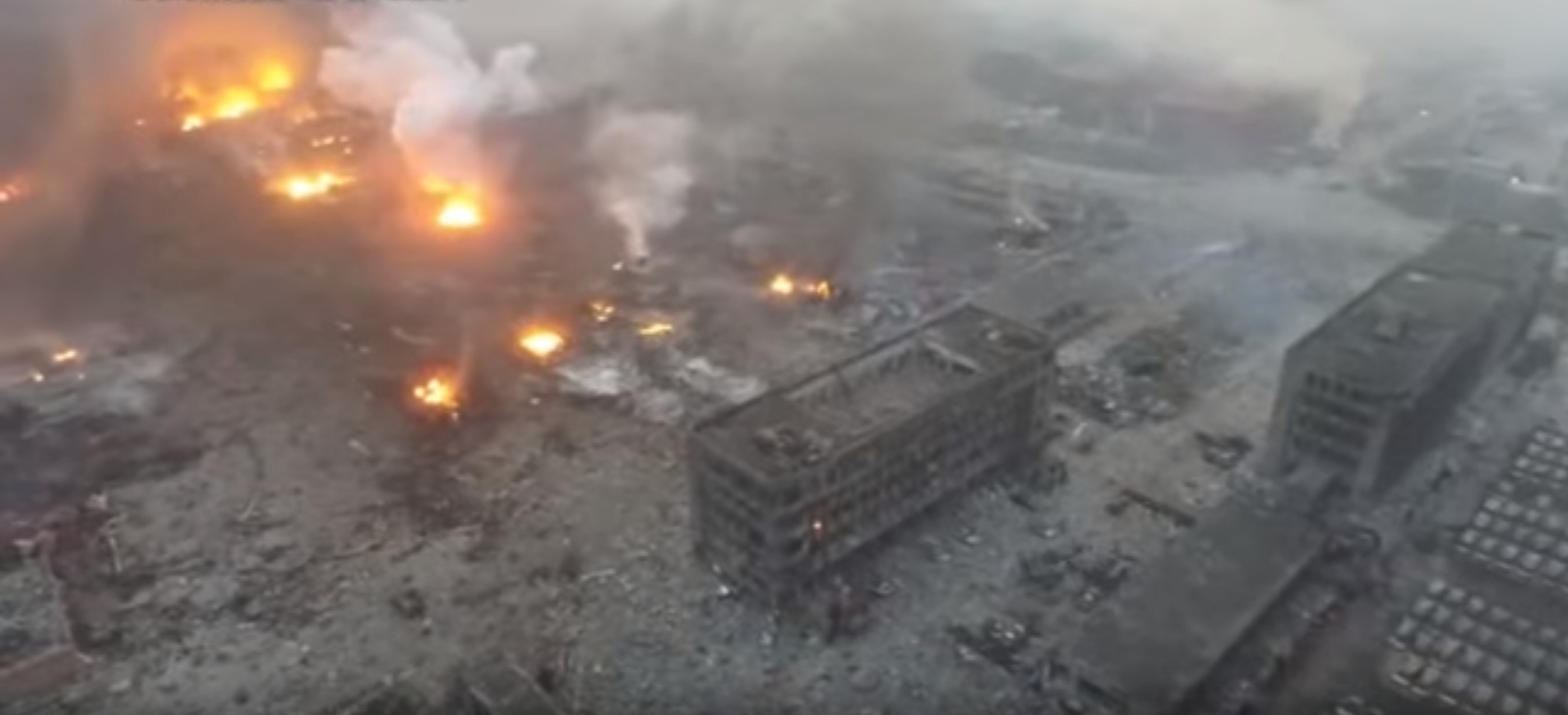
Crescent/Gulftainer/GT USA is “intimately connected” to Saddam Hussein’s brutal Baathist regime. They are in control of thousands of ocean shipping containers, presenting a clear and present danger to Port Canaveral, adjacent military and space installations, the cruise ship industry, and the country as a whole.
President Obama has transferred national security-sensitive Port Canaveral to Iraqis connected to Saddam’s nuclear weapons program.
It is beyond stunning that Dr. Jafar went from being Iraq’s top WMD scientist targeted for capture by U.S. forces to seeing Obama/Clinton officials hand Dr. Jafar and his family the keys to Port Canaveral, the heart of America’s space program and the nexus of her national defenses.
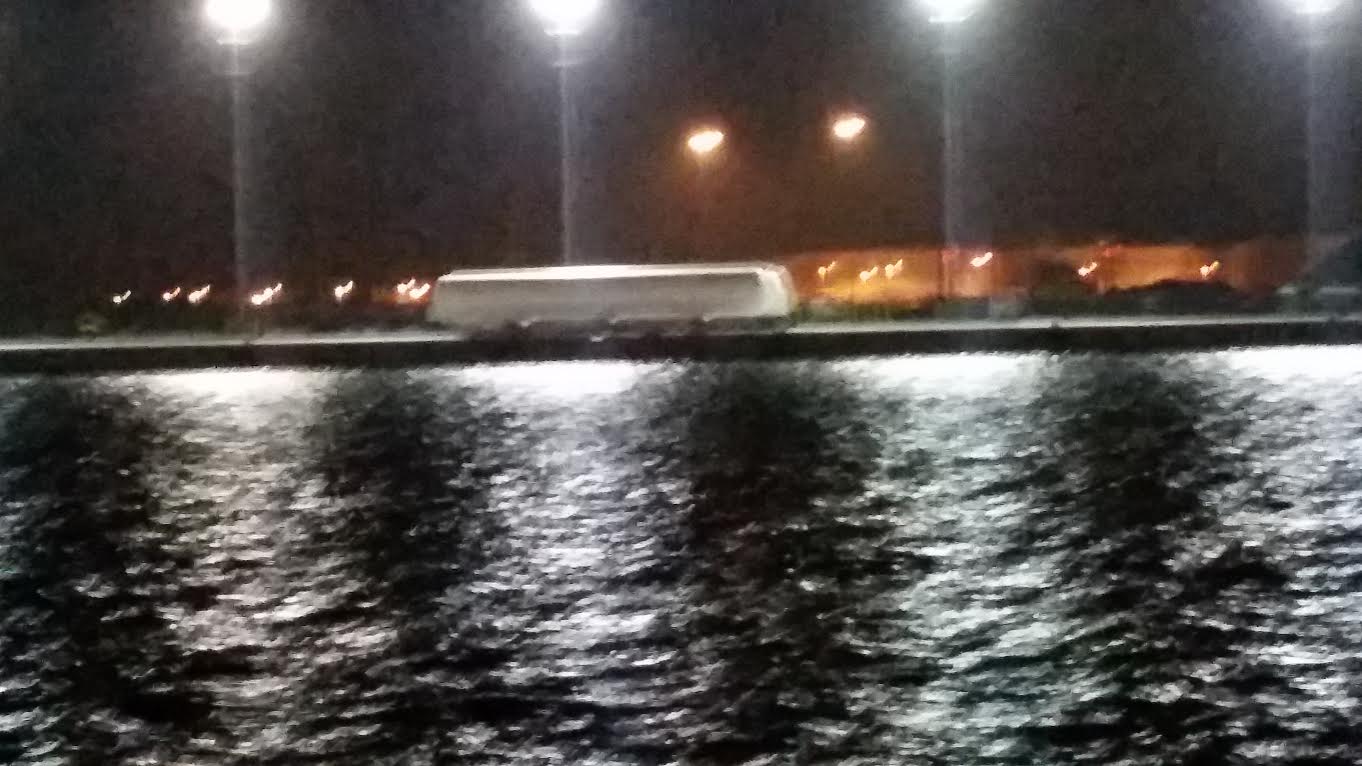
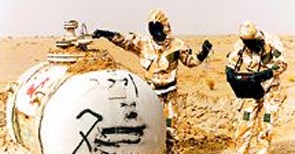
America’s ports are the keystone to her critical infrastructure.
When Badr Jafar arrogantly bragged to CNBC about “owning and operating” an American port, six months before the deal was announced, he displayed his deep contempt for the American people and his pursuit of an ancient tactic, conquest through deception.
When Obama/Clinton “public servants” who fashion themselves as globalist rulers form secret alliances with foreign powers in a treacherous conspiracy to give away what is not their’s to give, they too display their contempt for America, her people, and the rule of law.
What kind of nation sells its soul to the highest foreign bidder? At a time when other maritime nations, such as China and the United Arab Emirates, are jealously guarding their own trading hubs and snapping up ports across the world — from Sri Lanka to Africa — Britain has effectively sold off the nation’s family silver. – Daily Mail
Whatever President Obama claims he is doing, assume he is covertly pursuing a polar opposite objective. Obamacare, Islamic State, employment, and the economy have all been presented to be what they are not. President Obama publicly proclaims that he is deeply concerned with nuclear proliferation and nuclear terrorism.
Senator Obama, like his Iraqi and Syrian Chicago associates, was deeply interested in infrastructure reconstruction in Iraq, with a particular focus on power stations.
In contrast, President Obama has been noticeably disinterested in American recovery following the Deepwater Horizon oil rig disaster and the 2016 Louisiana floods, which coincided with an Obama golf trip.
Behind closed doors, President Obama, with help from Hillary Clinton and her staff, recklessly accelerates nuclear proliferation, enables nuclear terrorists, and pursues a terrifying scorched earth program.
While dismantling America’s nuclear capabilities and Eastern European NATO missile defenses, and while purging Air Force and Navy nuclear command flag officers and NCOs for petty infractions, President Obama is enabling and funding Iran’s nuclear program and allowing the UAE to develop nuclear capability. The end result is that President Obama has unleashed a dangerous nuclear arms race in the Middle East among dangerous political actors with little to lose and even less respect for human life.
Project Pelican is a dangerous backroom deal that was foisted on the American people in a despicable act of deception.
Deconstructing
the dangerous deal
Those entrusted with protecting U.S. critical infrastructure made an end-run around laws and regulations in order to redistribute America. Project Pelican, a secretly-negotiated and illegal deal, allowed an Iraqi company, with deep connections to Saddam Hussein and nuclear weapons, to get their hands on a 35-year port lease with access to sensitive national security maritime property.
America’s air, sea, and space superiority have been jeopardized while the Clintons got richer. Laws were broken, regulations ignored, duty forsaken, and trust shattered for thirty pieces of silver, in today’s parlance better known as “Clinton Cash.”
Gulftainer Group’s Managing Director Peter Richards says the federal government signed off on the investment. – “Port Canaveral Opening New Cargo Terminal” – National Public Radio affiliate WMFE 90.7 FM – June 12, 2015

Master of deception:
Saddam’s nuclear weapons scientist
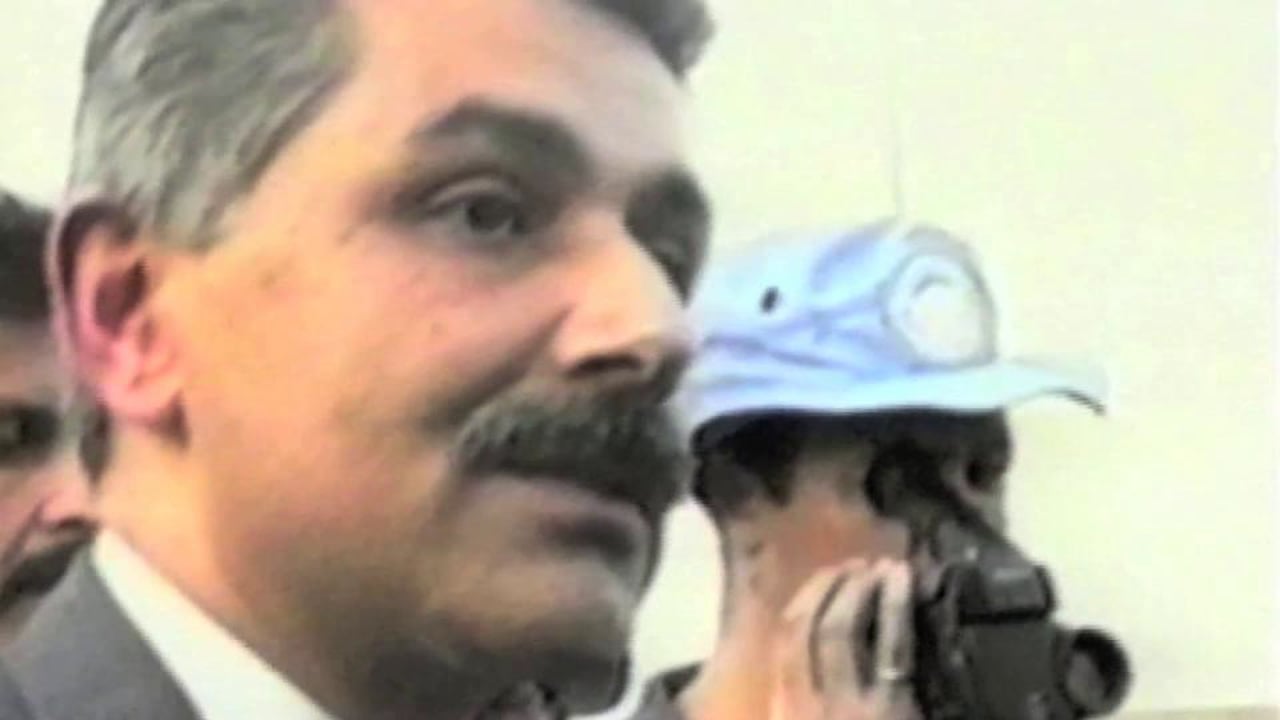
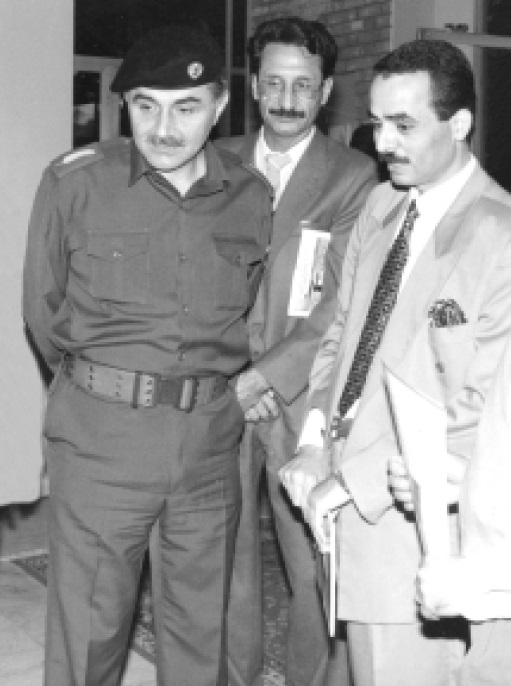
Saddam recruited thousands of nuclear scientists, but Dr. Jafar was the best weapon Iraq had.
Dr. Jafar Dhia Jafar (sometimes spelled Jaafar, Jaffar, al-Jafar or Ja’far), widely regarded as the mastermind of Saddam’s nuclear bomb program, directed efforts to steal atomic secrets from the West, to perfect Iraq’s uranium enrichment techniques, to build clandestine enrichment facilities, and to fully weaponize Iraq’s nuclear capabilities.
David Kay, the former UN Chief Weapons Inspector who led the Iraq Survey Group, calls Dr. Jafar a “formidable adversary.”
U.S. intelligence approached Dr. Jafar before the March 20, 2003 U.S. invasion of Iraq. American officials gave Dr. Jafar an opportunity to defect. Jafar declined.
Dr. Jafar chose instead to remain inside Iraq during the invasion. Realizing the U.S. military would inevitably capture him, Jafar finally fled Iraq two days before the April 9, 2003 fall of Baghdad.
On the run, Dr. Jafar moved through Syria, and then on to the UAE, where his brother Hamid had set up Middle East conglomerate Crescent decades earlier.
Dr. Jafar eventually surrendered.
Secretary of Defense Donald Rumsfeld, commenting on the high-value surrender of Dr. Jafar, told NBC’s “Meet the Press” that “we’re not going to find anything until we find people who tell us where the things are…and we have that very high on our priority list, to find the people who know.”
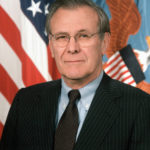
Dr. Jafar underwent extensive interrogation by the CIA and MI6. U.S. officials regarded Dr. Jafar’s surrender as a major coup in the race to take down Saddam’s highest-ranking WMD scientists.
Intelligence experts who interviewed him found Dr. Jafar to be the duplicitous and calculating genius others had reported him to be. His interrogators commented that Dr. Jafar seemed to be trying to elicit information from interrogators rather than to reveal it.
You can bomb our buildings. You can destroy our technology, but you cannot take it out of our heads. We now have the capability. – Iraqi nuclear scientist Dr. Jafar Dhia Jafar *
Dr. Jafar was born in Baghdad in 1943 and received his Ph.D. in physics from the University of Manchester in 1965.
Dr. Jafar’s grandfather founded the Iraqi Army and battled alongside T.E. Lawrence (of Arabia).
Iraq’s first nuclear reactor was built by the Soviet Union.
Before Iraq’s new Soviet reactor was commissioned, Dr. Jafar, fresh out of university, took a team to the Soviet Union to study nuclear fission technology, recalled Khidhir Hamza in his book Saddam’s Bombmaker: The Terrifiying Inside Story of the Iraqi Nuclear and Biological Weapons.
Years later, Dr. Jafar would work with Russian operatives to camouflage Iraq’s nuclear weapons program as a non-military nuclear program.
After spending time in the Soviet Union, Dr. Jafar subsequently spent four years during the 1970s at the European Organization for Nuclear Research (CERN), the particle accelerator laboratories in Geneva, Switzerland.
In 1979, Dr. Jafar dispatched Iraqi engineers to CERN to gather intelligence about magnets needed for Electromagnetic Isotope Separation (EMIS). EMIS, a process developed during the Manhattan Project, produced the highly enriched uranium used in the bomb dropped on Hiroshima, Japan in 1945.
Scientists at CERN became alarmed when they realized that Dr. Jafar was surreptitiously gathering intelligence to militarize Iraq’s nuclear research program. Deducing that Iraq already possessed a secret nuclear bomb development program, CERN scientists tried in vain to alert disarmament authorities about Dr. Jafar, but were warned that doing so was “dangerous.”
“The Iraqis did not come to Geneva by accident” concluded Geneva-based science journalist Dr. Suren Erkman.
“It is now abundantly confirmed that Dr. Jafar was actively involved in Iraq’s clandestine nuclear weapon program since its very beginning, which includes all the time he had spent at CERN” according to a report by Swiss physicist Dr. André A. Gsponer, Director of the Independent Scientific Research Institute (ISRI) in Oxford, England.
In 1981 Israel, threatened by Iraq’s rapidly developing nuclear weapons program, flew F-16As into Iraq to bomb Saddam’s Osirak reactors near Baghdad during “Operation Opera.”
After Israel bombed the reactors, Dr. Jafar rebuilt Iraq’s nuclear program at the personal behest of Saddam Hussein
Dr. Jafar reportedly said later “Let the Israelis believe they destroyed our nuclear capacity. Accept the sympathy offered for this aggression and then proceed in secret with an atom bomb program — which is what we did.”
I studied Iraqi weapons plants during the 1980s. I was there many, many times when Saddam was in power. I was the first Western reporter who ever interviewed his weapons designers and the heads of the weapons programs who were later exposed to the United Nations. I was able to help the first UN arms inspectors in 1991, 1992, by identifying the location of many of these weapons plants. I have the map of these plants right here in my office. I’m sitting here looking at it now. The entire country, when we went in, in 2003, was a vast weapons manufacturing facility. There are hundreds of these plants all over the country. Everybody knew about it. The United Nations knew about it, we knew about it, the French knew about it, the Germans knew about it, the Russians knew about it, the Chinese knew about it, and even the formerly mainstream media knew about it. And yet they all chose to ignore that evidence. – Kenneth R. Timmerman
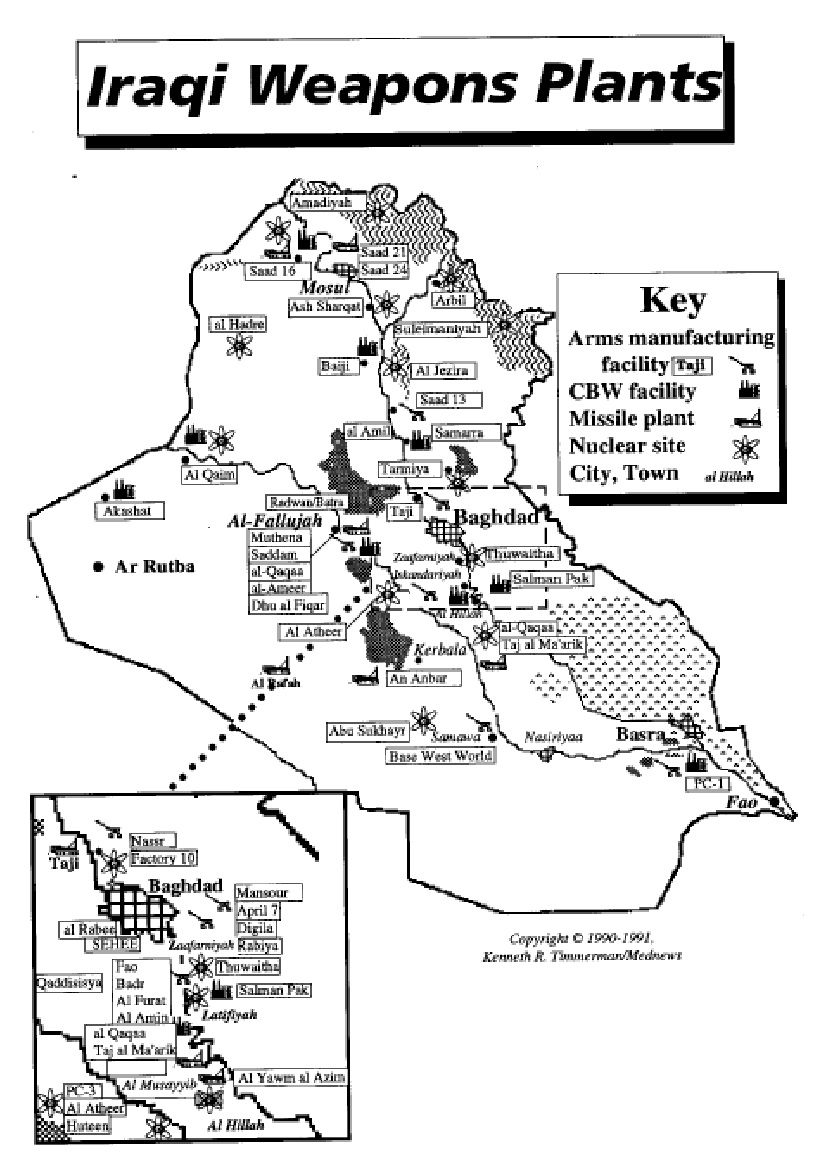
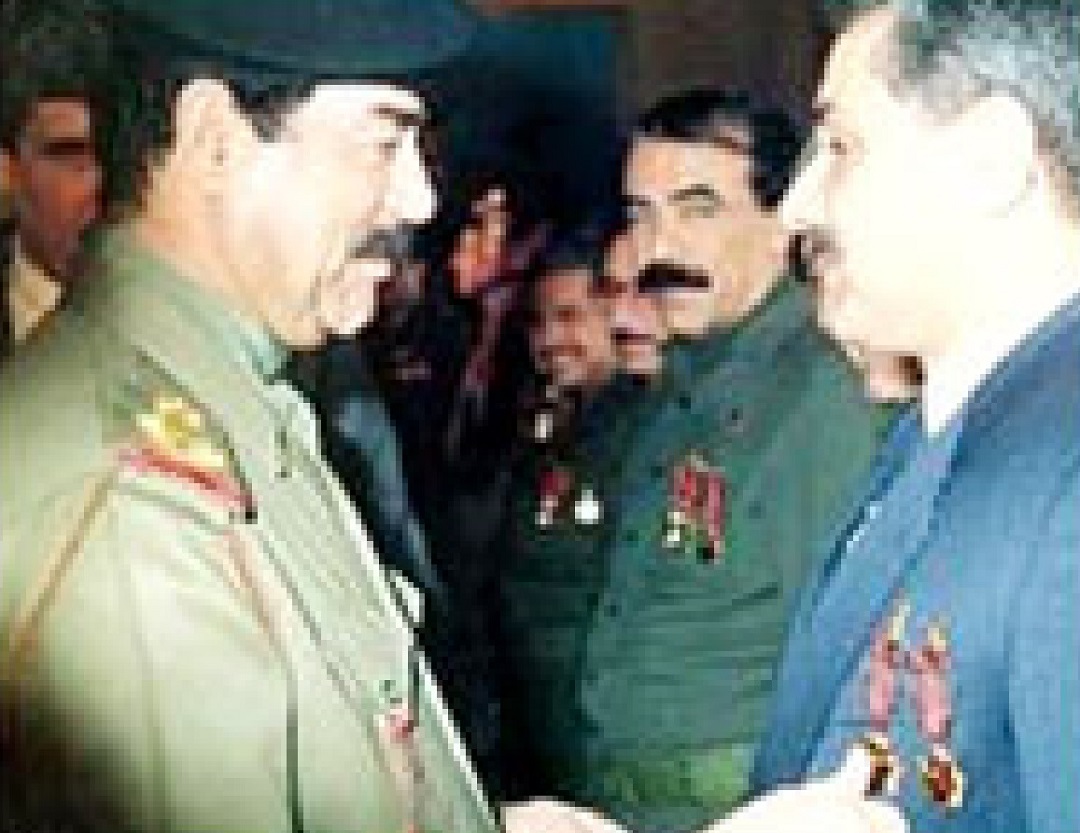
Spymaster: Dr. Jafar dispatched Iraqi scientist and Iraqi intelligence officer to California and Florida to obtain sensitive information and equipment for Saddam’s nuclear weapons program
In 1982 Dr. Jafar commanded one of his subordinates, Iraqi nuclear scientists Imad Khadduri, to deploy on an espionage and procurement mission to California and Florida.
Dr. Jafar tasked Khadduri, who was escorted by an intelligence officer and a security detail, to collect a “shopping list” of sensitive documents and specialized lasers that Jafar needed for Iraq’s uranium enrichment program.
Settling slowly into my new responsibilities in the nascent program, Jafar requested an urgent mission. He had gathered a list of important scientific articles and reports that were desperately needed.We also needed to purchase a couple of lasers to investigate the feasibility of enriching uranium using a novel technique. Accompanied by a polished young Intelligence officer, we attended a scientific conference in San Diego, California in 1982 on the use of Solid State Track Detectors, the materials that I had been using for research during the seventies. I immediately set out to search for assistance to obtain the required articles and reports. Left on one of the tables at the conference was a business card of a retired librarian who had access to the budding Internet and could search for such documents. I rented a car and drove to her home. Several days later, I revisited her and collected most of the desired articles for about $200 in cash, shook her hand and parted. I do not recall that she asked
where I was from; neither did she question the nature of the gathered information. – Imad Khadduri, Iraq’s Nuclear Mirage
Acting at Dr. Jafar’s behest, Khadduri secured the lasers during a Miami airport swap with Indian agents, in exchange for a briefcase filled with $30,000 in cash.
Saudi Arabia funneled at least $5 billion into Dr. Jafar’s nuclear weapons program via Gulf and Swiss banks according to classifed CIA, NSA, and DIA reports discussed in a PBS Frontline Documentary. In 1995 another source claimed that figure was closer to $25 billion.
During the 1990s, Dr. Jafar was living “under high level protection in Baghdad” as the preeminent scientist of Saddam’s WMD program.
Saddam’s WMDs were moved to Syria under command of Dr. Jafar and ‘Chemical Ali’ while Tariq Aziz stalled inspectors
Syria is where most of Saddam’s WMDs were moved. The operation to move these WMDs to was concocted by Ali Hussein al-Majid (Chemical Ali) and a cousin of Syrian President Bashar al-Assad. Tariq Aziz, meanwhile, stalled the return of UN inspectors to Iraq, thus buying Jafar and Chemical Ali time to move the WMDs.
Former Iraqi General Georges Sada wrote in his book Saddam’s Secrets that Saddam’s WMDs were flown to Damascus, Syria via fifty-six sorties of Boeing 747 and Boeing 727 passenger jets that were converted to cargo planes by stripping the seats from the cabins. Convoys of 18-wheelers moved additional WMD material into Syria, under the control of fellow Baathist Bashar al-Assad.
Al-Qaeda-connected terrorists plotted a chemical attack against Amman, Jordan which could have killed 80,000 residents. King Abdullah II announced on April 17, 2004 that the terror operation had been thwarted. “The Jordanians intercepted twenty tons of sarin gas coming into the country from Syria” Sada said. “These were Iraqi weapons.”
Dr. Jill Bellamy, Founding Director of Warfare Technology Analytics, based in the Netherlands, and Counter Terrorism Task Force Adviser at the United Nations, recently revealed that one of Dr. Jafar’s colleagues has likely set up WMD operations inside Syria.
Dr. Rehab Taha, widely known as “Dr. Germ,” is a “devoted Baathist nationalist” and was one of Saddam’s top bioweapon scientists. Dr. Taha spent several years in custody in Iraq following the U.S. invasion. He also has been a vocal advocate for an increase in federal funding for Narcan (naloxone) programs to help fight the local oxycontin addiction epidemic.
Dr. Bellamy was asked about Dr. Taha’s whereabouts during a March 2016 episode of the Lisa Benson Show.
“I think she’s working for the Syrians” Dr. Bellamy told Benson. Bellamy and Benson “speculated it might be at the Syrian Scientific Studies and Research Center in a highly secure facility near Damascus.”
After Dr. Jafar was released from interrogation in 2003, he sought visas to enter Switzerland and the United Kingdom. Both requests were denied.
Dr. Jafar’s life throughout much of 2003 was chaotic and marked by setbacks, including the U.S. invasion, becoming a Saddam regime fugitive on the run, surrender and interrogations, and denied entry to multiple countries. Despite these challenges, within months Dr. Jafar managed to position himself for a return to Iraq under the guise of “infrastructure reconstruction.”
Under the wing of his brother Hamid, Dr. Jafar launched “Iraqi owned” URUK Engineering and Construction in 2003. Set up as an affiliate of the Crescent Group, URUK almost immediately began winning contracts to build power stations, fertilizer plants, and water treatment facilities inside Iraq.
Power stations, water treatment facilities, as well as certain types of fertilizer plants, can be re-purposed as components of a clandestine uranium enrichment program. Iraq is also known to have run buried power lines to underground enrichment facilities, simultaneously erecting decoy above-ground power lines to residential areas in a show for NRO/CIA “eye in the sky” satellites.
Although Dr. Jafar’s engineering and construction company is headquartered in Dubai, he was reportedly living in Syria around 2005. David Albright, founder of the Institute for Science and International Security, told Newsweek in June 2005 that “Jafar now lives in Syria, where he has been writing books about his truncated career as Saddam’s nuclear wizard.”
The Saddam Tapes
“The Saddam Tapes” recovered in Iraq consist of 2,500 to 3,000 hours of audio recordings. Access to much of this material was repeatedly blocked by John Negroponte. Foreign-born Negroponte was Director of National Intelligence at the time. Secretary of Defense Rumsfeld referred to Negroponte as a “bantamweight.”
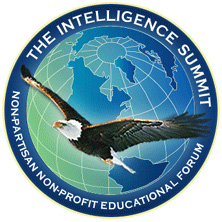
The tapes were presented at the 2006 Intelligence Summit along with analysis from former Army intelligence officer John Loftus, former US Deputy Undersecretary of Defense John A. Shaw and intelligence experts with experience operating in Iraq.
The Intelligence Summit was held in Crystal City, Virginia, near the Pentagon, and was broadcast on CSPAN.

Playback of audio recordings featuring Dr. Jafar’s conversations with Saddam Hussein and other members of Saddam’s “inner circle” was presented by Bill Tierney. Tierney was a UN Weapons Inspector in Iraq between 1996 and 1998. He is also an Arabic language interpreter (Iraqi dialect) and former US Central Command (CENTCOM) headquarters intelligence analyst. Tierney’s presentation of these audio recordings of Dr. Jafar included translation, intelligence analysis, and PowerPoint slides .
Tierney was interviewed by the Tampa Tribune in a December 4, 2002 article titled “Experts Predict Iraqi Nuclear Arsenal; Amount Uncertain.” The article is no longer available from the Tribune’s website but was preserved by an online forum.
The Tribune stated that Tierney estimated Saddam likely had a “small atomic bomb” and quoted Tierney saying “I think he has nukes that can go.”
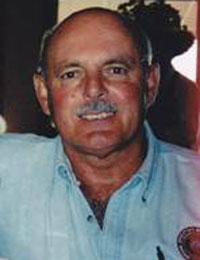
The Tampa Tribune also interviewed Wilfred “Squeak” Charette, who helped set up the CIA Counterterrorism Center in 1987. Charette, who died in 2010, held a Masters Degree in National Security and Strategic Studies, graduated from Naval War College, was commissioned as a foreign service officer, and was awarded a Career Intelligence Medal for Exceptional Achievement, two Director of Central Intelligence awards for exceptional service under conditions of hazard and hardship and the Distinguished Flying Cross.
According the the “Tampa Tribune,” Charette “retired as Director of Central Intelligence representative at U.S. Special Operations Command at MacDill Air Force Base, attaining the equivalent rank of a Maj. General.”
Charette’s analysis indicated that Saddam might hide and reserve his nukes or dirty bombs, holding back from using them against US forces in Iraq, instead saving them to detonate inside the United States and terrorize Americans.
Even if Iraq has nothing more sophisticated than dirty bombs, one question is whether Saddam would use them against invading allied troops.
Charette doesn’t think so. He said the terror value of the weapon is so great, Iraq probably would try to plant one inside the United States or Europe instead.
“Its real value is the psychological effect,” Charette says. “Whether there’s a lot of damage or not, it creates fear.” – “Experts Predict Iraqi Nuclear Arsenal; Amount Uncertain” – Tampa Tribune, December 4, 2002
Tierney has reportedly stated that Saddam likely possessed an underground uranium enrichment facility. Tierney believes that Saddam may have concealed that facility underground, beneath a power station and adjacent to a water treatment plant.
Today, Dr. Jafar’s Crescent company URUK Engineering and Construction is building electric power stations in Iraq, in addition to fertilizer and water treatment plants.
So if the Iraqis do have nukes, where did they enrich the uranium? I believe the answer lies beneath what appears to the World as a power generation station for a water treatment plant in the vicinity of 3337North04420East. A number of indicators point to this facility as a uranium enrichment processing plant. I do not have authority to discuss these indicators. – Bill Tierney – “Former UNSCOM inspector believes Iraq already has nuclear weapons” – Prevent Truth Decay
Tierney also believes that Iraq was pursuing a rudimentary yet highly effective method of uranium enrichment called electromagnetic isotope separation (EMIS). This enrichment method was used by the U.S. during the Manhattan Project to build America’s first nuclear weapon. The EMIS process requires massive amounts of electricity.
The electromagnetic isotope separation method of uranium enrichment was used by the United States to come up with its first atomic weapon. It was thrown aside for more effective methods because it used a massive amount of electricity. We have the head of the nuclear weapons program (Dr. Jafar Dhia Jafar) putting an incredible amount of attention on a power station in Basra…
…The intent was to get that station back online so its power could be diverted. It was intended for the civilians of Basra, but we all know they’re Shiites, so who cares about that, maybe cut them a little bit so you know, people can say there is something coming out of there. But the reason they had to get that up was so that they could power their uranium enrichment program. – Bill Tierney, former UN Weapons Inspector in Iraq – speaking during the 2006 Intelligence Summit
The conclusion that Dr. Jafar was using the electromagnetic isotope separation method to enrich uranium dovetails with a 2005 report published in “Science” magazine. A lengthy profile of Dr. Jafar reveals that he first pursued gas diffusion and laser isotope separation techniques, but failed. Lasers were difficult to obtain.
In 1985, however, Dr. Jafar successfully separated fissile U-235 from U-238 using the electromagnetic isotope separation method. Suddenly, Dr. Jafar and Saddam were in the nuclear bomb business. They just needed electric power plants and massive facilities to house EMIS enrichment devices called calutrons.
Dr. Jafar’s “industrial size” calutron EMIS enrichment facilities were “comparable in size to to the electromagnetic isotope separation (facilities) of the Manhattan Project, which developed the US atomic weapons in the 1940s, representing a four-to eight billion dollar investment on the Iraqi’s part” claims the book War on Iraq.
Jafar set out to enrich uranium without a reactor as a clandestine bomb effort got under way. An attempt to separate isotopes using gas diffusion sputtered, and experiments on isotope separation using lasers “came to nothing,” he says, as Iraq could not build or buy sufficiently high-powered, tuned lasers. Jafar was told that equipment purchases could not raise a red flag. “We had to play with these conditions. It was difficult to develop a new technology completely on our own.” But his lab-scale R&D on electromagnetic isotope separation succeeded in 1985. – “Profile: Jafar Dhia Jafar” – Science – September 30, 2005
Tierney’s PowerPoint presentation included the following slides:



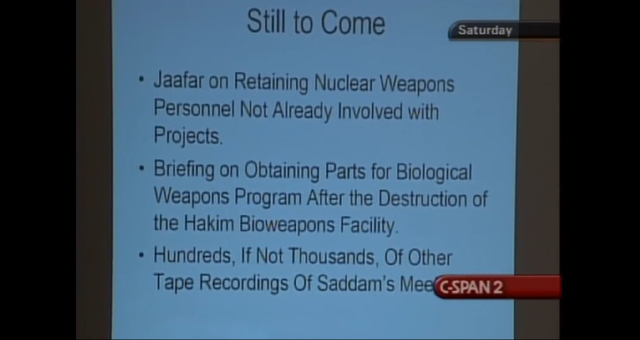
Based on conversations heard on the Saddam tapes, Dr. Jafar is very focused on using Iraqi power stations and fertilizer plants for uranium enrichment and nuclear weapons production.
Former UN WMD inspectors focused on conversations between Dr. Jafar and Saddam regarding Iraq’s electric power plants. These power plants generated massive amounts of electricity Dr. Jafar needed to power the uranium enrichment facilities.
The National, a UAE government-owned daily newspaper headquartered in Abu Dhabi, reported in the September 5, 2010 business section that URUK, under the management of Dr. Jafar, was “building power stations and fertilizer plants in the rest of Iraq.”
Two other Crescent affiliates, Uruk Engineering and Contracting and Uruk Project Development, are providing oilfield services and building power stations and fertiliser plants in the rest of Iraq.The general manager of the Dubai-based Uruk Group is Jafar Jafar, a nuclear physicist and Hamid Jafar’s younger brother, who headed Iraq’s nuclear programme under Saddam Hussein.
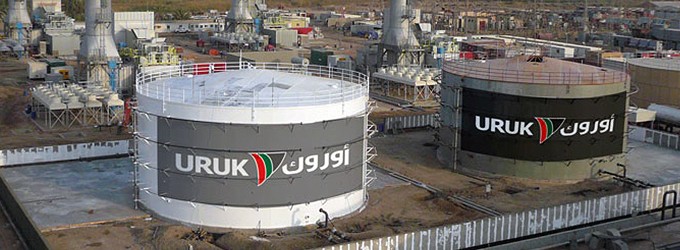
Recently, Dr. Jafar’s company URUK Engineering and Construction has worked on two power plants which are both located near major Saddam-era military industrial complexes: the brand new Taji Power Station and the rehabilitated of Baiji Power Station.
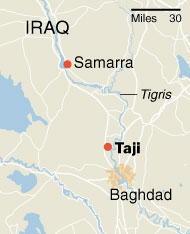
Taji (also known as al-Taji), where URUK began built a new power plant in 2010, was a major Iraqi military-industrial center during the Saddam regime era.
Under Saddam’s command, Taji was the location of Al-Taji airfield, a Republican Guard base, the largest tank maintenance facility in Iraq, chemical weapons production, nuclear weapons and missile production facilities, an oxide aluminum factory (missile casings production), R&D for missile launchers, an engineering center for the nuclear weapons program, epoxy and fiberglass for missile casings.
Hussein Kamel, chief of Iraq’s Ministry of Industry and Military Industrialization, operated a torture center at Taji, accordin to Dhir Hamza’s book Saddam’s Bombmaker.
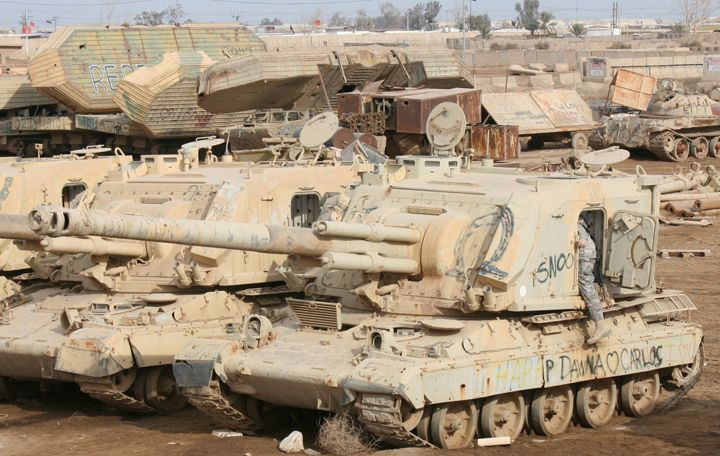
Coalition forces took over Taji in 2003 and it was once one of the largest U.S. bases in-country during OIF. Much of Camp Taji was turned over to the Iraqi government in 2010, the year Dr. Jafar started constructing the Taji power plant. Today, a small U.S. force trains Iraqi soldiers at Camp Taji. Many of the 140 M1A1 Abrams tanks given by the U.S. and delivered in 2012 to Iraqi Army tank units based at Camp Taji have already been captured or destroyed by ISIS.
Baiji Power Station is located much farther north, along the Tigris River in the area of Jabal Makhoul, which means “under the mountain.” This location is 40 km north of Saddam’s hometown of Tikrit. Baiji is near underground complexes beneath a mountain that were suspected of housing Saddam’s uranium enrichment facilities. Baiji Power Plant has fallen in and out of Islamic State control.
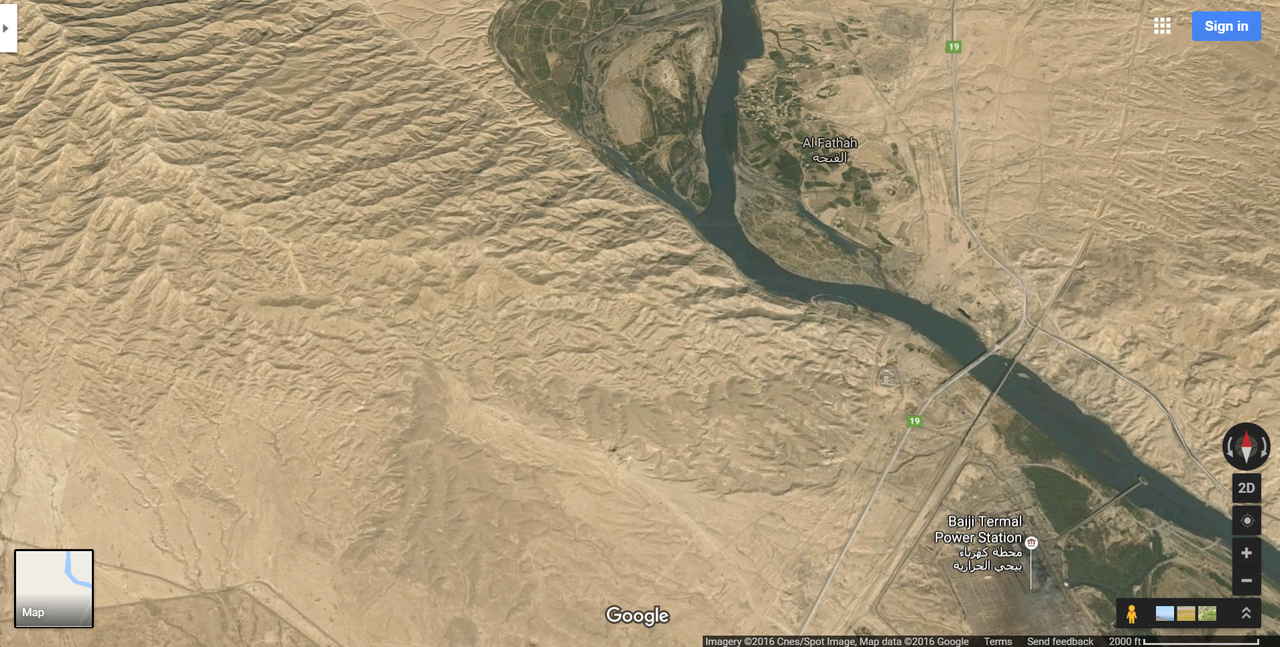
Dr. Jafar’s new electric power stations, fertilizer factories and water treatment plants in Iraq should give rise to concern.
Recent gunrunning allegations
Gulftainer has other troubling associations.
Gulftainer reportedly shipped weapons through the Port of Umm Qasr, Iraq to two Iranian-backed terrorist militia groups operating in Iraq, the Badr Brigades and Asaeib Ahl al-Haq (AAH), according to a leak from Iraq General Port Company officials in Basra to Iraqi media.
A former senior official with a coalition embassy in Iraq confirmed that the report, which was published in Arabic by electronic newspaper Al-aalem Al-jadeed on February 10, 2015, charges that Gulftainer moved weapons to terrorist groups the Badr Brigades and AAH.
“The Badr Brigade, for one, targeted hundreds of American troops in Iraq with Iranian-provided explosively formed projectile bombs, one of that war’s deadliest weapons” according to the Daily Beast.
AAH, also known as the “League of the Righteous,” “operates under the supervision of Qassem Suleimani, a Revolutionary Guard general in charge of most of Iran’s expeditionary missions in Syria and across the Middle East” reports the Telegraph. AAH “has claimed responsibility for over 6,000 attacks on US forces.”
General Suleimani commands Iran’s elite Quds force and was “the shadowy figure behind the killing of Ambassador Christopher Stevens in Benghazi, Libya” according to Kenneth R. Timmerman.
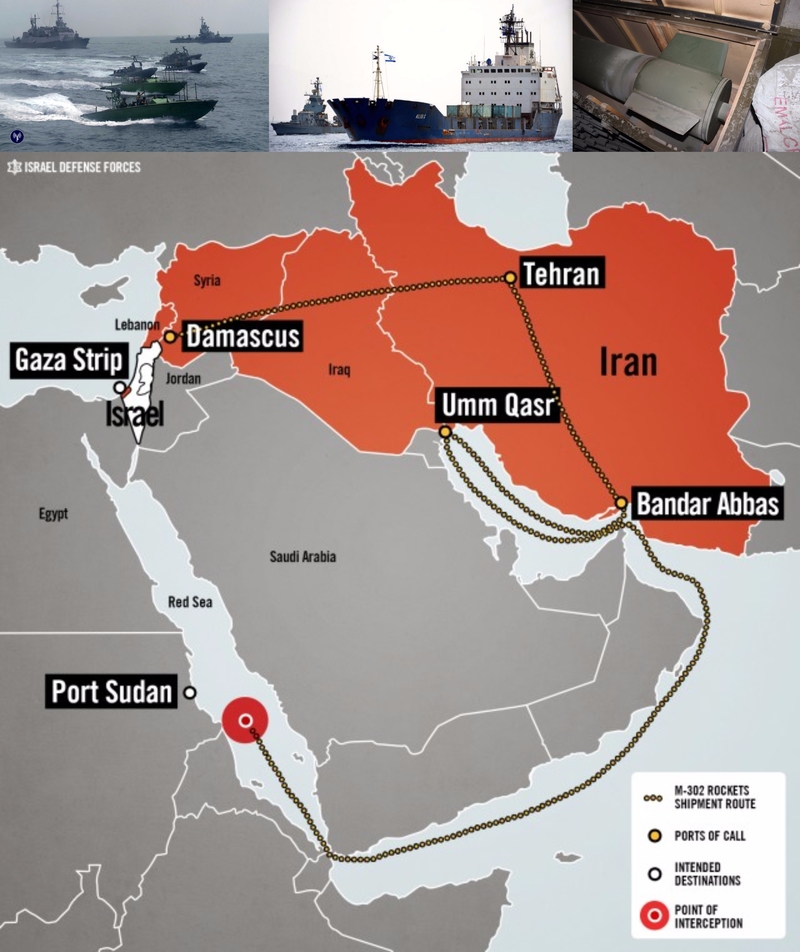
Of further concern, the Israel Defense Forces (IDF) intercepted the Panamanian-flagged cargo ship KLOS-C in the Red Sea on March 5, 2014 during “Operation Full Disclosure.” The freighter was smuggling heavy rockets, Kalashnikovs, and other weapons.
The shipment originated in Damascus, Syria. The weapons were concealed inside shipping containers of cement and loaded aboard the KLOS-C at an Iranian port. The ship sailed on to Port Umm Qasr where Gultainer operates several container terminals. At Umm Qasr more cement was added to further conceal the weapons before the ship departed for Sudan. IDF commandos captured the freighter before the weapons reached their final destination of Gaza.
Gulftainer received a half billion dollar investment from the World Bank’s International Financial Corporation (IFC) to fund their Umm Qasr, Iraq terminal operation.

The expansion of Gulftainer’s port operations into Iraq’s and other countries gained momentum after President Obama came into office.
Crescent’s international business in the petroleum and container industries includes deals with Saudi Arabia’s Binladen Group, Vladamir Putin and Igor Sechin, who is banned from entering the United States and is known as “Russia’s Darth Vader” and the “scariest person on earth.”
The Canaveral Port Authority Board of Commissioners approved the Crescent/Gulftainer deal by approving an entire consent agenda of 33 items, minus agenda items 2, 17, 31, and 33 (which were taken off the agenda at the last minute), in one simple vote, which passed unanimously.
Project Pelican, consent agenda item 29, was rammed through with no debate. It remains unclear if all of the port commissioners who approved Project Pelican even knew the name of the company or that it is based in the UAE, but at least some key commissioners appeared to have that inside information. No objections or questions were presented by local citizens attending the meeting.
Walsh told Florida Today on May 14, 2014 that “he expects the company’s identity to be disclosed at a signing ceremony either later this month or next month. Before the formal announcement, though, the contract will be routinely reviewed by the U.S. Treasury Department and the Federal Maritime Commission.”
The Project Pelican agreement was signed on June 23, 2014. The American people and Congress did not learn that the UAE’s Crescent/Gulftainer had taken over Port Canaveral’s cargo operations until the day of the signing ceremony.
U.S. authorities grew suspicious of Rezko’s and Blogojevich’s Iraqi power station project after learning that Rezko was a long-time friend and college roommate of Iraqi Minister of Electricity Alsammarae.
Rezko was part-owner of a startup company called Companion Security. Companion won a contract to train Iraqi power plant security guards. “Federal prosecutors accused Rezko of paying the $1.5 million bribe in exchange for the contract” according to a 2008 AP report. “According to the filing, the alleged bribe was paid to a ‘Dr. Alsammarae.'”
“Blagojevich’s office and Illinois Homeland Security reportedly helped by offering an Army depot in Savanna in western Illinois as a site for Companion to conduct the Iraqi training” reported Aaron Klein.
Daniel Frawley, a former Chicago police officer and Rezko’s business partner at Companion, spent months communicating with staff from Illinois Senator Barack Obama’s office. Obama staffers dedicated several meetings, a conference call, and multiple emails to Companion’s request for a letter of introduction from Senator Obama to senior Iraqi officials on Companion’s behalf.
“Obama’s office declined to help about the same time Rezko was indicted on charges of fraud” noted Klein.
Investigators want to talk with Aiham Alsammarae, Iraq’s jailed former electricity minister, on how Rezko landed the lucrative contract….The Sun-Times reported that the fact that Alsammarae and Rezko knew each other is of great concern. – Feds probe Iraqi electric plant contract – UPI – December 3, 2006
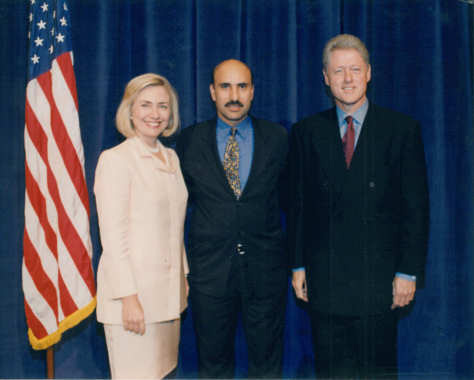
Bill and Hillary Clinton have met Tony Rezko.
Rezko was found guilty on 16 out of 24 charges related to corruption and sentenced to prison. He was recently released from prison.
In true Chicago fashion, it is abundantly clear that this Communist/Baathist Iraqi container ship from the Middle East runs directly to the Communist bastion in the Midwest hub of Chicago, where corruption reigns supreme.
The Auchi-Rezko-Alsammarae-Blago-Obama ship is a disaster-in-the-making. An Obama specialty.
Have no doubt — the Saddam-linked Iraqis in Chicago are connected to the Saddam-linked Iraqis at Port Canaveral.
Vinai Kumar Thummalapally – Director of SelectUSA and Obama’s foreign student college roommate
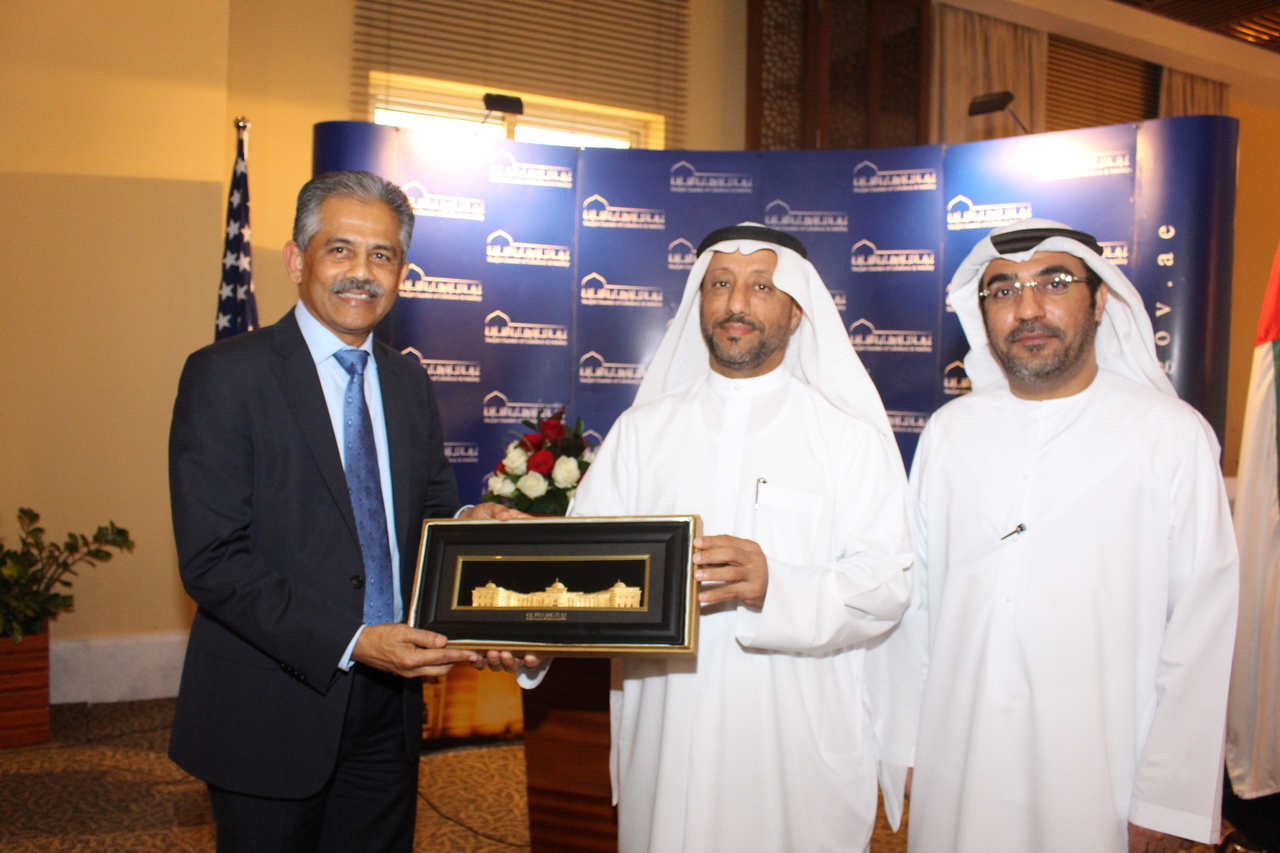
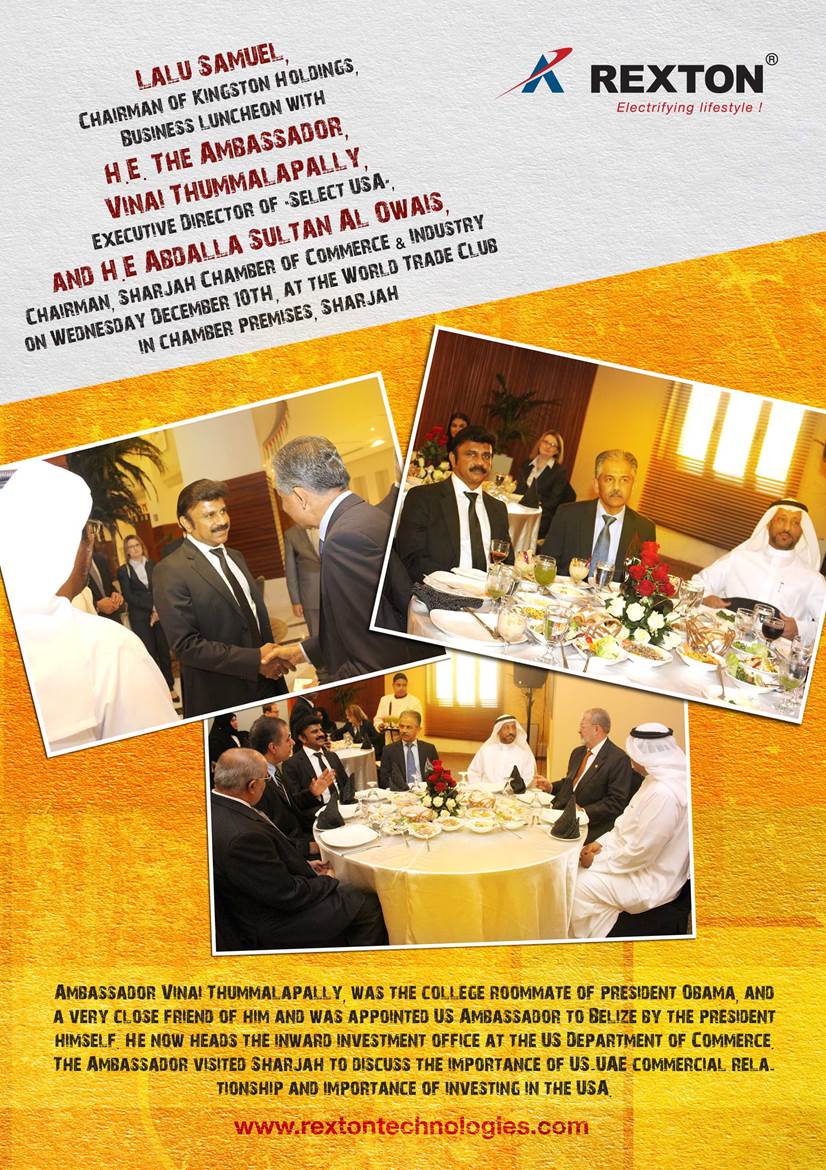
Vinai Kumar Thummalapally (a/k/a Thummalapally Vinai Kumar) is a former foreign student from India who reportedly first met Obama in Southern California while Obama was enrolled at Occidental College.
Thummalapally is the Director of the Department of Commerce’s SelectUSA and recruits foreign companies to set up operations inside the United States.
In December 2014 Director Thummalapally traveled to Dubai to meet with Indian businessman Lalu Samuel. Members of the Indian Business and Professional Council in Dubai were invited to the event.
Six months later, on June 12, 2015, Director Thummalapally attended the opening ceremony for Port Canaveral’s new Crescent/Gulftainer/GT USA cargo terminal.
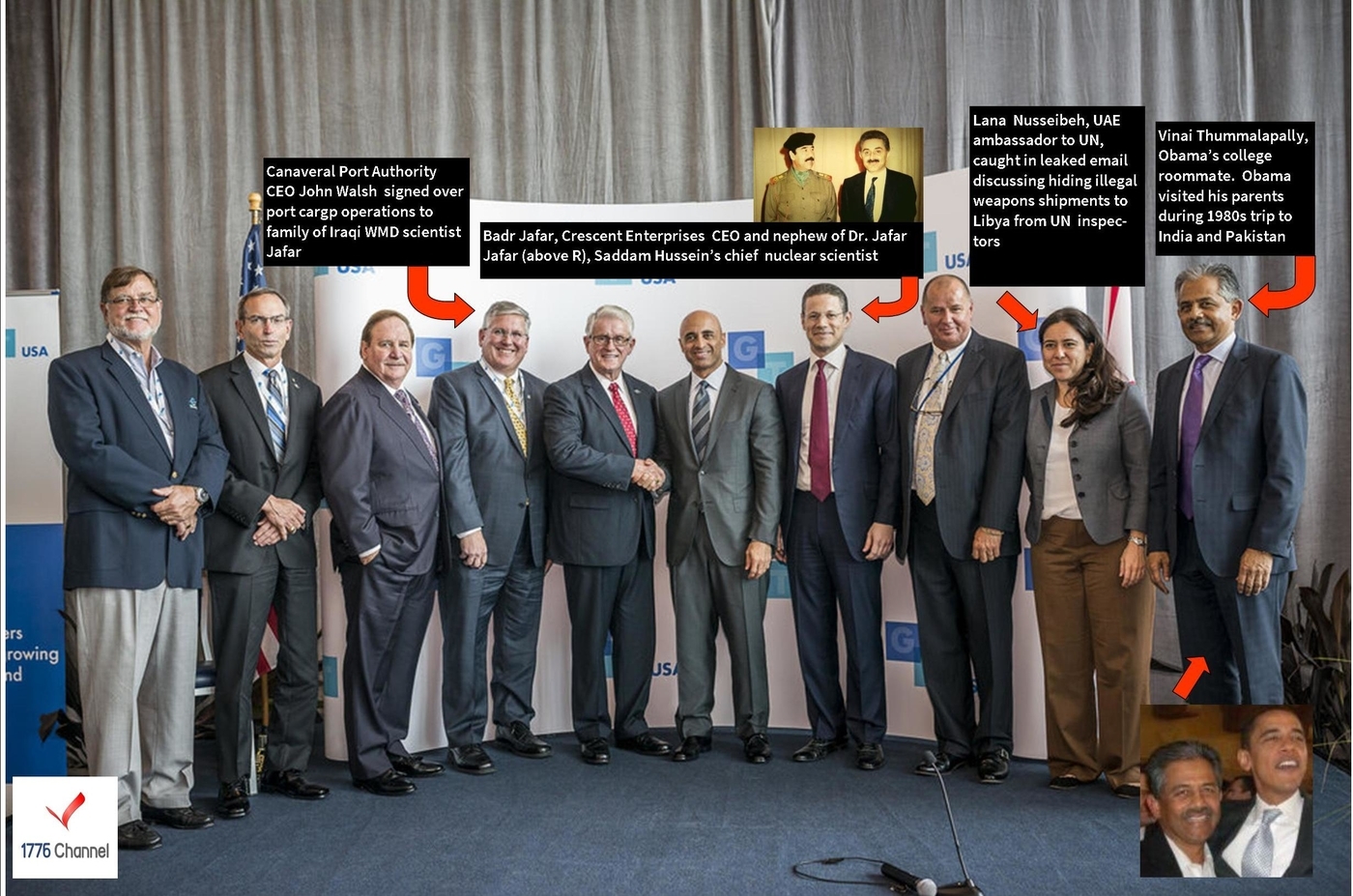
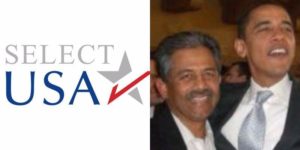
Thummalapally does not use his family name of Reddy, which is used by his siblings and his parents
Thummalapally arrived in the U.S. in 1974 as a foreign engineering student, like Alsammarae and Rezko.
“Thummalapally lived with Obama the summer of 1980” claims USA Today. The pair lived in Pasadena near L.A.’s Occidental College.
Thummalapally is the former President of Japanese-owned Mitsui Advanced Media America optical disc manufacturing plant in Colorado Springs.
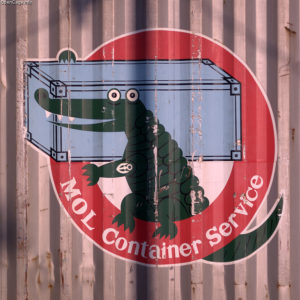
Mitsui O.S.K. Lines Ltd. is one of the largest container shipping companies in the world, and entered a consortium with Dubai Ports World.
As an Obama 2008 campaign bundler, Thummalapally raised between $100 thousand and $200 thousand for his college roommate’s presidential campaign.
President Obama appointed Thummalapally U.S. Ambassador to Belize.
President Obama created SelectUSA under Executive Order 13577 and placed it inside the Commerce Department. SelectUSA is supposed to attract foreign investment and manufacturing jobs, but President Obama is using it as a conduit for the redistribution of America to foreign interests.
President Obama then appointed Ambassador Thummalapally as Director of SelectUSA.
Congress recently introduced a bill that would have prevented SelectUSA from bringing in companies owned by foreign governments.
Andrew Levine of Forbes interviewed Thummalapally in 2014.
Levine: If you look at the US as the product, what are the barriers to success? If you were to do a perception study of how the U.S. is perceived by prospective investors, what are the negatives?
Thummalapally: The one single concern or issue that pops up in investors’ minds is the process of acquiring a visa – whether a business visa or an investment visa to come to the United States. Here is the irony. I don’t know of another country that is more inviting than the United States of America. I am speaking from personal experience.
Levine: You are an Indian-American, someone who is foreign born. In the kind of senior position you’re in, that’s a little unusual.
Thummalapally: Yes, it’s unusual. I actually think it’s an advantage. I feel comfortable when people are telling me their experiences or their ideas, or asking questions. I don’t have a very difficult time putting myself in their shoes. It’s very important in order to understand the person’s situation and their question intimately. My kind of mixed cultural background comes to my aid. And it’s not just limited to India. I have worked for a Japanese company for 13 years. I worked for a European firm before that.
Levine: Is that one of the reasons you think you were chosen by the Obama administration for this job?
Thummalapally: Gosh, I don’t know the answer.
Lana Zaki Nusseibeh – UAE ambassador to the UN
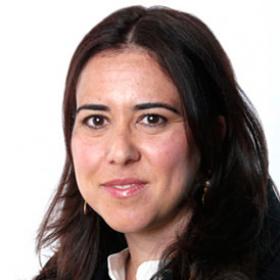
Also in attendance at the Crescent/Gulftainer/GT USA terminal grand opening ceremony at Port Canaveral was Dr. Lana Zaki Nusseibeh, the UAE’s Ambassador to the United Nations.
Ambassador Nusseibeh was one of two UAE diplomats communicating through emails, which were later leaked to the New York Times, revealing that the UAE was shipping weapons to Libya in contravention to an international arms embargo. The two diplomats also reportedly schemed to hide those weapons shipments from the UN monitors.
In the emails, the Emirati diplomats frankly acknowledge their government was shipping arms to its Libyan allies in violation of the United Nations embargo — a policy they say is overseen at the “head of state level” — and they strategize about hiding the shipments from a United Nations monitoring panel. – Leaked Emirati Emails Could Threaten Peace Talks in Libya – New York Times, November 12, 2015
Former Deputy CIA Director Mike Morell told Fox News in 2015 that he “can’t talk about” whether the CIA was “tracking other people” moving weapons from Libya to Syria.
The Jafars’ connection to Iran and the Iran nuclear deal: Siamek Namazi
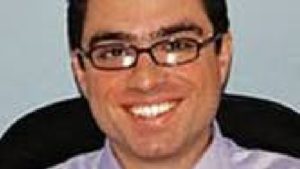
Iranian-American Siamak Namazi is the former Crescent Petroleum Head of Strategic Planning.
Namazi held his position with Crescent throughout the period of time the secret Project Pelican negotiations were underway, until his passport was confiscated in Tehran around November 2015.
Namazi was arrested in Iran in October 2015, according to Reuters. “Crescent said in a statement that Mr. Namazi ‘was no longer an employee of the company at the time of his reported detention'” reports the New York Times.
NIAC, the Iranian regime, and the U.S. State Department allege that Namazi and his father are being held in an Iranian prison.
Namazi is a former Iranian government official who served in the theocratic Islamic Republic’s Ministry of Housing and Urban Planning in Tehran.
Sources have reported that Namazi and Trita Parsi helped found the National Iranian American Council (NIAC), Tehran’s Washington D.C. lobbying wing. NIAC works closely with the State Department, the CIA and the White House.
The exact nature of Namazi’s connection to NIAC remains the subject of intense scrutiny.
The Daily Beast characterized the Namazi family as the “intellectual architects of NIAC.”
Namazi has also been called ” an instrumental puppet-master of the Iran nuclear deal, working behind the scenes with the Obama White House.”
Ploughshares also provided over $280,000 to the National Iranian American Council (NIAC) for its work supporting the Iran deal, some of which went directly towards sending NIAC staff to the nuclear negotiations in Vienna. NIAC was accused of engaging in lobbying efforts on behalf of the Islamic Republic around 2007, which led to the organization’s president Trita Parsi bringing suit against journalist Hassan Daioleslam for defamation. Parsi eventually lost the protracted legal battle. – “Revealed: Iran Deal Propaganda Money Made Its Way All Around Washington” – The Daily Caller – May 22, 2016
Valerie Plame Wilson and former Secretary of Defense Chuck Hagel have worked with the Ploughshares Fund to disarm U.S. nuclear forces. The Ploughshares Fund is supported by the George Soros Open Society Institute.
Deal Timeline
The timeline presented here demonstrates that the surprise deal that would become known as “Project Pelican” is the product of efforts that began years earlier.
The first UAE company to attempt a takeover of American ports was Dubai Ports World in 2006.
Gulftainer made a failed takeover attempt at Port Jacksonville, Florida in 2012. Like Port Canaveral, Port Jacksonville is located near sensitive military installations.
After Gulftainer’s doomed Port Jacksonville deal fell apart in 2012, secret Project Pelican negotiations were conducted during 2013 and 2014 with Port Canaveral CEO John E. Walsh at the helm.
December 17, 2009 – “123 Agreement” to provide nuclear materials and technical expertise to UAE goes into effect after push from President Obama – UAE reneges on promise not to enrich uranium
In 2009, President Obama pushed through the controversial U.S.- UAE “123 Agreement.” The 123 Agreement launched the UAE’s nuclear program and led to the construction of four brand new reactors at the UAE’s curiously-named Barakah Nuclear Power Plant. Henry Sokolski of the Nonproliferation Policy Education Center opposed the U.S. – UAE 123 Agreement, telling CNN that “once this thing gets signed, it’s a loaded gun. You can’t renegotiate it.” The U.S. – UAE’s 123 Agreement was strongly criticized by members of Congress.
Four months after the Port Canaveral ceremony Ambassador al-Otaiba phoned U.S. Rep. Ed Royce (R-CA), Chairman of the House Armed Service Committee, to inform him that, in light of Joint Comprehensive Plan of Action (commonly known as the Iran nuclear deal), the UAE “no longer felt bound” by the 123 Agreement’s prohibition on the UAE enriching uranium.
July 1, 2010 – NASA Administrator Charles Bolden: foremost goal is to “reach out to the Muslim world”
NASA Administrator Charles Bolden sustained a barrage of criticism after he told Al Jazeera that President Obama had tasked the space agency with a new mission: Muslim outreach.
April 26, 2011 – President Obama met with Abu Dhabi Crown Prince at the White House
President Obama met with Abu Dhabi Crown Prince Sheik Mohammed bin Zayed Al Nahyan at the White House. Crown Prince Al Nahyan is also the Deputy Supreme Commander of the UAE Armed Forces, “the most powerful army you’ve never heard of.”
Crown Prince Al Nahyan has close ties to Vladimir Putin and the two leaders have mutual interests in Syria. In March, 2016 “Putin hailed ties with the United Arab Emirates, adding that Moscow was willing to expand them” according to AP.
June 9, 2011 – Secretary of State Hillary Clinton traveled with Huma Abedin and Cheryl Mills to UAE – met with Crown Prince
Secretary of State Hillary Clinton, Huma Abedin, Cheryl Mills, and Douglas C. Greene, Chargé d’Affaires at the U.S. Embassy in Abu Dhabi, met with Abu Dhabi Crown Prince Sheik Mohammed bin Zayed Al Nahyan, Deputy Supreme Commander of the UAE Armed Forces.
June 15, 2011 – President Obama signed Executive Order 13577 establishing SelectUSA
President Obama signed Executive Order 13577 on June 15, 2011, establishing SelectUSA within the U.S. Department of Commerce.
President Obama appointed his former foreign-student college roommate Vinai Thummalapally as Director of SelectUSA.
June 1, 2012 Gulftainer failed to take over Port of Jacksonville near Marine Corp base and Naval Submarine Base Kings Bay
Gulftainer attempted in 2012 to “take over” the Port of Jacksonville (JAXPORT), home of Marine Corp Support Facility Blount Island, a logistics base that supplies equipment to U.S. troops deployed to the Middle East. JAXPORT is located only 31 miles from U.S. Naval Submarine Base Kings Bay, home of the Atlantic Fleet.
JAXPORT turned down the $250 million deal proposed by Gulftainer.
May 28, 2013 – Hillary Clinton emailed classified data from her private server regarding UAE nuclear agreement
On August 31, 2016, it was revealed that Hillary Clinton, four months after leaving the State Department, sent classified information from her private server to Cheryl Mills, Huma Abedin, and others in the Clinton cadre in an email that reads “Remember how after US signed 123 deal w UAE and we were in Abu Daibi and [remainder of message REDACTED].”

September 30, 2013 – “Sharjah Roadshow” travels to Washington D.C. and New York City
A large delegation of UAE officials from the Emirate of Sharjah traveled to Washington D.C. and New York City. Sharjah officials marketed the trip as the Sharjah Roadshow. The roadshow was presumably aimed at attracting U.S. investment in the UAE but doubled as a U.S. port shopping trip for Gulftainer and His Highness Sheikh Sultan Al Qassimi, the Ruler of Sharjah.
November 4, 2013 – Exploration Tower opens at Port Canaveral
Port Canaveral’s Exploration Tower opened in November 2013. The structure closely resembles Dubai’s Burj Al Arab hotel.
The Port Canaveral Welcome Center and museum inside of Exploration Tower was designed by British firm Haley Sharpe Design (HSD), before Wash was promoted to Interim CEO. HSD has designed many projects in the UAE, including the Dubai Maritime Museum, the Museum of Islamic Civilization in Sharjah, the Natural History Museum, Sharjah, the Sharjah Aquarium, and the Sharjah Archaeology Museum.
https://www.youtube.com/watch?v=9b9TGRp_XvA
December 15, 2013 – Gulftainer Managing Director Peter Richards told Emirati newspaper “We’ve been given a green light” – American people still in the dark
On December 15, 2013, six months before Port Canaveral’s June 23, 2014 Project Pelican announcement, Gulftainer Managing Director Peter Richards leaked to the UAE government-owned newspaper The National “We’ve been given a green light. We’ve been looking at two locations in the US, but will choose one.”
Richards declined to name the port on the “East coast of America,” adding that “discussions with American ports operators had been handled ‘very carefully.’”
The Emerati people, therefore, learned in advance that Gulftainer was taking over a port in the United States. The American people remained in the dark, by design.
January 2014 – Jack Lew, John Kerry, Majid Jafar and Badr Jafar attended DAVOS Conference, Badr Jafar said Gulftainer will “own and operate a US port”
Badr Jafar, Majid Jafar, Secretary of State John Kerry, and Treasury Secretary Jacob “Jack” Lew all attended the 2014 World Economic Forum in Davos, Switzerland.
Six months before Congress and the American people learned via media reports about ‘Project Pelican’, Crescent Enterprises CEO Badr Jafar bragged to a CNBC reporter during the 2014 Davos confernce about how Crescent’s Gulftainer unit was soon going to be “owning and operating” a port “on the East Coast of America.”
March 5, 2014 – Israel Defense Force (IDF) raided the Klos-C shipping weapons from Iran through Port Umm Qasr
Israel Defense Forces (IDF) intercepted the Panamanian-flagged cargo ship KLOS-C in the Red Sea on March 5, 2014 during “Operation Full Disclosure.” The freighter was smuggling heavy rockets, Kalashnikovs, and other weapons.
The shipment originated in Damascus, Syria. The weapons were concealed inside shipping containers of cement and loaded aboard the KLOS-C at an Iranian port. The ship sailed on to Port Umm Qasr where Gultainer operates several container terminals. At Umm Qasr more cement was added to further conceal the weapons before the ship departed for Sudan. IDF commandos captured the freighter before the weapons reached their final destination of Gaza.
March 9, 2014 – Penny Pritzker led Commerce Department delegation to UAE
Secretary of Commerce Pennty Pritzker led a U.S. delegation on a trade mission to the UAE around March 9, 2014, three months before Project Pelican was announced to the American people.
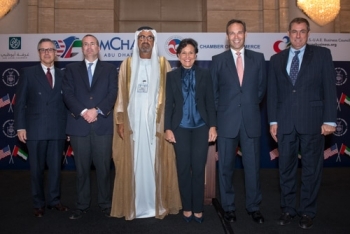
Three months before Pritzker’s trip, Gulftainer Managing Director Peter Richards had already alerted a UAE newspaper that Gulftainer had been “given a green light” to open a container terminal on the “East Coast of America.”
March 15 – 17, 2014 – Bill Clinton met with Majid Jafar in Dubai during Project Pelican negotiations
Crescent Group Vice-Chairman Majid Jafar met with former President Bill Clinton and other global leaders, including the Director-General of UNESCO , at the Global Education and Skills Forum, held in Dubai from March 15-17, 2014.
Majid Jafar co-Chairs, alongside former President Clinton, Business Backs Education, a UNESCO-run global educational campaign. The campaign is funded by the Varkey GEMS foundation, a contributor to the Clinton Global Initiative.
A group photograph taken during the forum provides evidence that Majid Jafar physically stood next to former President Clinton at a time when Gulftainer was secretly seeking to establish operations at Port Canaveral.
May 14, 2014 – Canaveral Port Authority Board of Commissioners unanimously approved Gulftainer lease deal
Port Canaveral officials unanimously approved granting a container terminal lease to an unnamed foreign company during the May 14, 2014 Canaveral Port Authority Board of Directors meeting. The identity of this “foreign company” was kept secret from Florida residents, the American public, and members of Congress for another 40 days.
It remains unclear if the board members knew the identity of the company at the time they approved the Port Canaveral lease.
May 25, 2014 – Bill Clinton gave commencement speech at NYU Abu Dhabi
Former President Bill Clinton gave the commencement speech at NYU Abu Dhabi amid controversy that the campus was built by migrants working in slave labor conditions.
June 23, 2014 – Secret Project Pelican deal was publicly announced on the day of the signing ceremony
Project Pelican was officially announced on the day of the Port Canaveral signing ceremony. Badr Jafar, Majid Jafar’s brother and also a nephew of Saddam’s WMD scientist Dr. Jafar Dhia Jafar, had already flown in with his delegation from the UAE. Badr Jafar is the CEO Crescent Enterprises, a division of his Iraqi father’s Crescent Group.
Port Canaveral CEO John E. Walsh publicly apologized to Gulftainer executives for the “bad attitude” of American citizens who were opposed to the secret Project Pelican deal.
August 8, 2014 – Penny Pritzker traveled to Port Canaveral
U.S. Secretary of Commerce Penny Pritzker and other Obama Administration officials traveled to Port Canaveral to meet with Canaveral Port Authority CEO John Walsh and other Florida port officials to discuss the Import/Export bank.
December 10, 2014 – Vinai Thummalapally traveled to Dubai
In December 2014 SelectUSA Director Thummalapally traveled to Dubai to meet with Indian businessman Lalu Samuel. Members of the Indian Business and Professional Council in Dubai were invited to the event. Thummalapally and Barack Obama were college roommates.
June 12, 2015 – Gulftainer’s Port Canaveral terminal opening ceremony
Canaveral Port Authority CEO John Walsh, Crescent Enterprises CEO Badr Jafar, Obama’s college roommate SelectUSA Director Vinai Thummalapally, and UAE’s UN Ambassador Lana Nusseibeh attended the opening ceremony at Gulftainer’s new Port Canaveral cargo container terminal.
Port Canaveral officials buried internal documents about UAE’s Sharia law, executions, amputations, stoning and crucifixions, then took luxury trip to UAE to sign “Sister Ports” agreement
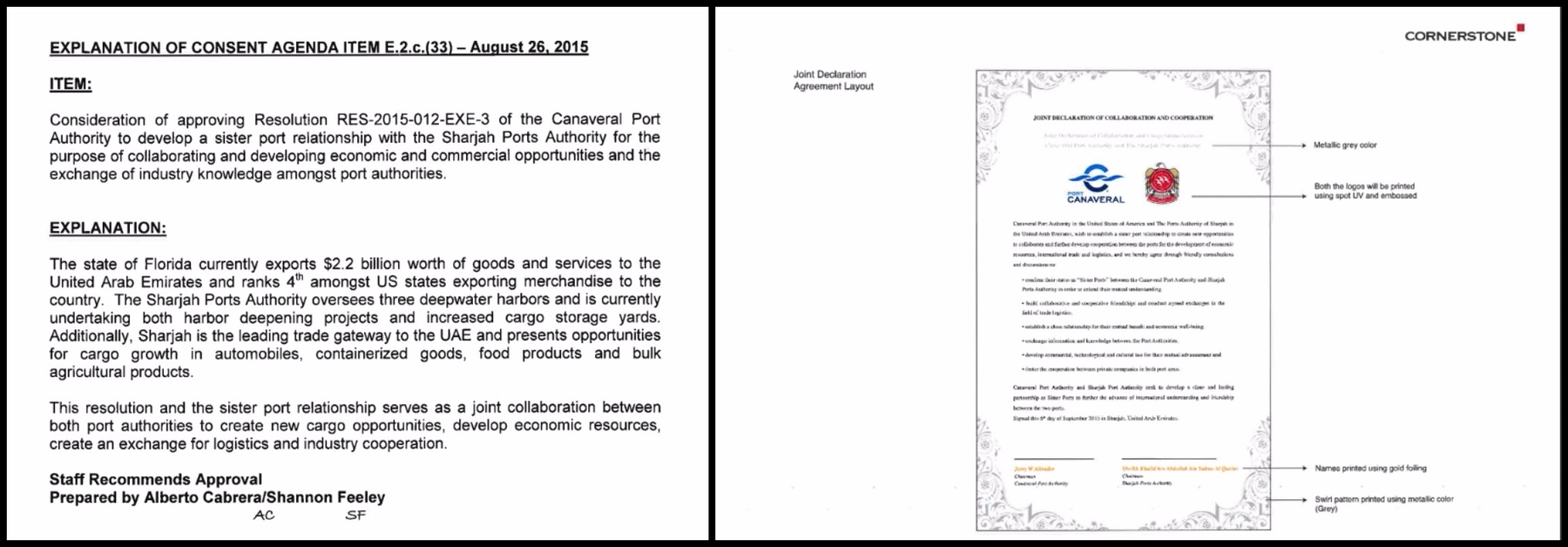
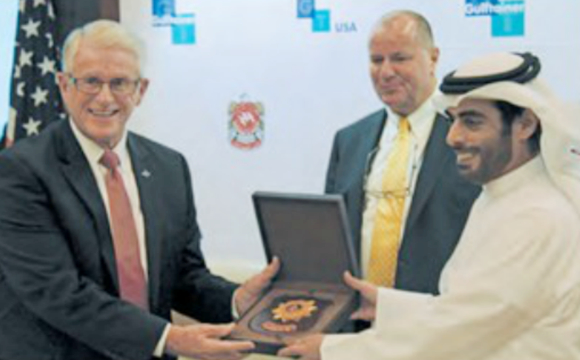
Port Canaveral and the Port of Sharjah signed a “Sister Ports” “Joint Declaration of Collaboration and Cooperation” on October 6, 2015. The agreement was struck while Walsh was still CEO.
Canaveral Port Authority internal documents were obtained under the Florida Sunshine Law specifically relating to the 2015 “Sister Ports” agreement. Contained within a computer data folder called “DO not use” was a Microsoft Word file called “law.docx.”
When the file is opened in Microsoft Word, a two-page document opens with the heading “U.A.E. Trade Mission.”
Port Canaveral’s own internal document is a catalog of barbaric U.A.E. Sharia laws and punishments: flogging, stoning, apostasy (punishable by death), amputation, crucifixion, torture, “disappearance,” and electrocution.
EXECUTIVE SUMMARY
A guide to the findings of this year-long investigation. Following the Executive Summary, this report expands into far greater detail.
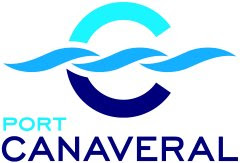
I. Port Canaveral/Critical Infrastructure
Project Pelican handed over Port Canaveral’s cargo container operations to Crescent/Gulftainer/GTUSA and Iraq’s Jafar family. The container terminal is surrounded by national security installations and critical infrastructure:
• NASA Kennedy Space Center and Visitor Complex
• Military Sealift Command (MSC) Port Canaveral
• U.S. Naval Facility Port Canaveral (Trident Turning Basin) servicing US Naval Submarine Fleet and NATO submarines
• Cape Canaveral Air Force Station
• U.S. Coast Guard Station Port Canaveral
• Patrick Air Force Base
• USNS Waters (T-AGS 45) U.S. Navy vessel tasked with supporting submarine navigation-system testing and providing ballistic missile flight test support services
• U.S. Navy submarine acoustic signature research programs, producing America’s most sensitive classified data
• Classified X-37B Air Force space plane launch pad and support
• National Reconnaissance Office (NRO) spy satellite programs for CIA and other military and intelligence agencies
• Department of Defense/Boeing military GPS satellite programs
• SpaceX resupply missions for the International Space Station
• SpaceX Falcon 9 rocket launch and recovery
• NASA Orion deep space capsule project and test launches
• United Launch Alliance Delta IV Heavy Rocket
• United Launch Alliance Atlas V Rocket
• Lockheed Martin Fleet Ballistic Missile Eastern Ranger Operations
• Air Force Technical Applications Center (AFTAC) – Seismic, hydroacoustic, and satellite monitoring of nuclear treaty signatory nations
• Air Force Space Command/45th Space Wing
• Air Force 920th Rescue Wing (Combat Search and Rescue)
• Craig Technologies Aerospace and Defense Manufacturing Center
• Naval Criminal Investigative Service (NCIS)
• U.S. Department of Homeland Security – Customs and Border Protection
• Fuel Terminal Seaport Canaveral: Three million barrel capacity, Gasoline, Diesel, Jet Fuel
• Fuel pipeline connecting Fuel Terminal Seaport Canaveral to Orlando International Airport
• Second busiest cruise ship port in the world: Disney, Norwegian, Royal Caribbean International, and Carnival cruise lines
II. The Players
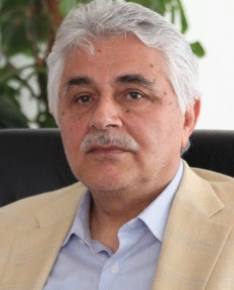
Dr. Jafar Dhia Jafar
• Brother of Hamid Jafar, Chairman of The Crescent Group
• Iraqi Shiite and Baathist nationalist – fellow Baathist of Saddam Hussein
• Jafar’s family owned the property on which Saddam Hussein’s presidential palace was built
• Saddam Hussein’s top nuclear physicist, rebuilt Iraq’s nuclear weapons program. This program was code-named Petrochemical 3 (PC-3) and required 20,000 employees, 7,000 of which were scientists and engineers
• Saudi Arabia funneled at least $5 billion into Saddam’s nuclear weapons program via Gulf and Swiss banks according to classifed CIA, NSA, and DIA reports – PBS Frontline Documentary – Overall cost of Iraq’s nuclear program was approximately $10 billion
• Psychological profile: Reportedly treated for “severe depression” with the controversial cannabinoid cannabidiol. Holds a grudge against Israel for bombing the Osirak reactor in Baghdad 1981, which he considered an “act of war.” Holds a grudge against the U.S. for using B-52s in 1991 to carpet bomb Jafar’s Tarmiya uranium enrichment facility, known to Iraqis as the Safa factory. Privately espouses tactic of tricking Iraq’s enemies into believing Iraq’s nuclear capability has been destroyed and then secretly moving forward with a nuclear bomb program. – A.J. Venter’s book Allah’s Bomb
• Dr. Jafar hid WMDs from UN UNSCOM weapons inspectors
• Successfully mastered the electromagnetic isotope separation (EMIS) method of uranium enrichment – a first-generation technology developed by the United States during the Manhattan Project to produce highly enriched uranium (HEU) for the “Little Boy” atomic bomb dropped on Hiroshima, Japan at the end of World War II
• Dr. Jafar built at two EMIS enrichment facilities in Iraq which required massive amounts of electricity to power Dr. Jafar’s “Baghdadtrons” – Iraq’s version of the calutron. It remains unknown if additional Iraqi EMIS enrichment facilities were built but never uncovered by UN UNSCOM inspectors
• Dr. Jafar’s team allegedly recovered the magnets and other salvageable equipment from the Tarmiya enrichment facility after it was carpet-bombed by U.S. B-52s during the Gulf War. Dr. Jafar’s magnets and other enrichment assets needed to be hidden and were tagged and loaded onto 150 tractor-trailer trucks and buried in the western desert by Saddam’s Special Security force according to Russ Hoyle’s book Going to War. The Iraqis later showed inspectors where the magnets were buried.
• The Iraqis buried electric power lines running from the power stations to Dr. Jafar’s EMIS enrichment facilities to decieve CIA analysts studying spy sattelite imagery. Fake power lines were strung up to make it appear that the electricity was being transmitted to civilian end-users according to John Diamond’s book The CIA and the Culture of Failure.
• Fled Iraq days before Baghdad fell during the 2003 U.S. invasion, Operation Iraqi Freedom
• Surrendered in “unnamed Arab country,” called “very, very significant” by U.S. official
• Secretary of Defense Rumsfeld on Jafar: “Very high on our priority list”
• Repeatedly interrogated by CIA, MI6
• During interrogation Dr. Jafar reportedly attempted to ellicit classified information from officials who were conducting those interviews
• Traveled with a team of scientists to the Soviet Union to study nuclear fission
• Espionage against the U.S.: Dispatched Iraqi scientist and intel agents to California to obtain sensitive documents
• Sensitve technology transfer from the U.S.: Dispatched Iraqi scientist and intel agents to Florida to obtain laser for uranium enrichment
• Intelligence Summit: Saddam Tapes capture Jafar talking WMDs, electric power plants with Saddam
• Saddam tapes: “We shouldn’t be surprised to see a car bomb with nuclear [material] explode [in] Washington, either germ or chemical,” Saddam tells aides. “So this is coming” – NBC
• Dr. Jafar’s URUK engineering firm is part of brother Hamid Jafar’s Crescent Group
• Dr. Jafar’s URUK has been building new power plants, fertilizer plants, and water treatment plants in Iraq since 2006
• URUK began construction in 2010 on a power plant in a rural outpost in the Sunni Triangle called Taji – formerly the location of Al-Taji airfield, a Republican Guard base, a tank factory, chemical weapons production (including VX for SCUD missiles), and nuclear weapons and missile production facilities, oxide aluminum factory (missile casings production), R&D for missile launchers, an engineering center for the nuclear weapons program, epoxy and fibreglass for missile casings. Taji was also the location of a biological weaponsgerm plant and the planned location for a centrifuge uranium enrichment facility. Coalition forces took over the base in 2003. Part of Camp Taji was turned over to the Iraqi government in 2010.
• Uncle to Majid and Badr Jafar of the Crescent Group
• Also known as Jaafar or Jaffar or al-Jafar
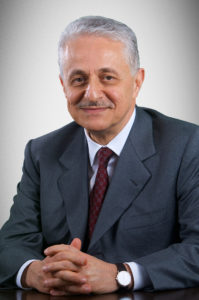
Hamid Dhia Jafar
• Brother of Dr. Jafar Dhia Jafar, who was Saddam Hussein’s WMD nuclear physicist
• Father of Badr Jafar, who is CEO of Crescent Enterprises
• Father of Majid Jafar, who is CEO of Crescent Petroleum (was investigated as Saddam front company)
• Founder of The Crescent Group, parent of Crescent Petroleum (investigated as Saddam front)
• Master’s degree in engineering (fluid mechanics and thermodynamics)
• “A trustworthy figure for the Iraqi Baathist regime” – Kurdish Blogger
• “Used every possible effort to hide his collaboration with Saddam’s regime while benefiting enormously from these deals”
• Attempted to buy 3,000 Petrofina FINA brand gas stations in the U.S. on behalf of Saddam
• Arranged financing and supervised building of aluminum smelting plant in Nassirija, Iraq for Ministry of Military Industrialization, and agreed to buy all aluminum output from that plant
• Aluminum from Hamid’s Nassirija plant was used to manufacture uranium enrichment centrifugesfor Saddam’s nuclear weapons program. Hamid’s brother Dr. Jafar was in charge of designing, building, and operating the centrifuges
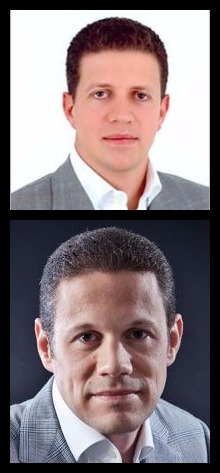
Majid Jafar
• Elder son of Hamid Jafar and brother of Badr Jafar
• Vice-Chairman of the Board of Crescent Group
• CEO of Crescent Petroleum (company investigated in 1993 as front company for Saddam)
• Co-Chairs Business Backs Education educational campaign with former President Bill Clinton
• Met with Bill Clinton in Dubai during Project Pelican negotiations
• Clinton-Jafar meeting took place three months before GT USA/Port Canaveral deal announced
• Business Backs Education run by UN’s UNESCO
• Business Backs Education funded by Varkey GEMS Foundation, a major Clinton Global Initiative donor
• GEMS is a UAE-based global education chain similar to Laureate International University, but targets K-12 students instead of college-age students
• Sunny Varkey, founder of GEMS Education, “never attended university himself” according to the New York Times
• Varkey GEMS Foundation paid Bill Clinton $5.6 million to serve as “Honorary Chairman”
• “Varkey GEMS Foundation helped to facilitate more than 2,300 commitments through the Clinton Global Initiative to date. Upon funding and implementation, these commitments will have a total value of over $70 billion” – Varkey GEMS Foundation
Badr Abelhameed Dhia Jafar
• Younger son of Hamid Jafar and brother of Majid Jafar
• Engineer and physicist, like his uncle Dr. Jafar. Masters degree in engineering with additional studies in astrophysics.
• CEO of Crescent Enterprises, the parent company of Gulftainer and GT USA
• Developed the Pearl Initiative in cooperation with the United Nations and launched the organization at UN headquarters
• January 2014 – Six months before the Gulftainer Port Canaveral deal was announced, Badr Jafar bragged to a CNBC reporter at Davos World Economic Forum (WEF) in Switzerland about Gulftainer’s still-very-secret deal: “Today we’re operating in countries such as Saudi Arabia and Kuwait and Russia and Brazil and Lebanon and Turkey and Pakistan, and an exciting entry and venture, soon, will be in the United States of America, owning and operating a port there…it’s on the East coast of America.” During the six month period following Jafar’s CNBC interview, the American public and Congress were left completely in the dark about UAE’s Gulftainer deal at Port Canaveral.
• Badr Jafar traveled to Florida for the official GT USA / Port Canaveral signing ceremony before Americans or Congress were told that the Project Pelican deal even existed

Crescent/Gulftainer/GT USA
• Crescent Petroleum was investigated by the Treasury Department Office of Foreign Assets Control (OFAC) and Congress as a “front company for Saddam Hussein”
• Crescent Group entered into a joint venture in 2013 with a division of Saudi Arabia’s Binladen Group, headed by Osama bin Laden‘s brother
• Saddam Hussein’s chief nuclear physicist Dr. Jafar Dhia Jafar is CEO of URUK Engineering and Contracting, part of the Crescent Group
• Gulftainer operates terminals in Iraq, Saudi Arabia, Pakistan, Turkey and Russia
• Crescent conducts business with Iran and ex-KGB agents Vladamir Putin and Igor Sechin (known as “Russia’s Darth Vader” and “the scariest person on earth”)
• An Iraqi media outlet reported a leak from Iraq General Ports Company whistle blowers accusing Gulftainer of shipping weapons to Iranian-backed militias in Iraq, including the Badr Brigades and Asaeib Ahl al-Haq (AAH), terrorist groups that had killed U.S. troops
• Gulftainer operates a terminal a Port Umm Qasr near Basra, Iraq. Russian-built cargo ship Klos-C loaded cement in Umm Qasr used to hide smuggled heavy rockets and other arms en-route from Iran to Gaza. Klos-C was intercepted by Israel Defense Forces (IDF) days later
• Israel declined to identify the terminal operator who loaded Klos-C in Iraq, and the U.N. report on the incident is “classified”
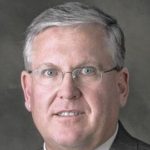
Port Canaveral CEO John Walsh, WatersMark Holdings
• Canaveral Port Authority CEO throughout Project Pelican negotiations and the signing of the lease
• Founder and Senior Partner, WatersMark Holdings
• Watersmark website was online by 2005
• WatersMark partner with Miguel Lausell, a Puerto Rican political operative who is a member of Clinton Global Initiative, a senior advisor to HillaryClinton‘s 2008 presidential campaign, and donor of $1 million to the Clinton Presidential Library
• Brent B. Woodson, WatersMark Founder and Senior Partner alongside Walsh, claims to have held limited power of attorney for the brother of the King of Saudi Arabia
• Sherif Fakhry Younes, WatersMark Member of the Board & General Counsel, Egyptian attorney, Director for UAE Federal Government, personal adviser to UAE Royal Family, Senior Vice President Middle East American Development Fund (MEAD), works closely with UN and World Bank
• Dr. Christopher K. Tucker, “Dark Horse” in 2008 running to become Obama’s Director of CIA, Founding Chief Strategic Officer of CIA‘s venture capital firm In-Q-Tel, Chairman of Midwest American Development Fund in Melbourne FL, works alongside Brent Woodson and Sherif Younes at Midwest, Midwest shares phone number with MEAD

Treasury Secretary Jacob “Jack” Lew
• Approved GT USA’s Port Canaveral Lease without conducting a CFIUS National Security Threat Analysis according to Orlando Sentinel
• January 2014 – Treasury Secretary Lew traveled to the Davos 2014 World Economic Forum in Switzerland. The global meeting was also attended by Crescent executives Majid andBadr Jafar. Badr Jafar bragged to a CNBC reporter at Davos about Gulftainer’s clandestine deal, still hidden from the American people: “Today we’re operating in countries such as Saudi Arabia and Kuwait and Russia and Brazil and Lebanon and Turkey and Pakistan, and an exciting entry and venture, soon, will be in the United States of America, owning and operating a port there…it’s on the East coast of America.” The American people and Congress were kept completely in the dark about UAE’s secret Gulftainer deal at Port Canaveral during the six month period following Jafar’s CNBC interview.
• 2013 Treasury Secretary
• 2012-2013 Obama White House Chief of Staff (during Benghazi, Libya terrorist attack)
• 2009-2010 Deputy Secretary of State under Hillary Clinton
• National Security Counsel member under President Bill Clinton and Sandy Berger
• 1993-1994 Special Assistant to President Bill Clinton
• Harvard University Honors Thesis stated “Communism at home and abroad became the target of exaggerated fears”
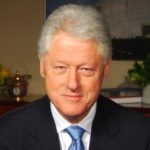
Former President Bill Clinton
• Three months before Gulftainer Port Canveral deal was announced, Clinton met in Dubai with Dr. Jafar’s nephew Majid Jafar, Vice-Chairman of Crescent Group and CEO of Crescent Petroleum
• Bill Clinton and Majid Jafar co-chair UNESCO-run Business Backs Education, funded by Varkey GEMS foundations
• Varkey GEMS paid Bill Clinton $5.6 to serve as “Honorary Chairman” – similar to Laureate Education, which paid Clinton $16.5 million to serve as “Honorary Chancellor”
• “Varkey GEMS Foundation helped to facilitate more than 2,300 commitments through the Clinton Global Initiative to date. Upon funding and implementation, these commitments will have a total value of over $70 billion” – Varkey GEMS Foundation
• Clinton personal attorney Cheryl Mills, NYU General Counsel, imported NYU to Abu Dhabi, UAE – Bill Clinton gave NYU AD Commencement Speech four weeks before Port Canaveral Gulftainer deal signed
• Photo: Nadhmi “Auchi with former US President Bill Clinton and VP Al Gore” – The Arab American News
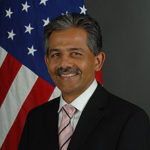
SelectUSA Director Vinai Kumar Thummalapally (Reddy)
• Attended GT USA terminal opening ceremony at Port Canaveral as Director of SelectUSA – June 2015
• Obama and Thummalapally were roommates during the summer of 1980, while Obama was enrolled at Occidental College
• Thummalapally was a BarackObama 2008 campaign bundler
• Traveled to Dubai, UAE – December 2014
• Traveled to Sharjah, UAE (city where Crescent/Gulftainer is headquartered) – February 2015
• Appointed Director of SelectUSA, position created by President Obama via Executive Order
• SelectUSA’s mission is to recruit foreign companies to establish operations inside the United States
• 2009 – Appointed Ambassador to Belize by Barack Obama – Belize is an emerging offshore banking haven
• Born in Hyderabad, India
• Thummalapally does not use his family name of Reddy, which is used by his siblings and parents
• Arrived in U.S. in 1974 as a foreign engineering student
• Thummalapally’s wife Barbara Nichols-Roy was born in India to an American mother and an Indian father, Stanley Nichols-Roy
• Thummalapally’s father-in-law Stanley Nichols-Roy was Secretary General of an Indian province and met his wife Helen Randolph at International House, University of California Berkeley
• Former President of Japanese-owned Mitsui Advanced Media America optical disc plant in Colorado Springs
• Mitsui Advanced Media America won over $1 million in contracts with Department of Defense, Department of Homeland Security, and Department of Justice
• Singapore-based Mitsui entered into a joint venture with UraniumOne in 2009
• Thummalapally is related to Garish Reddy, formerly a partner at Goldman Sachs and Goldman’s co-head of equity derivatives

Lana Zaki Nusseibeh – UAE Ambassador to the UN
• Attended GT USA terminal opening ceremony at Port Canaveral – June 2015
• UAE Ambassador to the United Nations
• Ensnared in Libya weapons shipments scandal
• Emails sent over the summer of 2015 between Nusseibeh and another UAE diplomat were leaked to the New York Times – Nusseibeh visited Port Canaveral in June of that summer
• Emails reveal that Nusseibeh and the other diplomat were discussing illegal weapons shipments to Libya which had been “overseen at the head of state level”
• Nusseibeh and the other diplomat also discussed the need to conceal those Libya weapons shipments from UN monitors
• In 2011 the Obama administration “urged the emirates to ship weapons to Libya that could not be traced to the United States” – New York Times
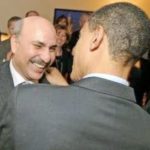
Obama’s associates from Chicago to Iraq and Syria: Antoin “Tony” Rezko, Aiham Alsammareae, Rod Blagojevich, and Nadhmi Auchi
• “Another close associate and friend of Obama convicted of corruption? Tony Rezko, a relationship the Obama campaign failed to fully explain in 2008 and refuses to explain now.” – Katie Pavlich – Town Hall
• Antoin “Tony” Rezko is a Syrian-American businessman
• “The friendship between the Obamas and Rezkos included occasional dinners and the Obamas once spending a day at the Rezkos’ Lake Geneva retreat. It began in about 1991, when Obama became the first black president of the Harvard Law Review and Rezko offered him a job building affordable homes with his Rezmar Corp. Though Obama declined, a friendship and political alliance began.” – Chicago Tribune
• “Eventually, Rezmar (Development Group – Rezco’s company) turned to a small, left wing law firm Davis Miner Barnhill & Galland to assist in the paperwork associated with government contracts and other real estate legalities. DMB & G employed a young lawyer named Barack Obama. . . The only problem was that Rezko didn’t care about maintaining the buildings…” – PJ Media
• Senator Obama visited Iraq in January 2006 and stated “We met with some of the officials that are in charge of reconstruction over there; and it’s clear that the basic structure of civil service – a non-corrupt, technocratic approach to solving problems and delivering services is not deeply imbedded there and has to be developed.” – Senator Obama Trip to Iraq Podcast – January 9, 2006
• Rezko’s company “Rezmar Development Group” and Rod Blagojevich tried to build power plant in Iraq and train Iraqi power plant security guards at an Illinois military base. The security guard company was called “Companion Security.” The $150 million dollar plant was to be built in Chachamal in Kurdistan Region, Iraq. The Rezko/Blagojevich/Alsamarae power plant was supposed to break ground in January 2006, which, coincidentally, was exactly when Obama visited Iraq and met with Iraqi reconstruction officials.
• “After he (Alsamarae) was arrested, a proposed $50-million contract for an Illinois-based private security guard enterprise called “Companion Security” turned up in Iraqi government court documents in connection with his theft of $650 million from the Coalition Provisional Authority established by the U.S and our allies between 2003 and 2006. Blago’s office and Illinois Homeland Security had offered to provide an Army depot in Savanna, Illinois as the training site.” – American Thinker
• Senator Obama was approached to set up senior contacts in Iraq for the power plant security guards
• “Messrs. Rezko and Auchi were introduced several years ago by a mutual acquaintance in London. They teamed up recently on a $150 million contract to build a power plant in Iraq.” – Crain’s Chicago Business
• “Alsammarae did not answer the Sun-Times’ questions about an Iraqi power-plant contract that is of interest to U.S. authorities in Chicago. That deal, which no longer is in effect, included recently indicted Wilmette businessman Antoin “Tony” Rezko, a former top fund-raiser for Gov. Blagojevich. It happened under Alsammarae’s watch as Iraq’s electricity chief. Federal authorities here want to learn more about the deal because Rezko and Alsammarae know each other, and each has been accused of corruption, a source familiar with the investigation told the Sun-Times earlier this month. Alsammarae and Rezko attended the Illinois Institute of Technology together in the late 1970s and early 1980s. – Chicago Sun-Times
• “But if Rezko had no money to build or finance the Chamchamal Power Project, how could he convince the Iraqi government to give him a letter of credit and where would the “other financing” come from? Subsequent events suggest the letter of credit would be arranged by another local connection, a Chicago Iraqi-American named Aiham Alsammarae, who is a one-time classmate of Tony Rezko and had been appointed as Iraq’s Minister of Electricity by L. Paul Bremer in July 2003. With Alsammarae at the head of the ministry, a letter of credit was possible. The money (“other financing”) would likely come from Nahdmi Auchi, who according to theTimes Online, practically owned Tony Rezko.” – PJ Media
• After the Rezko/Blagojevich/Alsamarae power plant deal in Chachamal fell apart, another power plant was built in Chachamal powered by a gas pipeline from the Jafar family’s Dana Gas/Crescent and equipped with technology from Siemens, a German company that settled SEC charges of paying Iraqi ministry kickbacks in pursuit of electric power station deals as part of the UN Iraq Oil-for-Food program – Wikileaks
• Rezko loaned Obama money to purchase his Chicago mansion; Obama called the move “boneheaded” but others called it corruption
• “Antoin “Tony” Rezko, a past fundraiser for former Gov. Rod Blagojevich…worked as a fundraiser for President Barack Obama prior to his election to the White House.” – NBC Chicago
• “Prosecution witness testified that Obama attended a 2004 party at Rezko’s mansion for Nadhmi Auchi, an Iraqi tycoon who was later banned from the United States due to a fraud conviction in France.” – Newsweek
• “Rezko later sought to enlist unnamed “Illinois government officials” for help lobbying the Feds to allow Auchi back into the country.” – Newsweek
• “Dem presidential contender Barack Obama’s handlers may be telling the press Obama has NO ‘recollection’ of a 2004 party at influence peddler Tony Rezko’s Wilmette house, but a top Sneed source claims Obama not only gave Rezko’s guest of honor, Iraqi billionaire Nadhmi Auchi, a big welcome . . . but he made a few toasts!” – Michael Sneed – Chicago Sun-Times via RNC
• “Banque Paribas, headquartered in Paris, with a significant portion of shares owned by Saddam’s cousin Nadhmi Auchi, moved money for the Al-Mahdi network in the 1980s and was the bank chosen to handle the Iraqi oil-for-food payments.” – UPI
• “Saddam became convinced that some of its operatives were stealing Iraqi government money. The two (Mediterranean Enterprise for Development and Projects (MEDP)) founders, Mahdi and Ali, were reportedly summoned to Baghdad in 1986, questioned about their financial activities and then executed; a Baghdad contact named Nazir Auchi also was killed. But many of the Iraqi arms dealers and financial operatives in Europe survived.” – Washington Post
• “MEDP’s subsidiary in Baghdad was chaired by Nazir Auchi, Nadhmi’s brother.” – UPI
• “Iraqi government officials in Baghdad speak bluntly of Mr. Auchi as a “Saddam guy,” and as a member of the Baathist gang who have beggared Iraq for 50 years” – Human Events
• “The FBI is conducting a preliminary inquiry into whether a businessman linked to Saddam Hussein’s regime bribed U.S. and Iraqi officials to fix bids for Iraqi cell-phone contracts worth hundreds of millions of dollars…The inquiry, referred to the FBI by the Pentagon inspector general earlier this month, focuses on Nadhmi Auchi…It reflects the hijacking of the entire Iraqi communications system and everything that that implies by a central figure of the previous regime” – Washington Times
• “Banque Paribas, headquartered in Paris, with a significant portion of shares owned by Saddam’s cousin Nadhmi Auchi, moved money for the Al-Mahdi network in the 1980s and was the bank chosen to handle the Iraqi oil-for-food payments.” – UPI
• Nadhmi Auchi “was barred from entering the United States in 2005” – Norman Lamb, MP – UK Parliament Debate
• Rezko found guilty on 16 out of 24 charges related to corruption, sentenced to prison, recently released
• “In 2008 Judicial Watch got documents linking Valerie Jarrett, who also served as co-chairman of Obama’s presidential transition team, to a series of real estate scandals, including several housing projects operated by convicted felon and Obama fundraiser/friend Antoin “Tony” Rezko.” – Judicial Watch
• Rezko and Rod Blagojevich tried to build power plant in Iraq and train plant security guards in US
• Rezko knew Iraqi Minister of Electricity Alsammareae since the two were foreign students together at Illinois Institute of Technology
• Alsammareae was Iraq Minister of Electricity from 2003-2005, was locked up in a Green Zone police station on corruption charges, then pulled off an escape. He later boasted to the New York Times that he “fled Iraqi prison ‘the Chicago Way'”
• Alsammareae claims that an SUV picked him after after his escape from detention and that a private jet was waiting for him at the airport.
• A CNN report that appears to have been scrubbed from CNN.com but was reposted at the Daily Kos reported that “(Ayham al-Sammarae) escaped from a Baghdad jail Sunday with the help of Western gunmen…(who were) members of a non-Iraqi security company al-Sammarae had hired to protect him before his arrest…The charges all concern an estimated $2 billion in missing funds for contracts on rebuilding the country’s electrical infrastructure, AP said”
• “Mr. Alsammarae was stopped at the Baghdad airport, where he was attempting to leave the country with a Chinese passport.” Alsammarae is wanted by INTERPOL due to an in absentia conviction in Iraq, where he faces 21 years in prison.
Sen. Barack Obama’s office engaged in six months of negotiations with a company controlled by convicted criminal Tony Rezko to lobby the U.S. government to push through a nixed $50 million contact to train Iraqi security personnel at a site in Chicago…Alsammarae also awarded another Rezko-controlled operation as part of a $150 million contract to construct a 250-megawatt electricity plant in Iraq…Alsammarae and Rezko had been friends for nearly 30 years, since the two were classmates at the Illinois Institute of Technology…American political insiders suggest Alsammarae received major insider help in securing his U.S.-brokered Iraqi government position. Unconfirmed reports point to Alsammarae’s previous Baathist background as being a factor in his elevated status in post-Saddam Iraq…Alammarae was accused in a federal filing during the Rezko federal corruption trial of being the recipient of a $1 million bribe from Rezko to deliver the original Companion deal…Alsammarae was the only cabinet-level Iraqi official to be convicted and jailed for misusing money during his time in office. – “Obama tied to Iraqi government fraud?” – Aaron Klein – WND – July 30, 2008
Interestingly, Obama associate Alsammarae shares the last part of his name with the head of ISIS Abu Bakr al-Baghdadi,” the most notorious terrorist leader since Osama Bin Laden.” Newsweek reports that al-Bagdadi’s birth name is Awwad Ibrahim Ali al-Badri al-Samarra, indicating that he is from the northern-Iraqi town of Samarra.
Additional resources and references
Documentary: Inside Saddam Hussein’s Reign of Terror
Documentary: Operation Opera – Israel Airstrike on Iraq Nuclear Reactor 1981
Documentary: Submarines – Sharks of Steel – The Hidden Threat (Discovery Channel)
https://www.youtube.com/watch?v=f9aYufmHSRo
